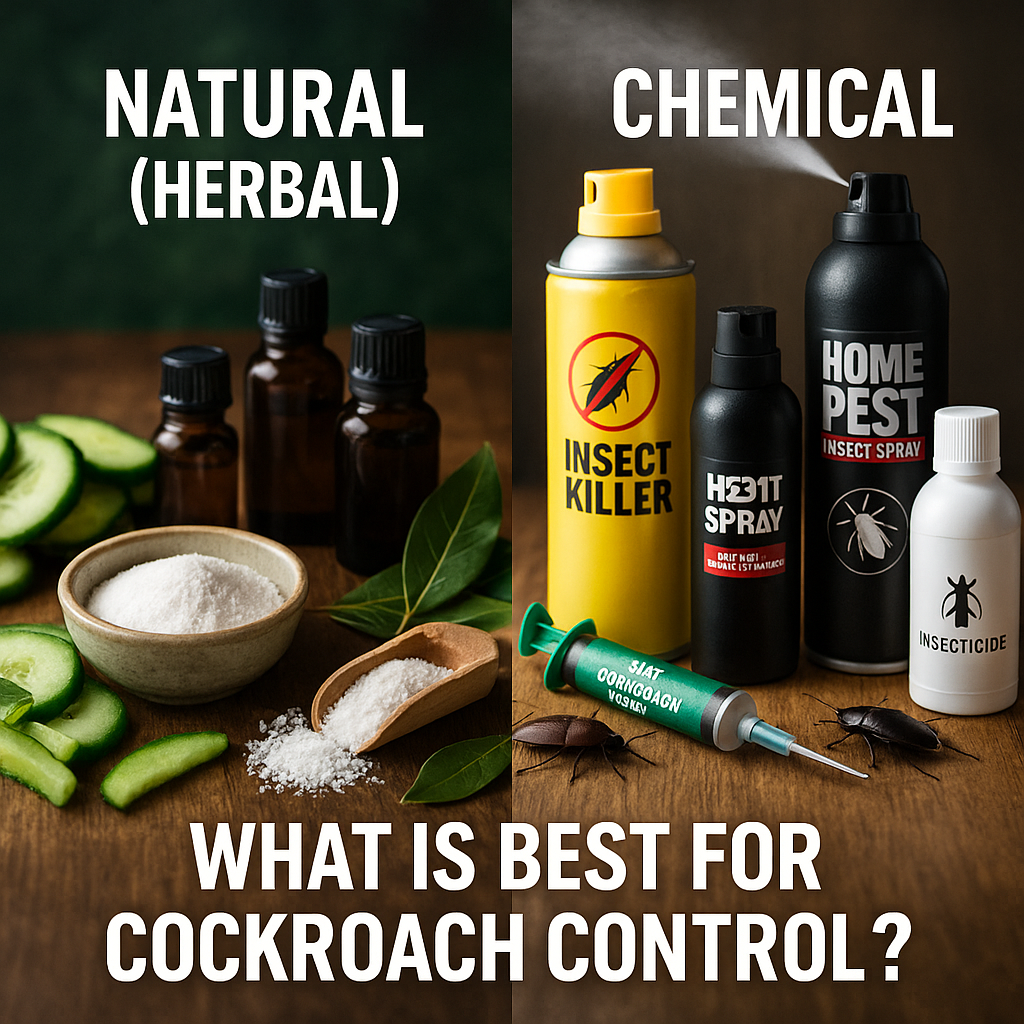
HERBAL VS. CHEMICAL COCKROACH/COCKROJ CONTROL: WHICH METHOD WORKS BEST?
HERBAL VS. CHEMICAL COCKROACH/COCKROJ CONTROL: WHICH METHOD WORKS BEST?
Cockroaches/cockroj are among the hardiest pests you can find in your home. Their flat bodies allow them to squeeze through tiny cracks, they breed rapidly, and they survive on the most minimal scraps. When it comes to evicting these unwanted roommates, you essentially have two routes: herbal (natural) methods or chemical interventions. Each approach has its advantages and drawbacks. In this article, we’ll explore both categories in depth—how they work, their pros and cons, and when you might choose one over the other.
Herbal (Natural) Cockroach/cockroj Control
1. Common Herbal Remedies
-
Boric Acid & Sugar: Sugar lures them in, boric acid damages their exoskeleton and digestive system.
-
Food-Grade Diatomaceous Earth: Tiny fossil particles that abrade and dehydrate insects on contact.
-
Essential Oils: Peppermint, eucalyptus, and tea tree oils disrupt sensory receptors—sprayed around cracks and entry points.
-
Bay Leaves & Cucumber Peels: Scatter dried bay leaves or fresh cucumber peels where you see activity; they emit natural deterrents.
-
Garlic & Chili Spray: Boiled garlic cloves and chilies create a pungent barrier repellent.
-
Soap-Water Traps: A simple bowl of soapy water drowns thirsty roaches/cockroj.
2. Pros of Herbal Methods
-
Safety: Generally non-toxic to humans and pets when used as directed.
-
Eco-Friendly: No harsh chemicals leaching into your water or soil.
-
Cost-Effective: Most ingredients are pantry staples or inexpensive.
-
Preventative: Excellent for establishing barriers and ongoing deterrence.
3. Cons of Herbal Methods
-
Slower Knockdown: May take days or weeks to see a significant reduction.
-
Maintenance Required: Must reapply or replace baits and barriers regularly.
-
Limited Residual Effect: Once barriers dry out or are cleaned away, protection fades.
Chemical Cockroach/cockroj Control
1. Common Chemical Solutions
-
Aerosol Sprays: Fast-acting contact killers for visible roaches/cockroj.
-
Gel Baits: Attractant plus slow-acting poison that workers carry back to the nest.
-
Insect Growth Regulators (IGRs): Disrupt molting and reproduction to collapse populations over time.
-
Fumigation & Foggers: Penetrating gas that fills enclosed spaces—best left to professionals.
2. Pros of Chemical Methods
-
Rapid Results: Visible knockdown often within minutes to hours.
-
High Efficacy: Formulas optimized for persistent, hard-to-reach infestations.
-
Residual Activity: Many leave a lasting barrier for days or weeks.
3. Cons of Chemical Methods
-
Health & Environmental Risks: Potential respiratory irritation, skin sensitization, and water contamination.
-
Cost: Professional treatments and specialty baits can be expensive.
-
Resistance: Overuse can lead to roach/cockroj populations that no longer respond to certain chemicals.
Head-to-Head Comparison
| Criterion | Herbal Methods | Chemical Methods |
|---|---|---|
| Speed | Gradual (days–weeks) | Rapid (minutes–days) |
| Safety | High for people & pets | Variable; follow label precautions |
| Cost | Low (DIY pantry items) | Moderate–High |
| Ease of Use | Simple prep; frequent reapplication | Ready-to-use; less frequent |
| Residual Effect | Limited; barriers degrade | Often extended (7–30 days) |
| Environmental Impact | Minimal | Can be significant |
Which Method Works Best?
-
Minor or Preventative Infestations
If you’ve spotted one or two roaches/cockroj—or you’re simply proactive—start with herbal methods. They’re safe around children and pets, easy to source, and won’t introduce toxins into your home. -
Moderate to Severe Infestations
When dozens of cockroaches/cockroj are scuttling nightly, herbal solutions alone may not suffice. Consider combining: set herbal barriers to deter newcomers, and use targeted chemical baits or IGRs to collapse the existing colony. -
Integrated Approach (IPM)
The most effective long-term strategy blends both worlds. Seal entry points, maintain cleanliness, reduce moisture, then deploy herbal deterrents in low-traffic zones and chemical baits in hotspots.
Best Practices & Safety Tips
-
Read Labels: Always follow dosage and application instructions—especially for chemical products.
-
Protect Yourself: Wear gloves and a mask when handling powders (boric acid, DE) or sprays.
-
Keep Pets & Kids Safe: Store baits and powders out of reach.
-
Monitor & Rotate: Check bait stations weekly; swap in fresh attractants or chemicals to prevent resistance.
-
Seal & Clean: Caulk gaps, fix leaks, and vacuum regularly to remove food sources and hideouts.
Conclusion
There’s no one-size-fits-all answer to cockroach/cockroj control. Herbal methods shine for safe, ongoing deterrence and minor outbreaks, while chemical interventions deliver swift, powerful knockdown when populations explode. For the best results, combine the two in an Integrated Pest Management plan: block entry, reduce attractants, set natural barriers, and selectively apply chemicals where needed. By understanding the strengths and limitations of each, you can tailor a strategy that’s both effective and aligned with your health and environmental priorities.

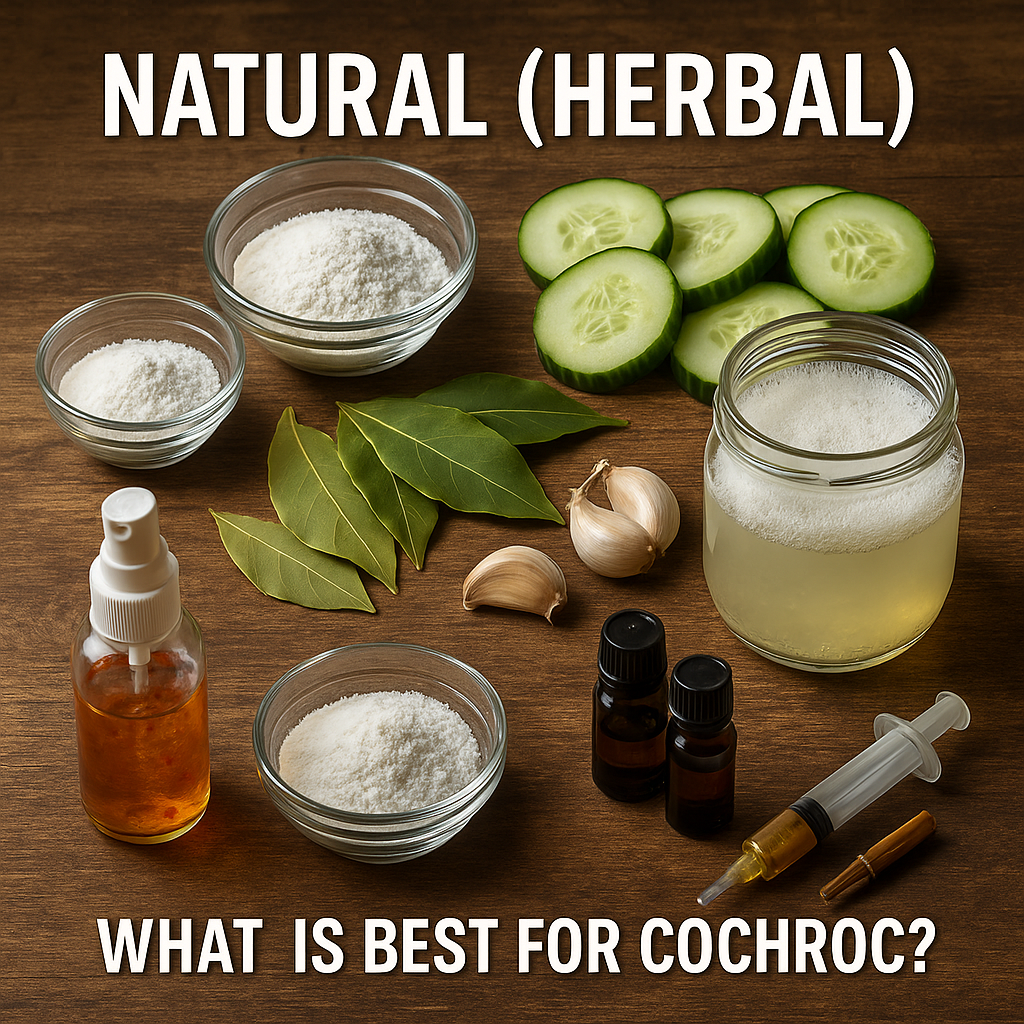
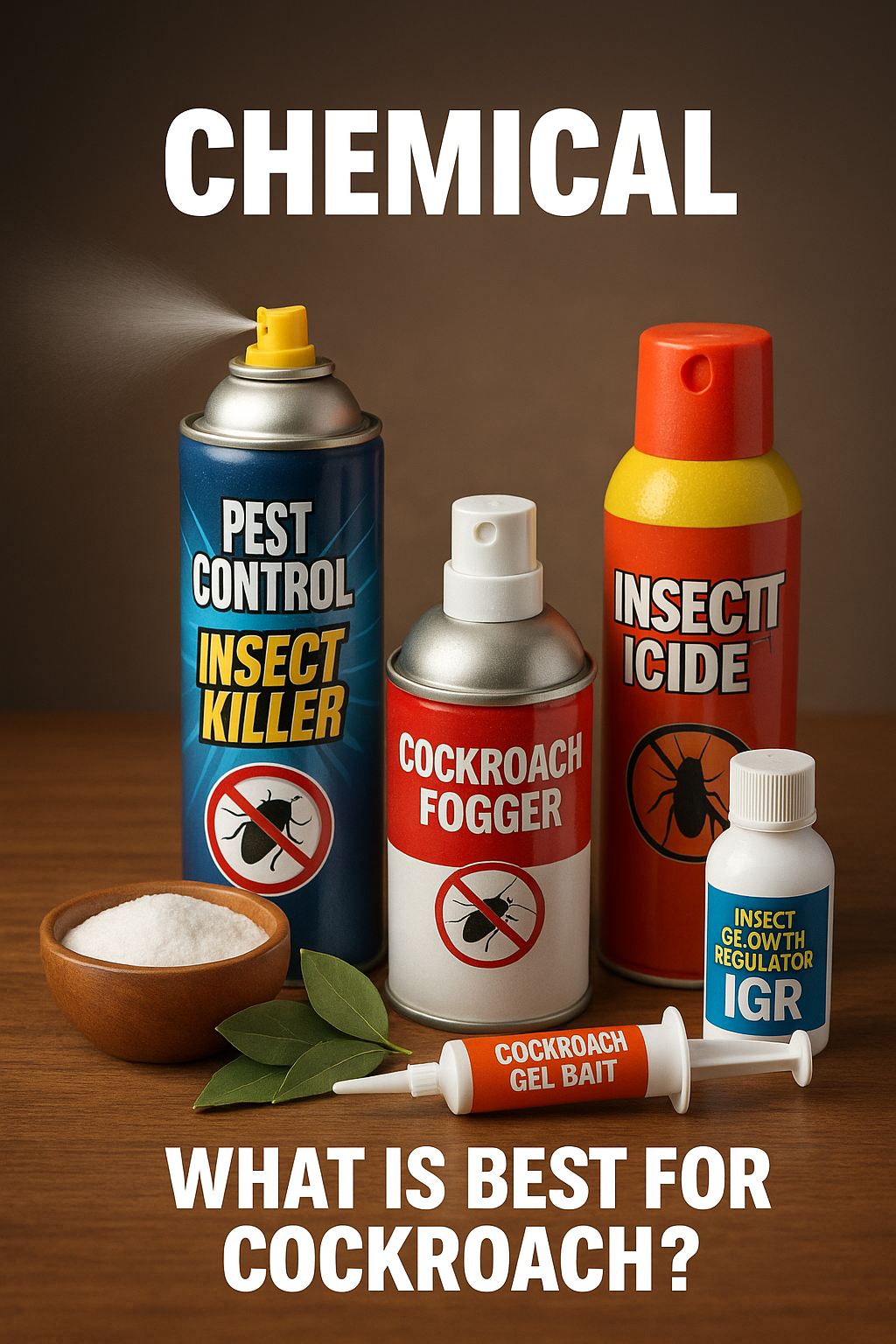
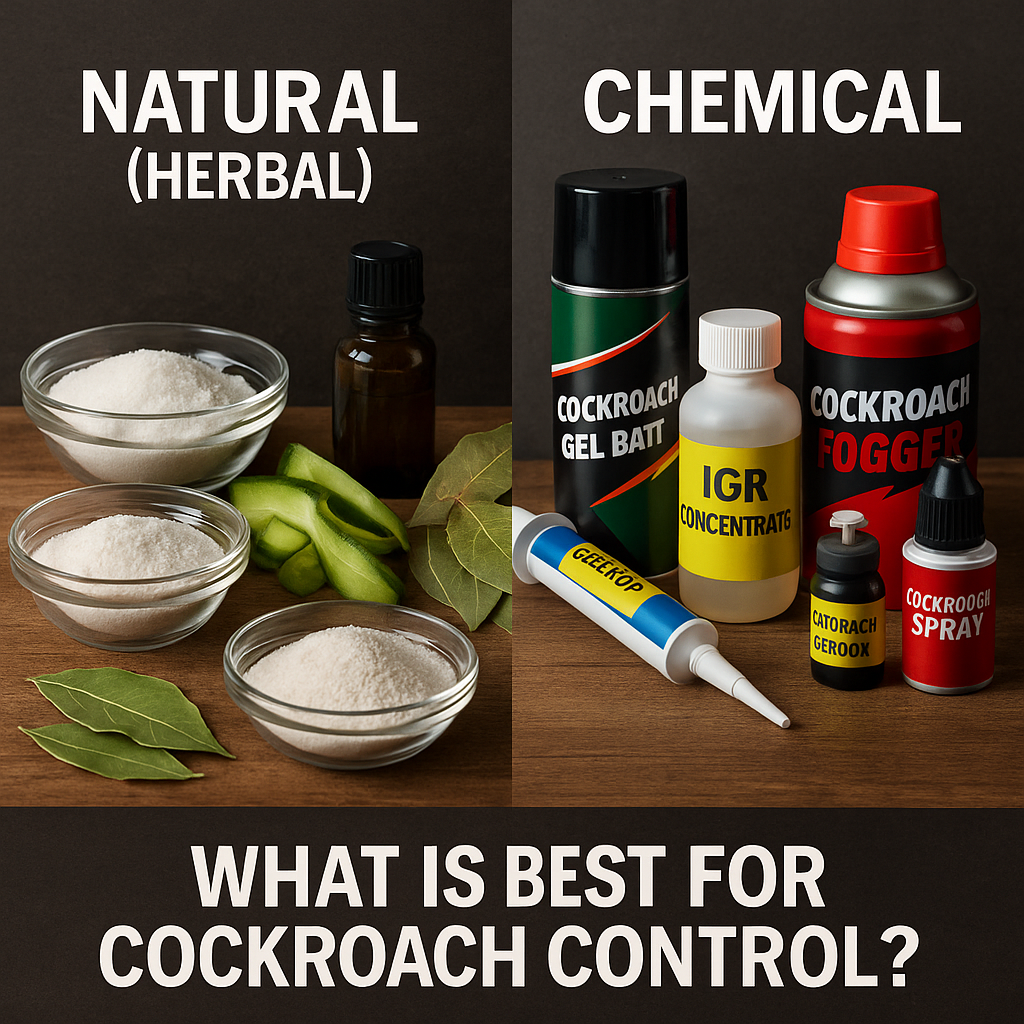
Youtube Video
Invalid YouTube URL provided.
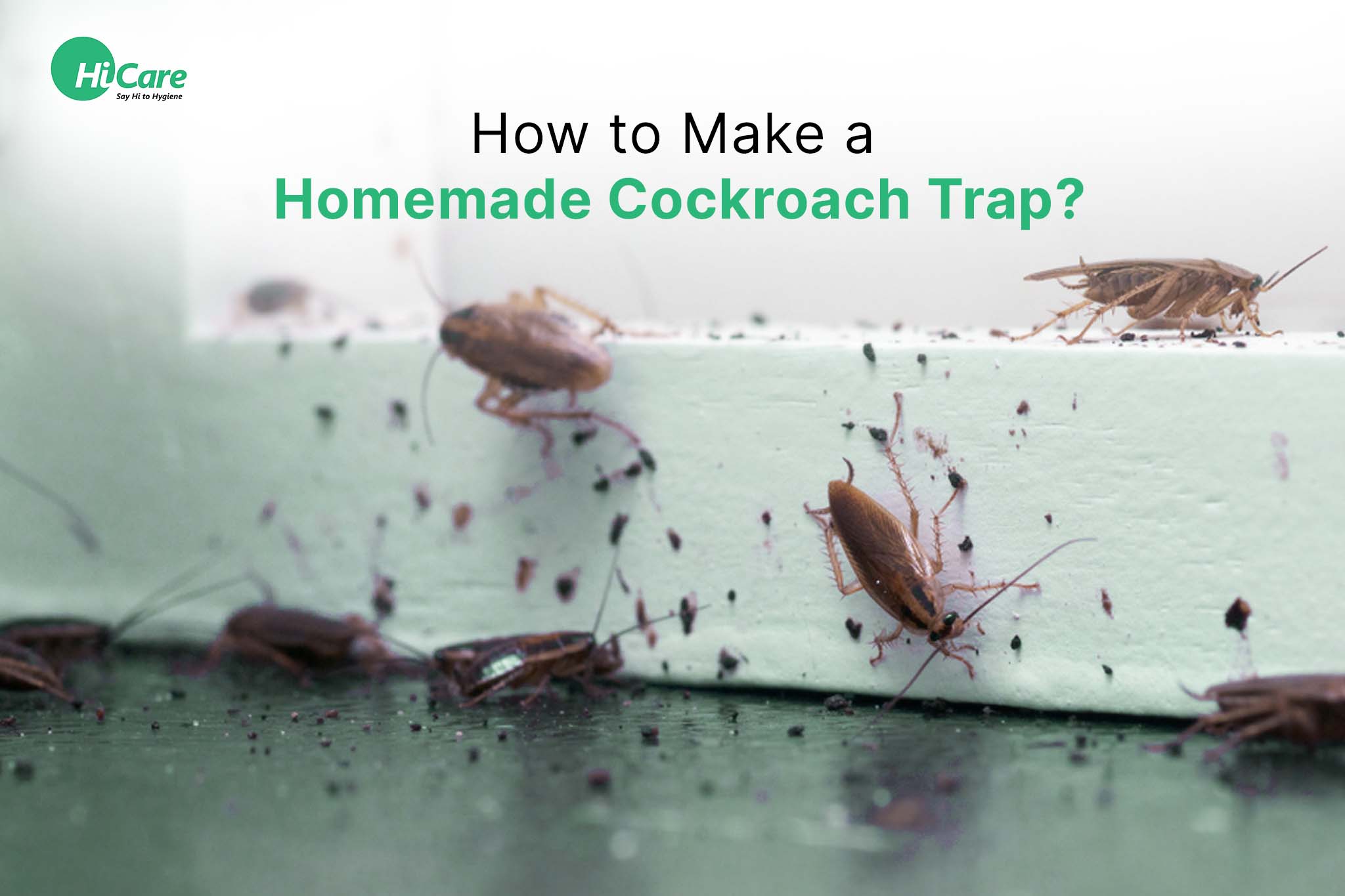
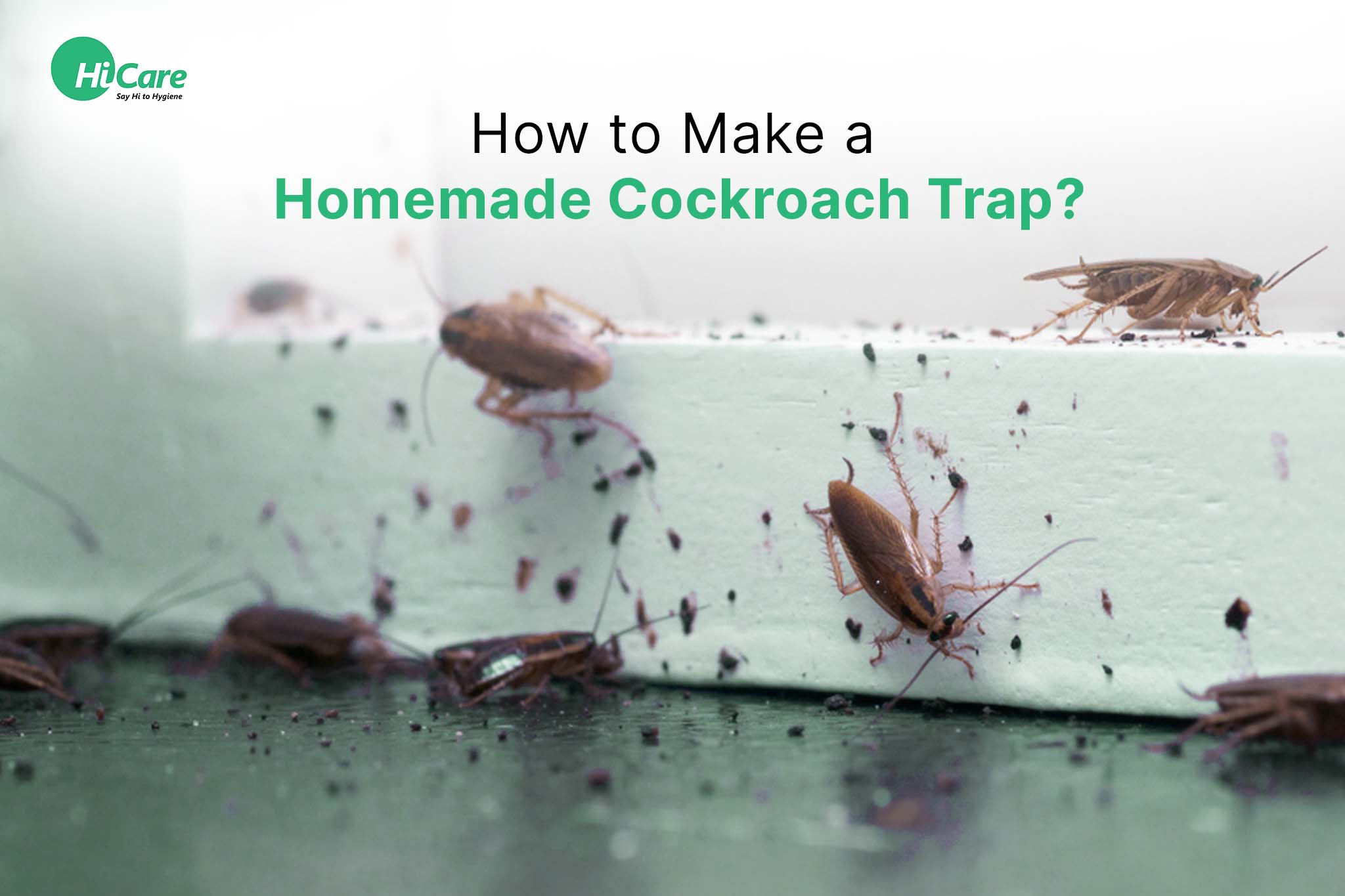
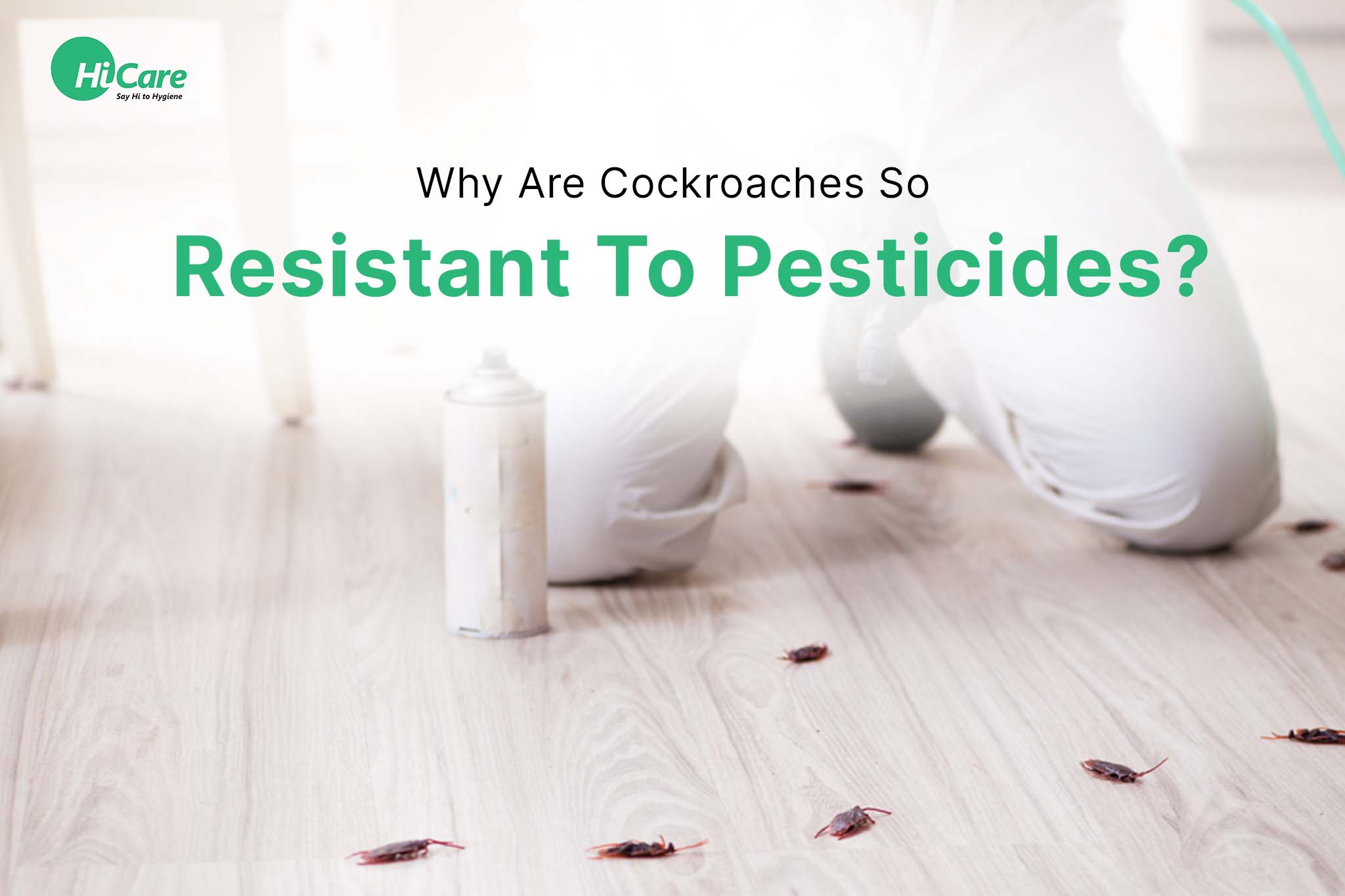










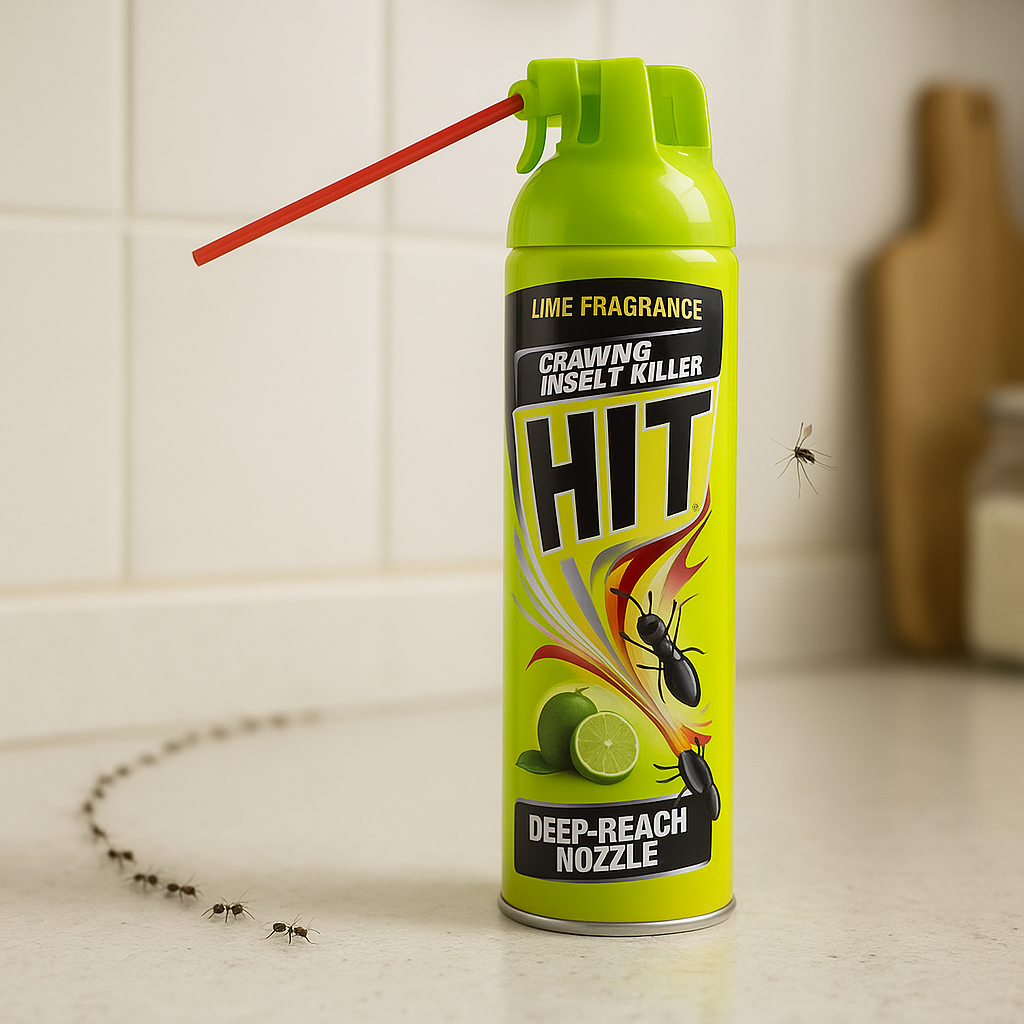
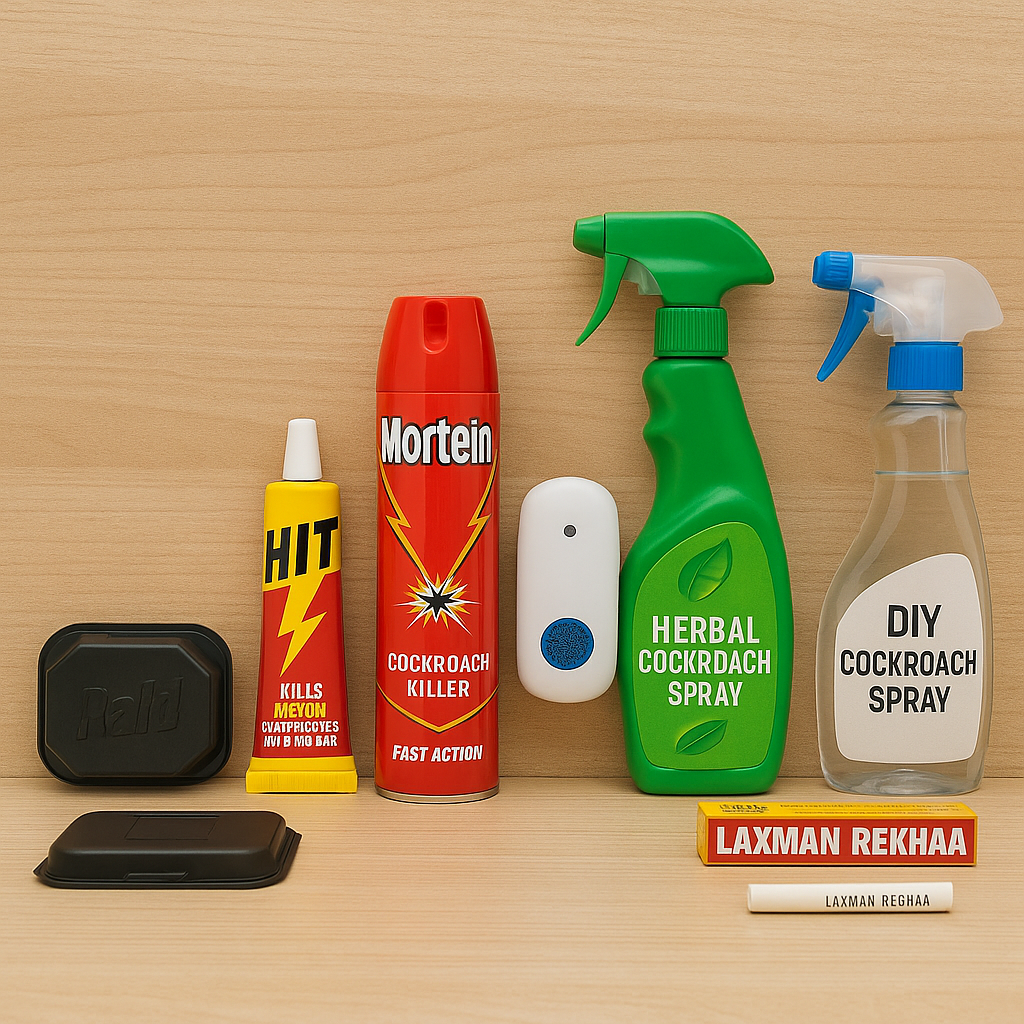
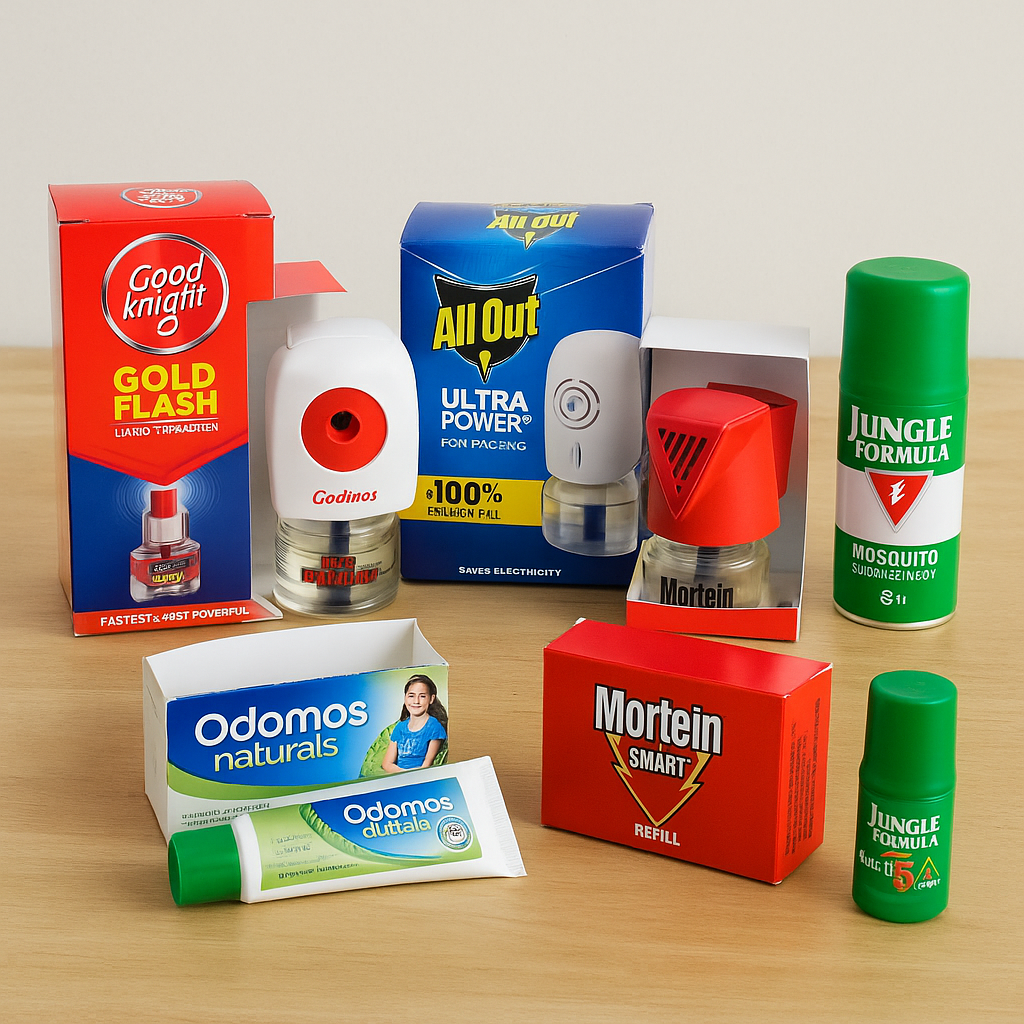
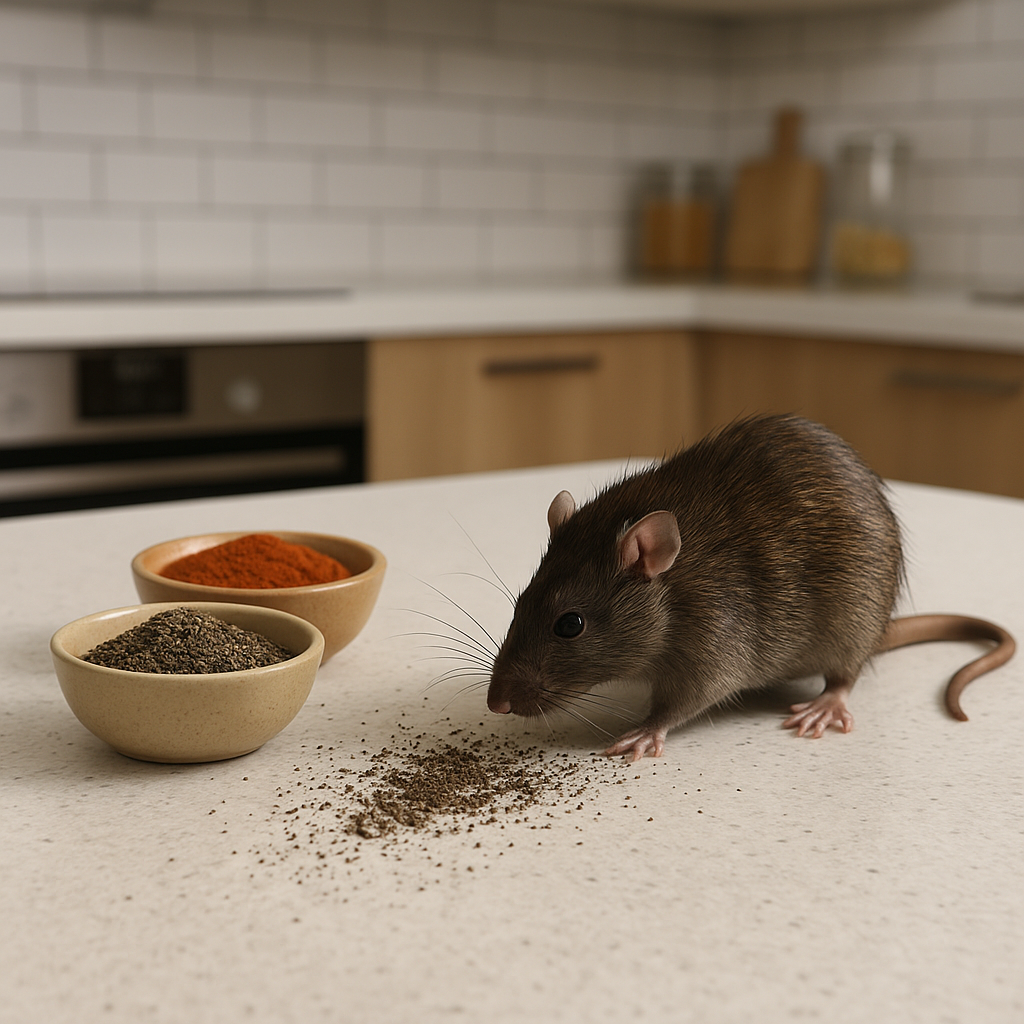
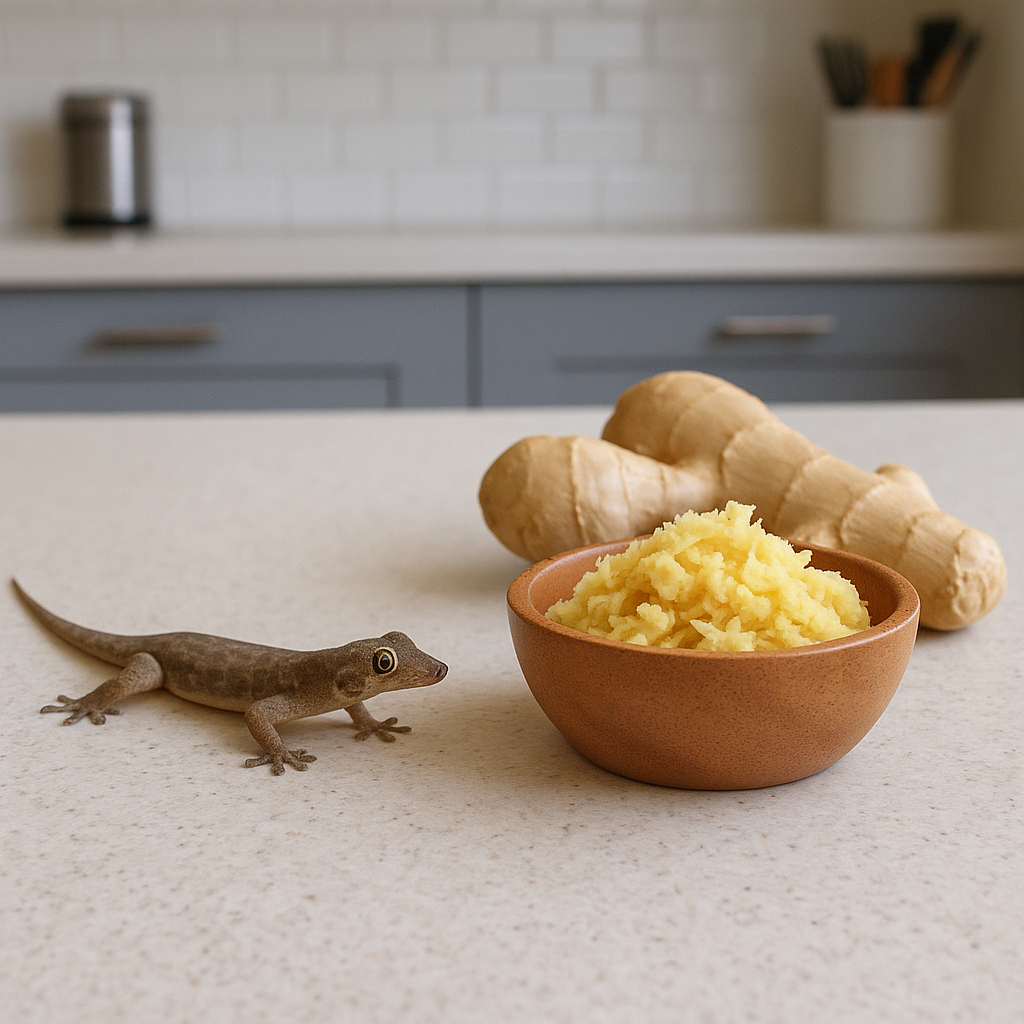
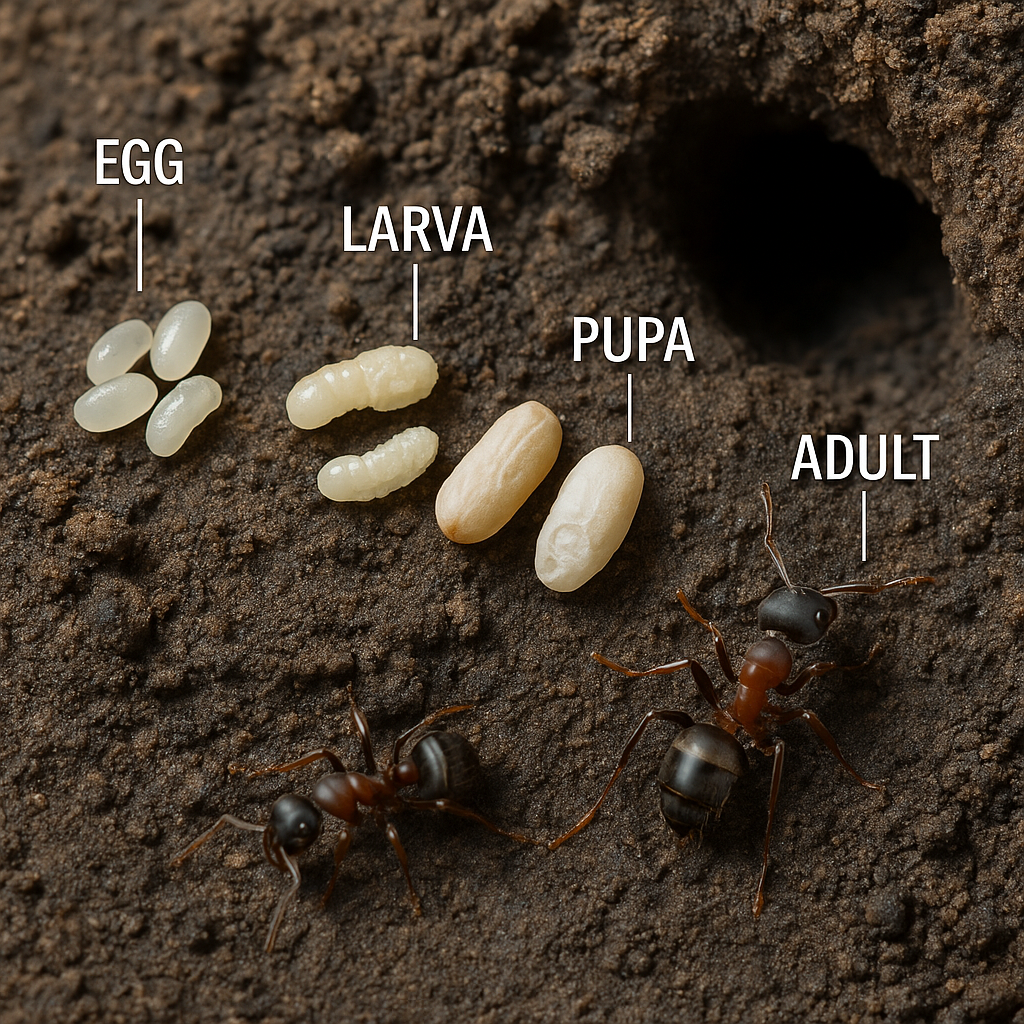
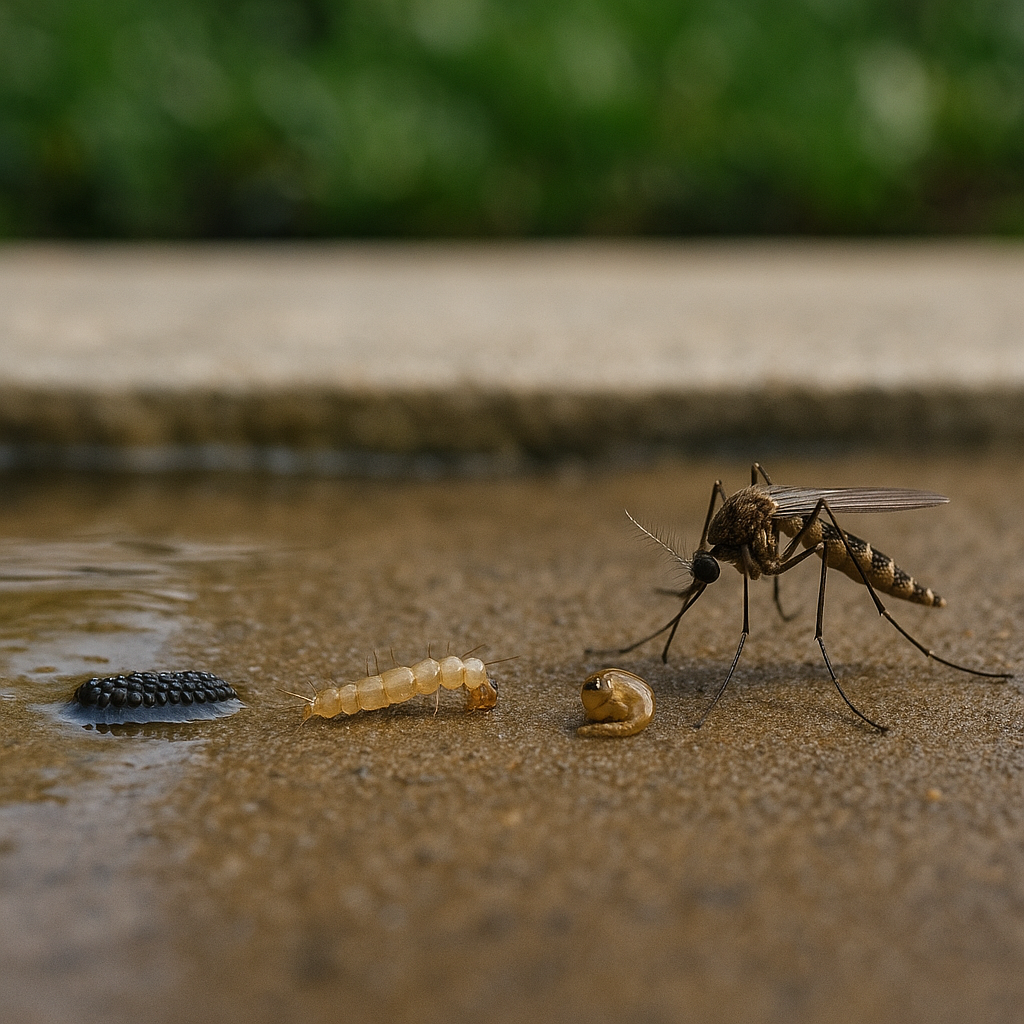
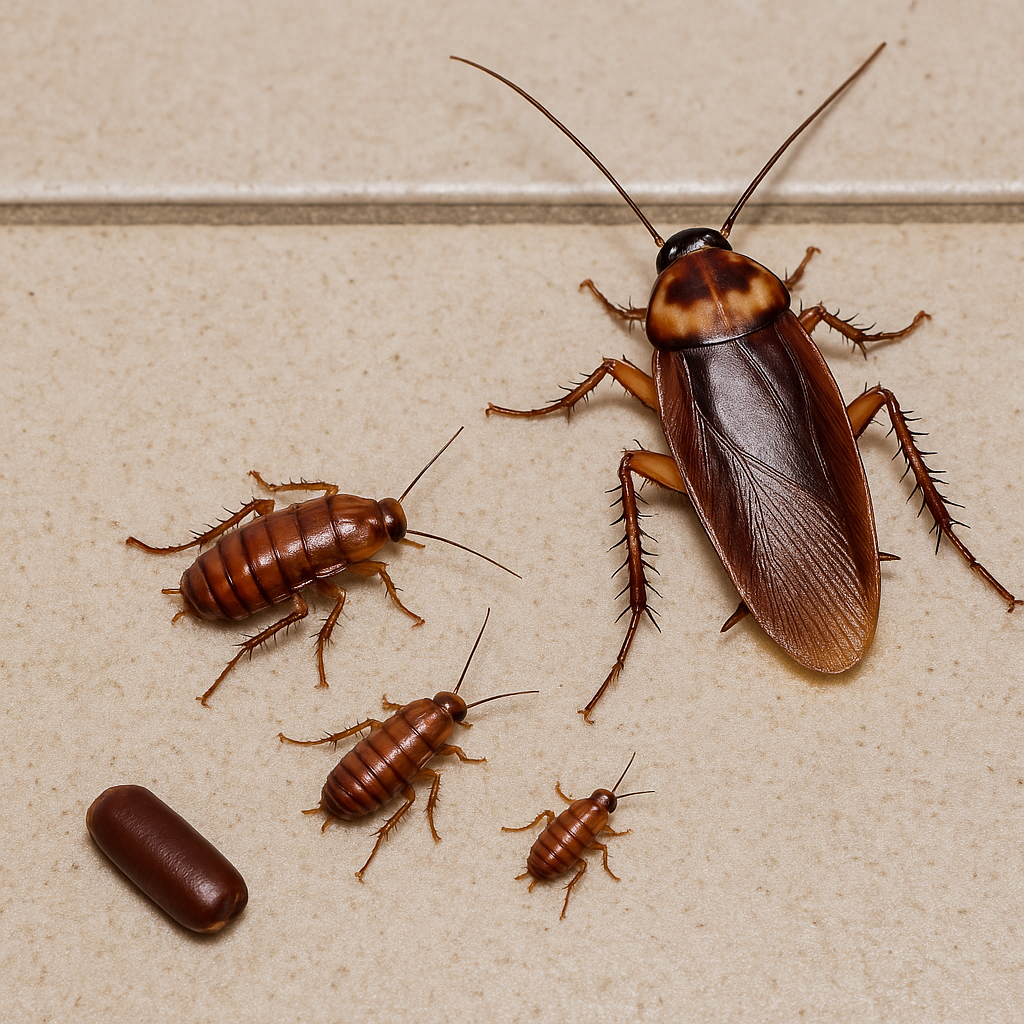
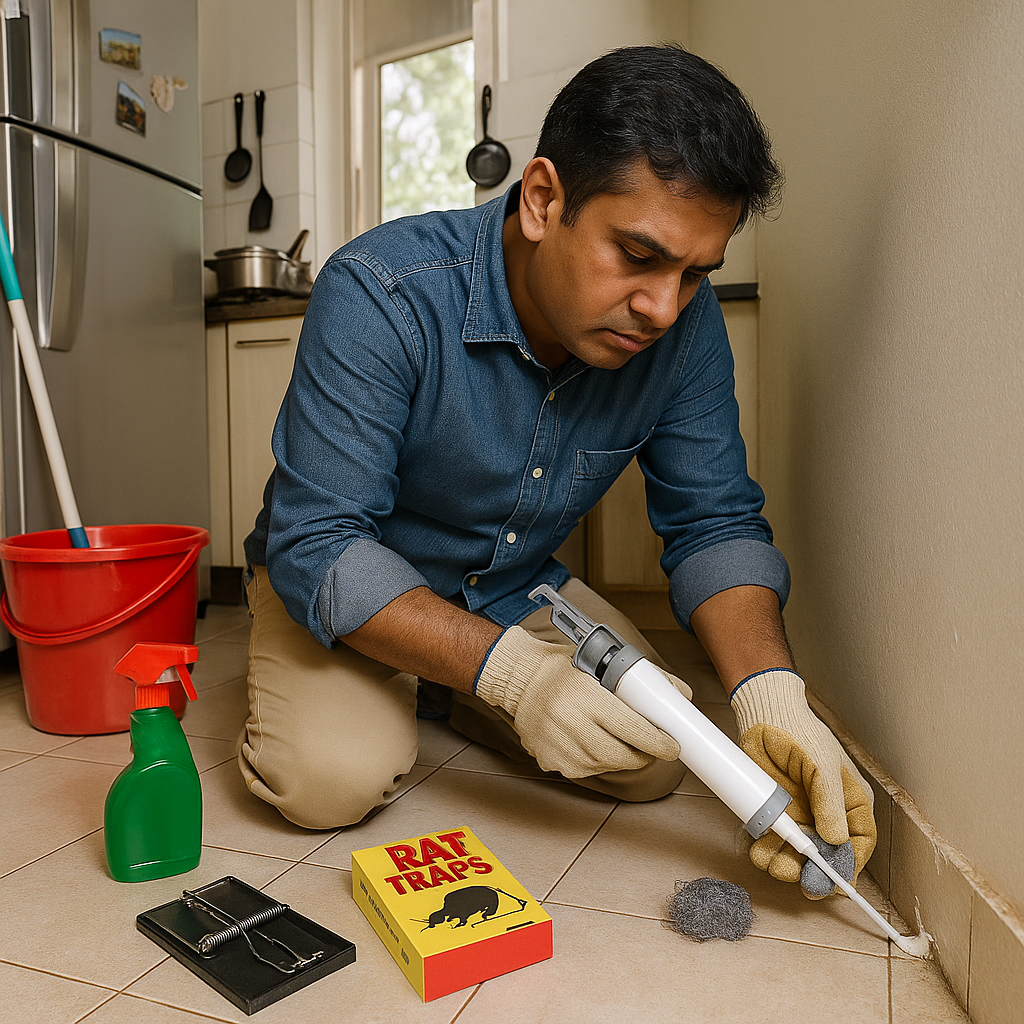
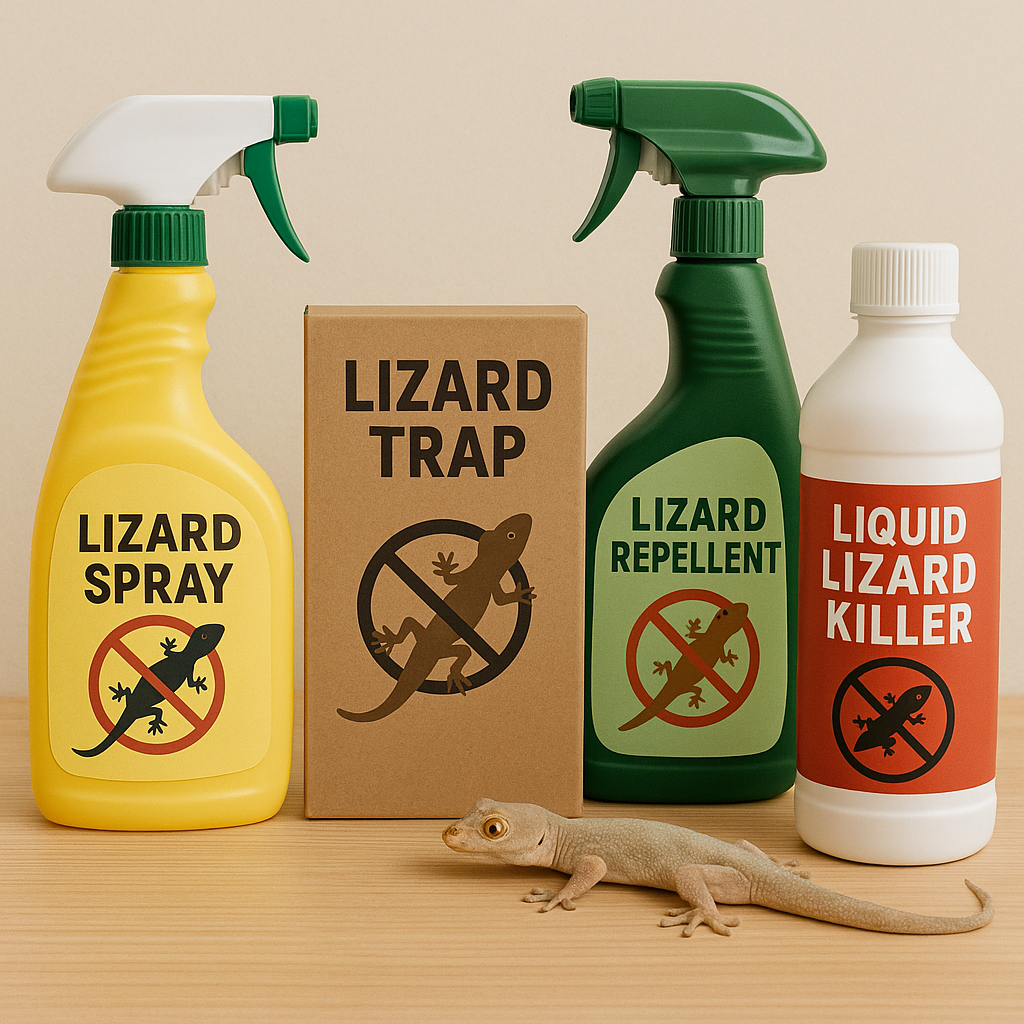
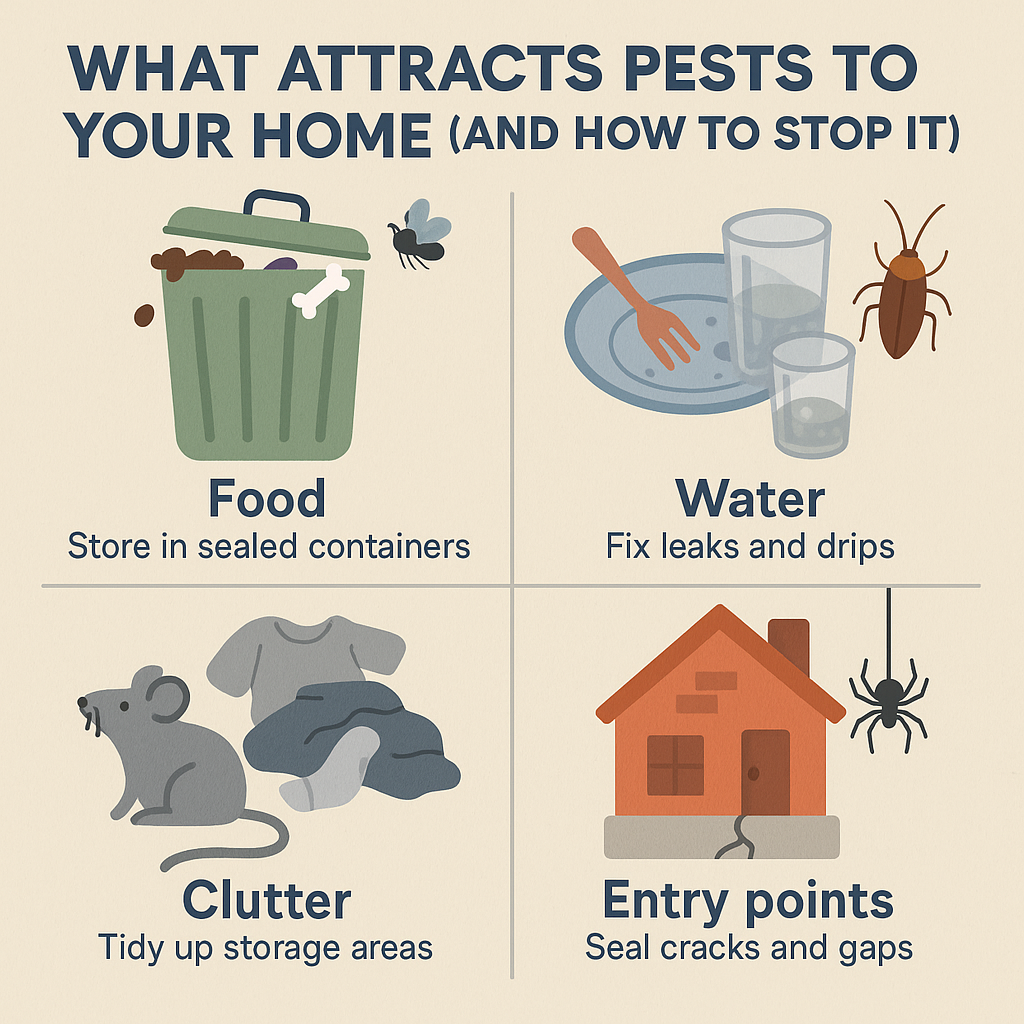


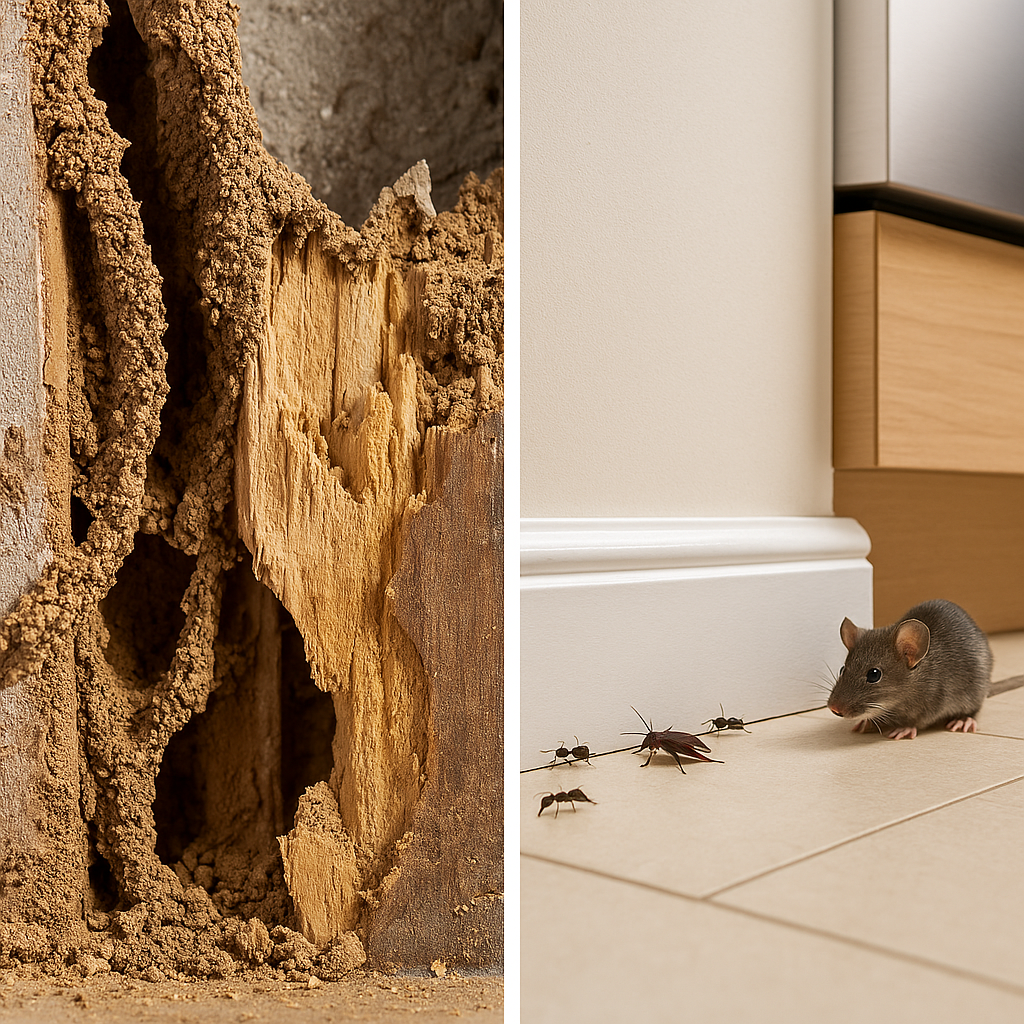
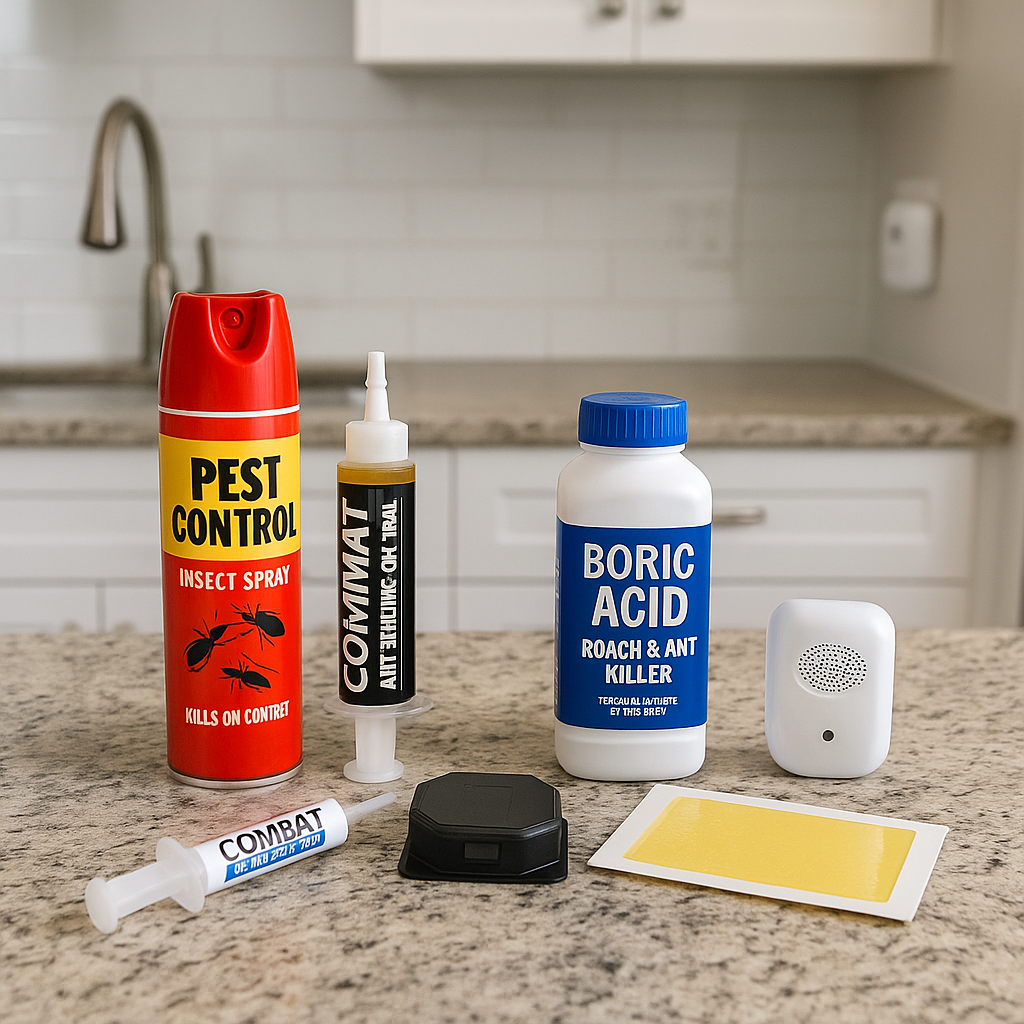

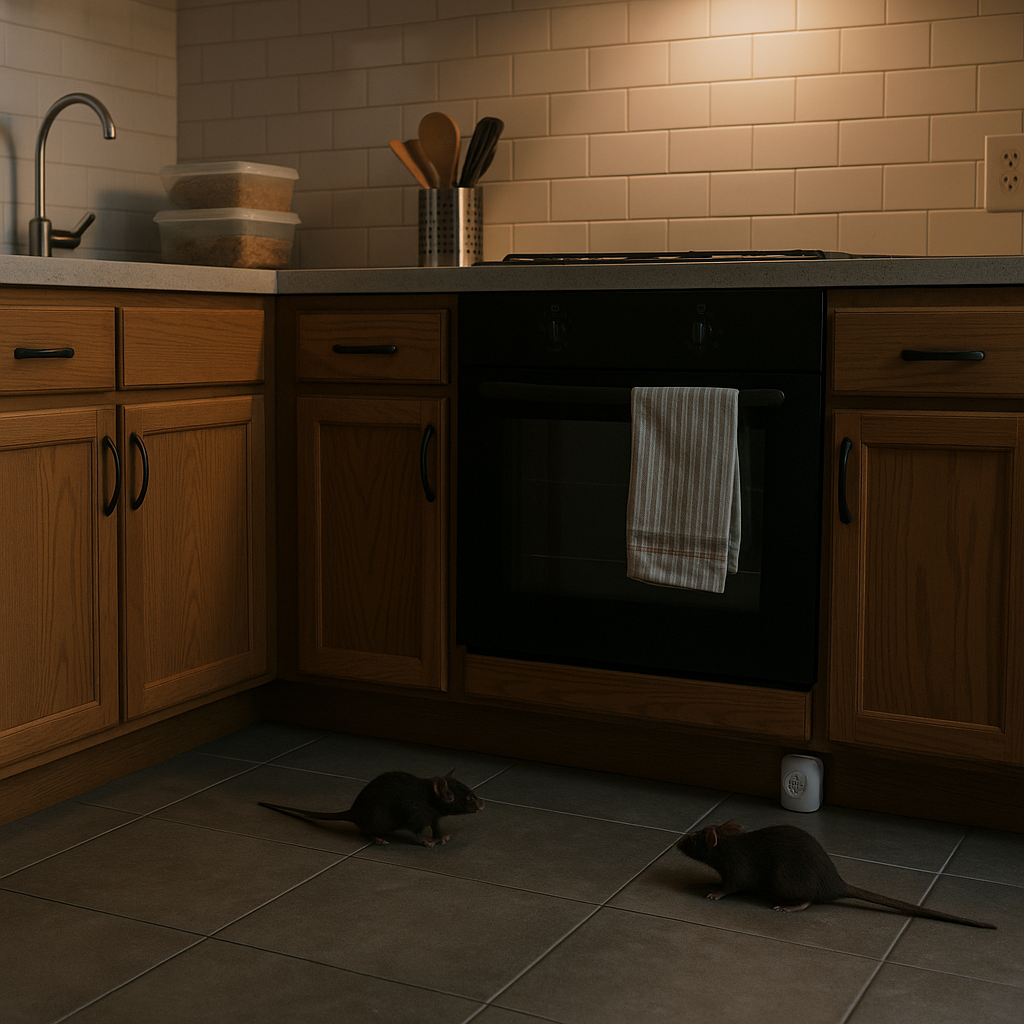
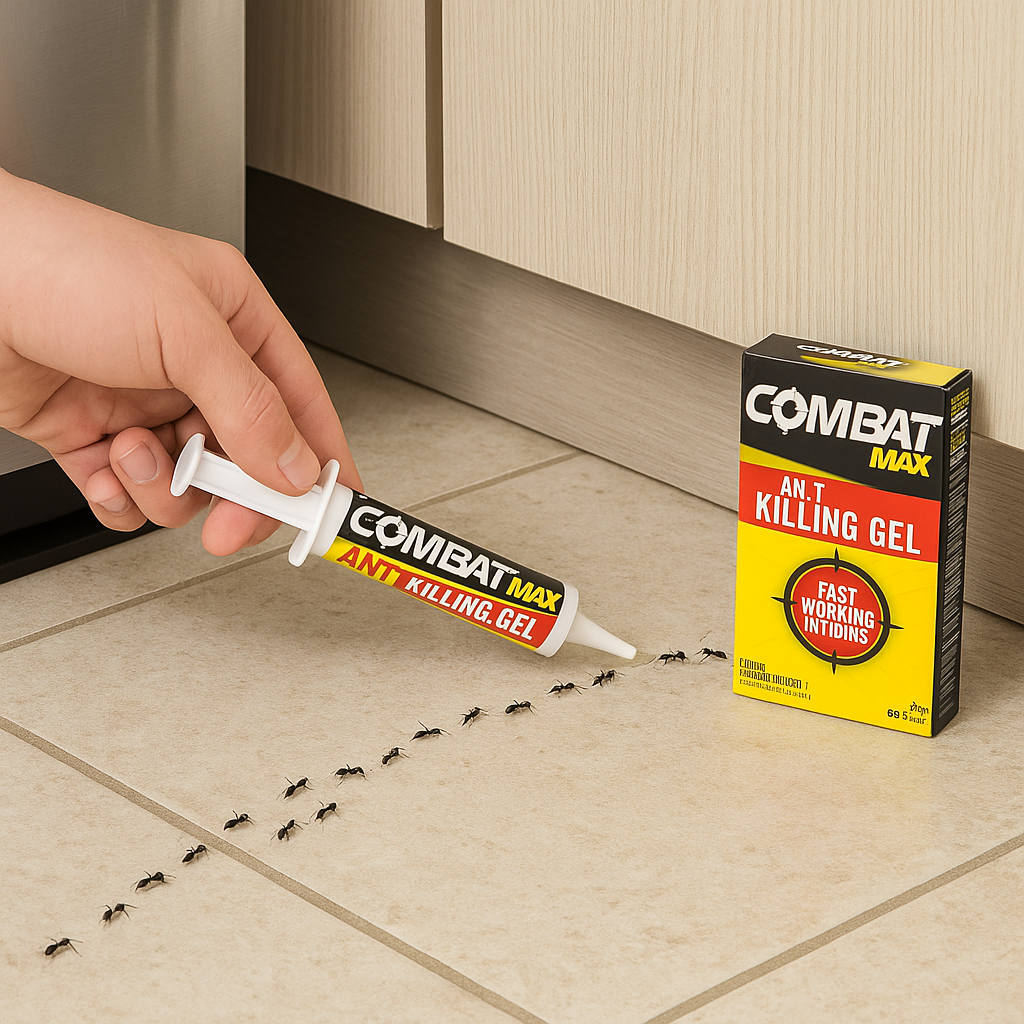
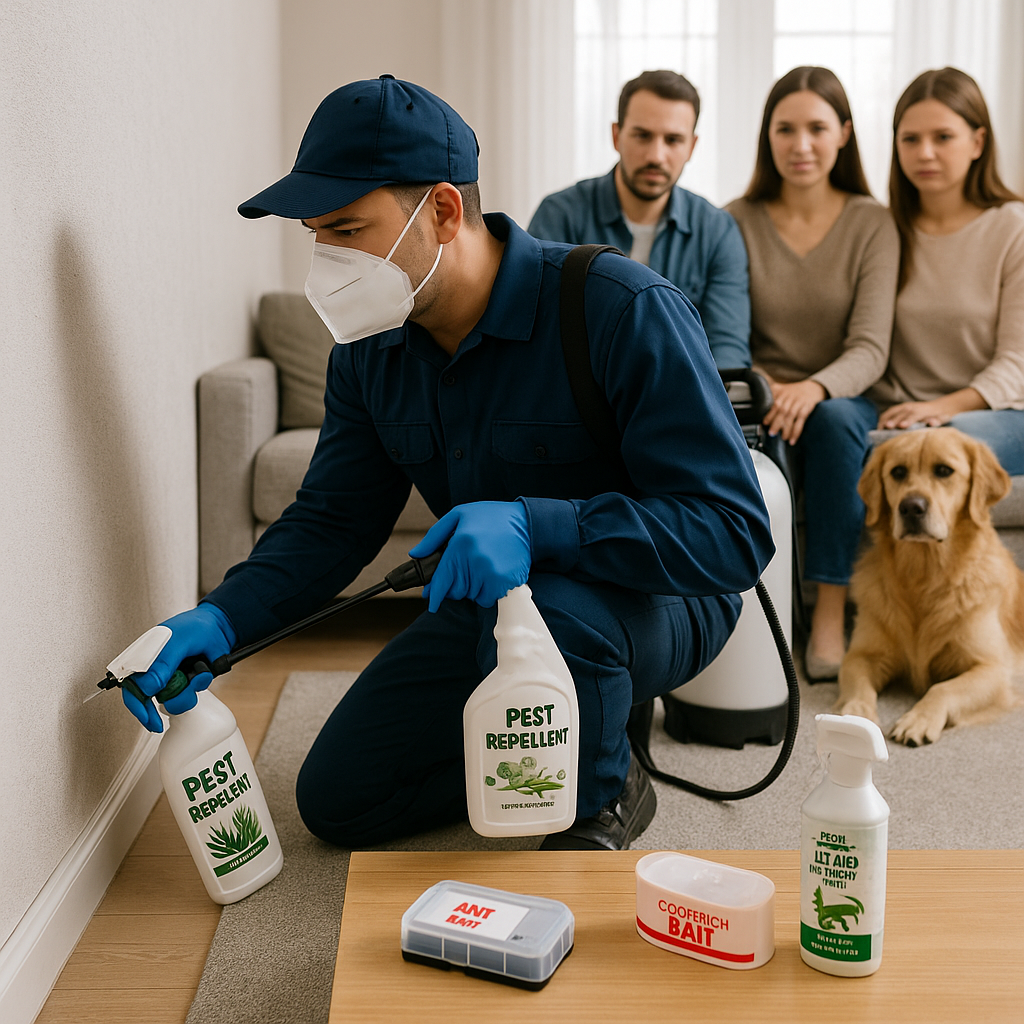

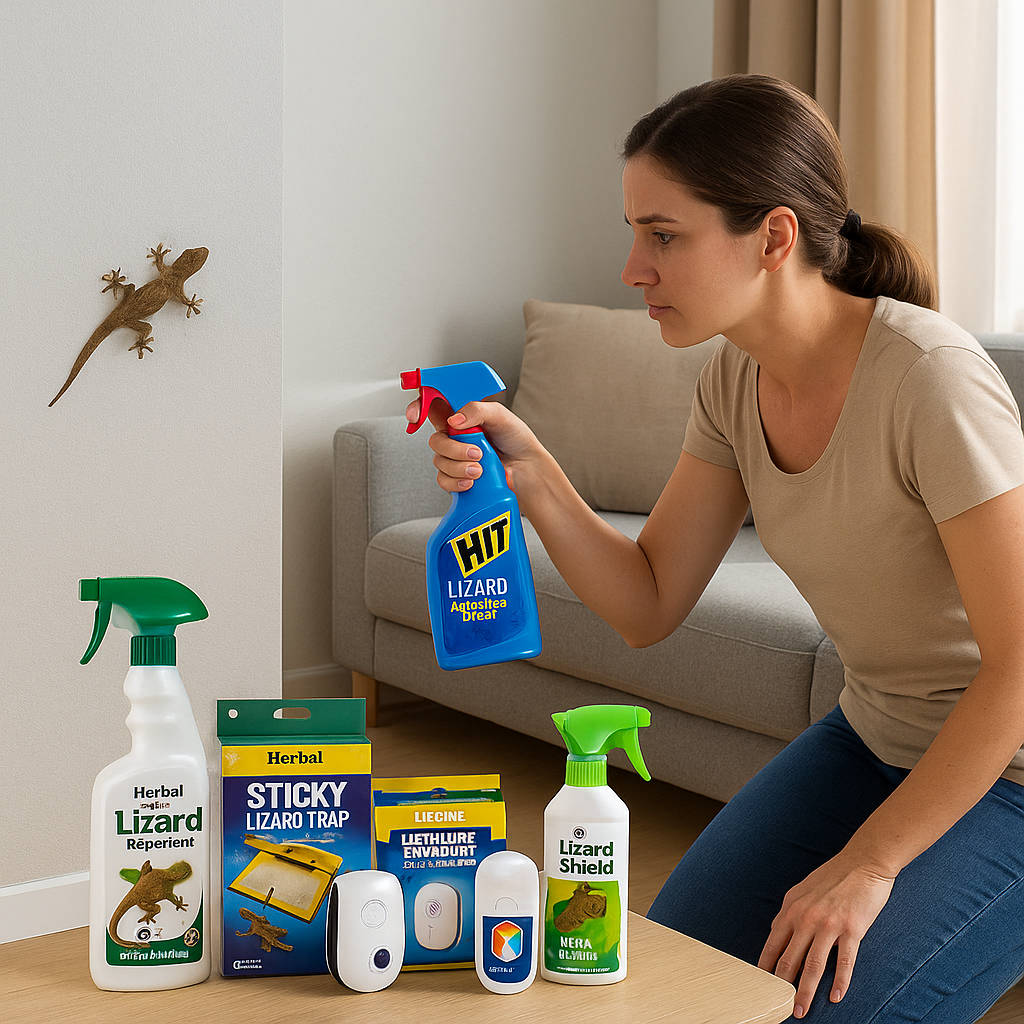
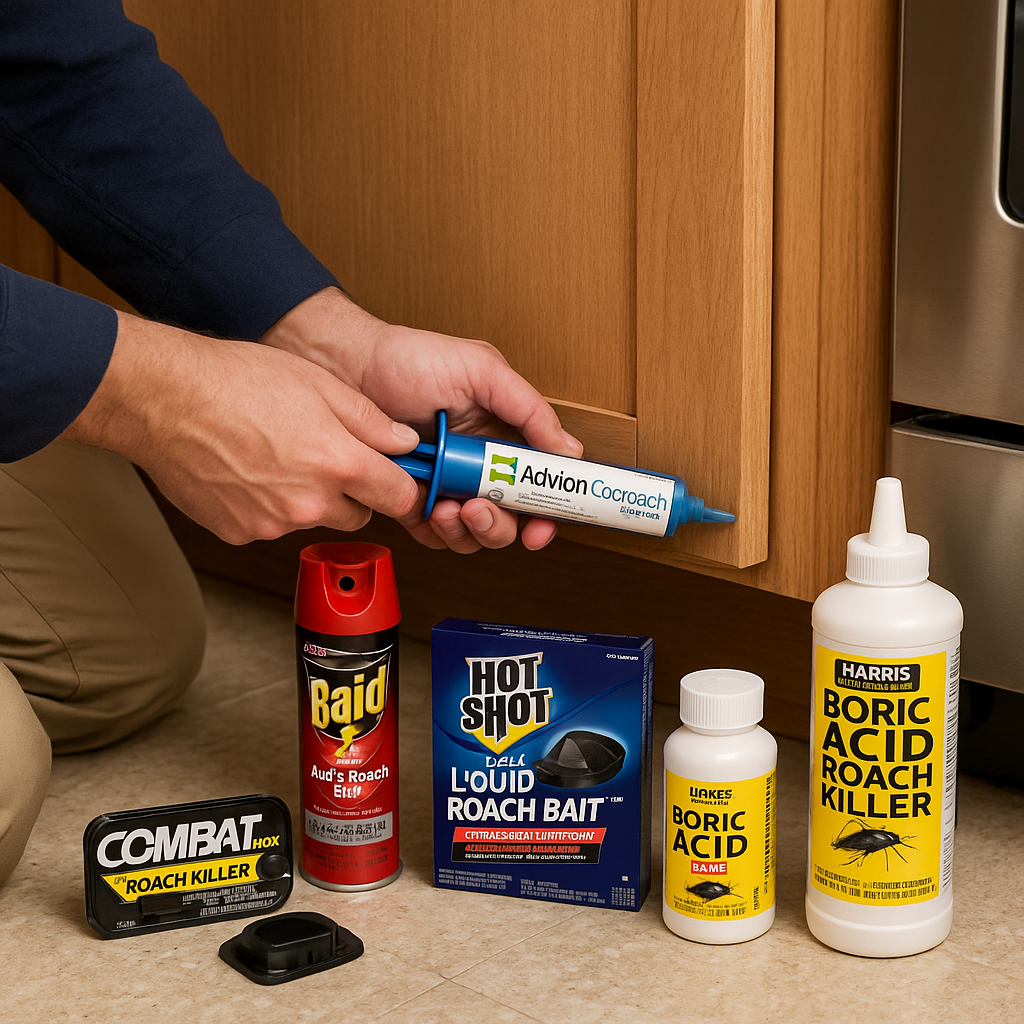


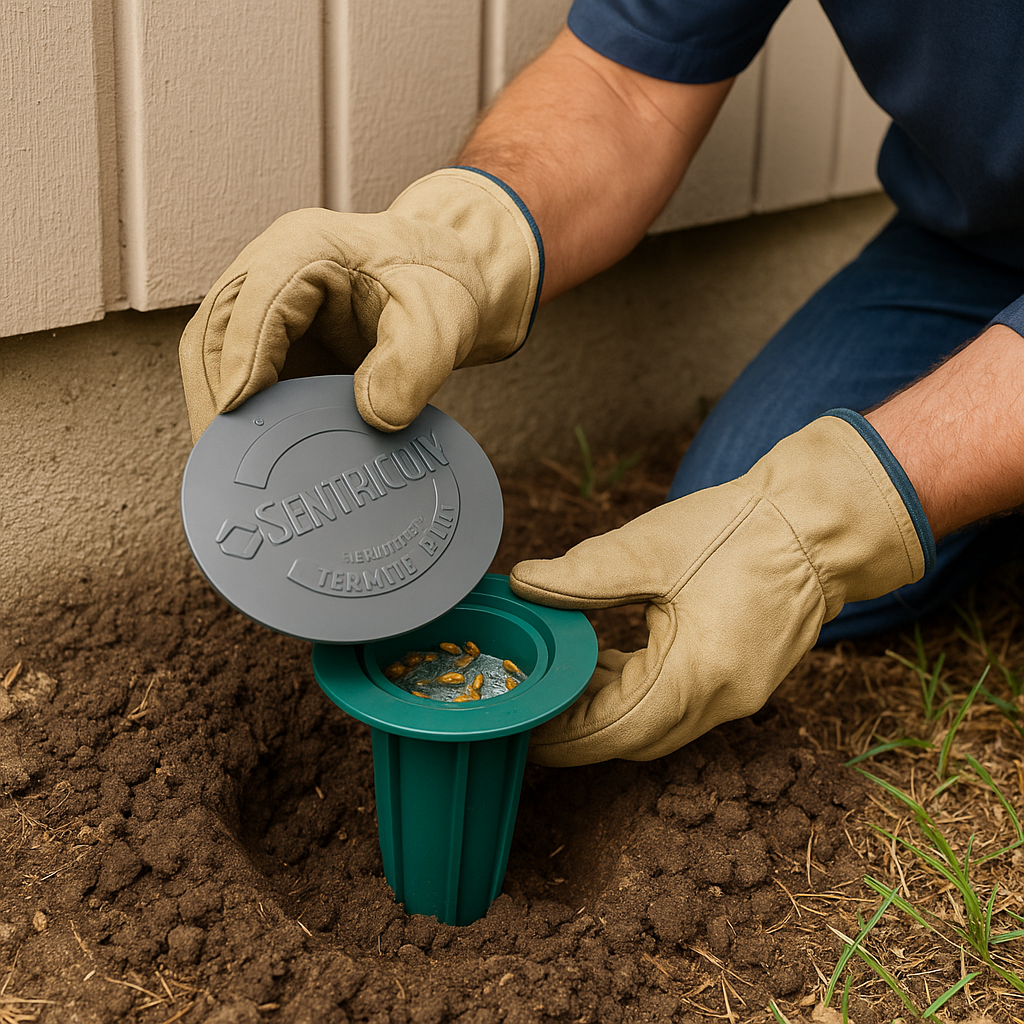
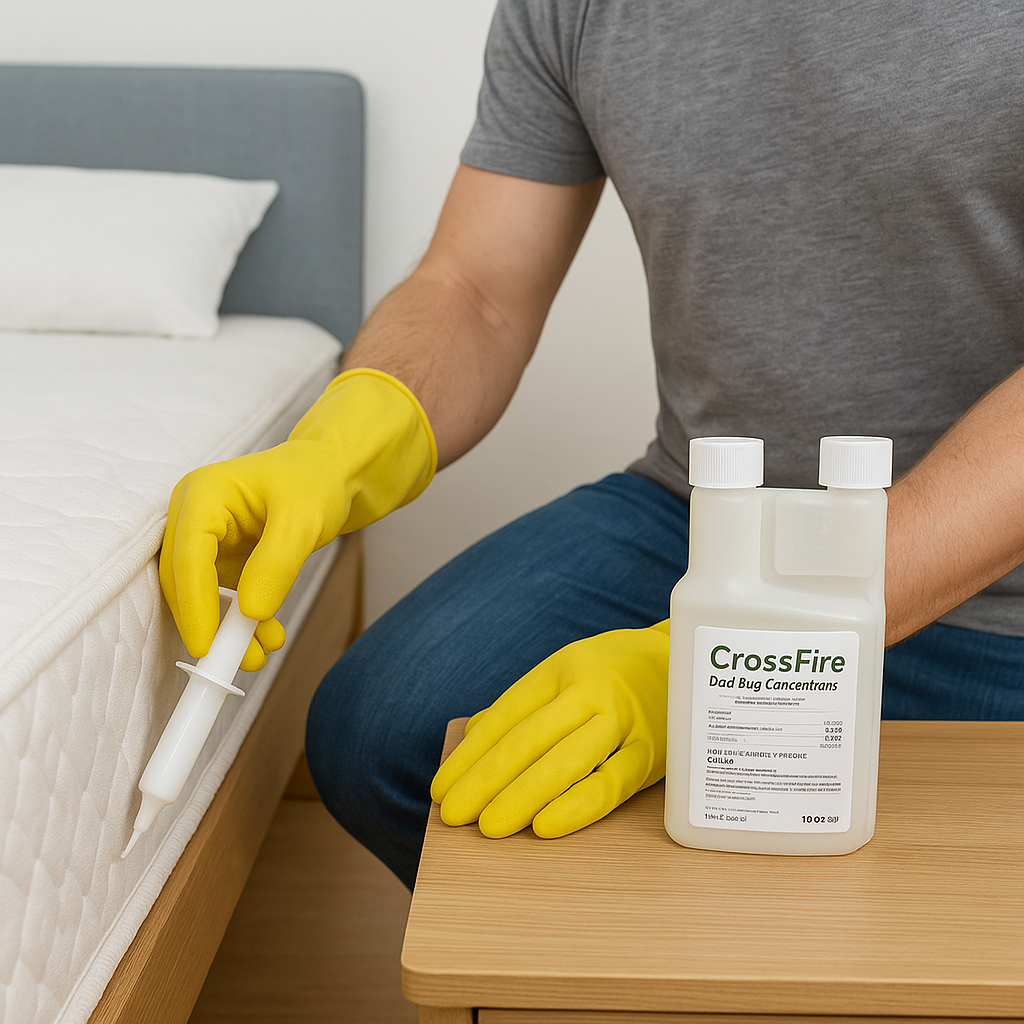
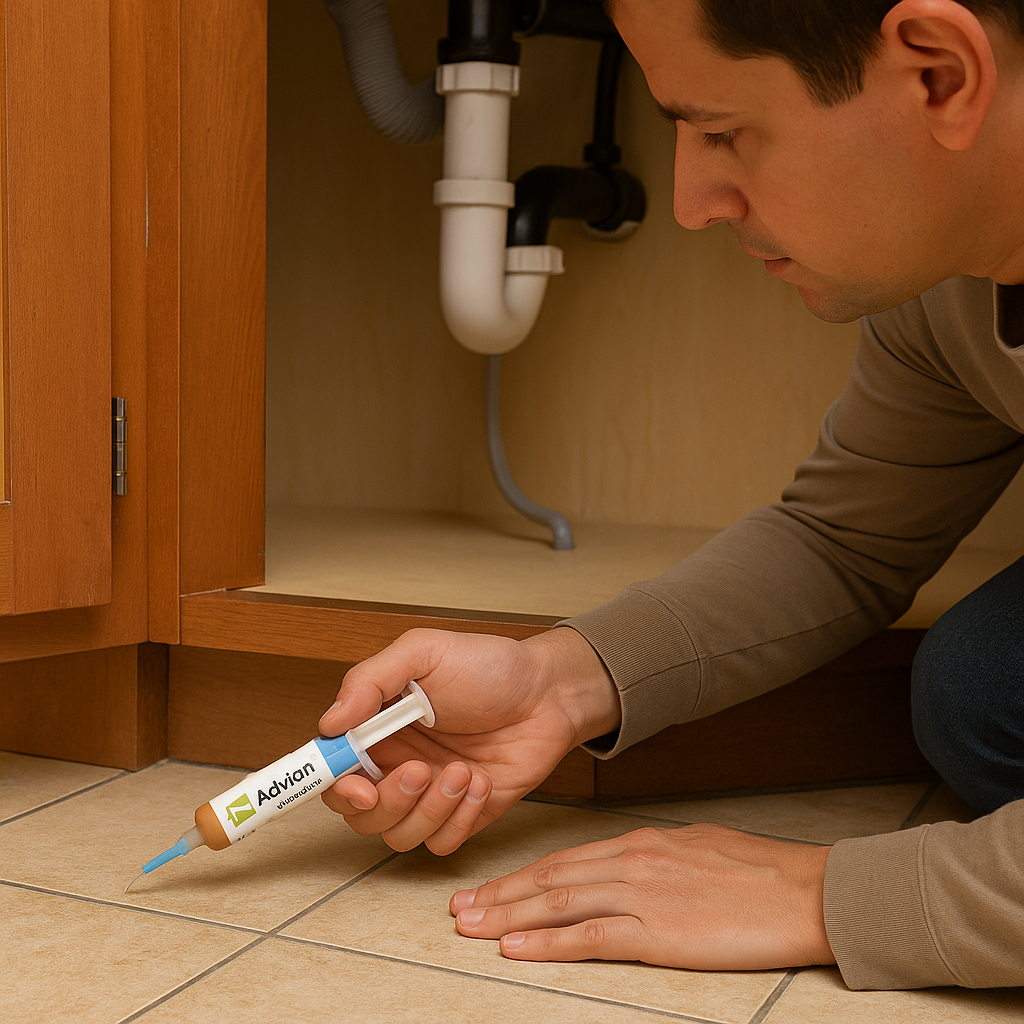
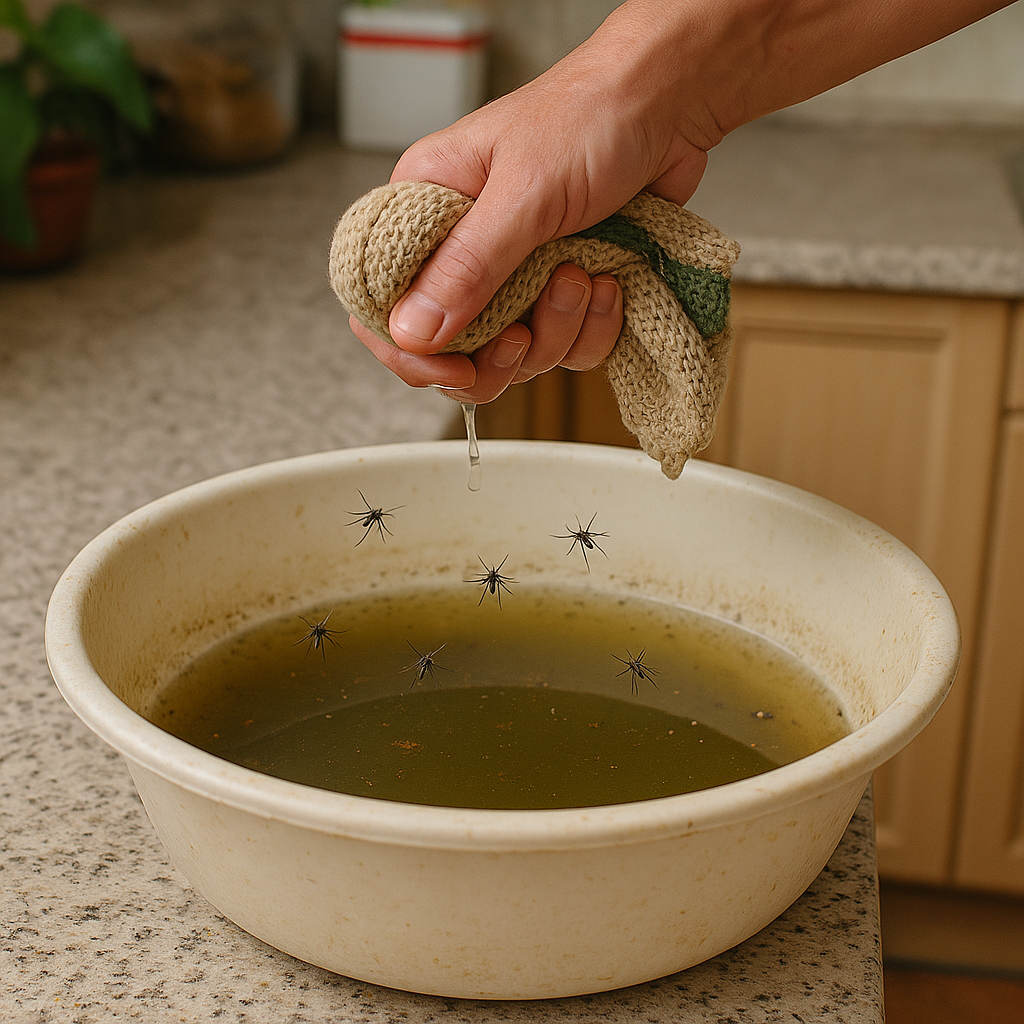
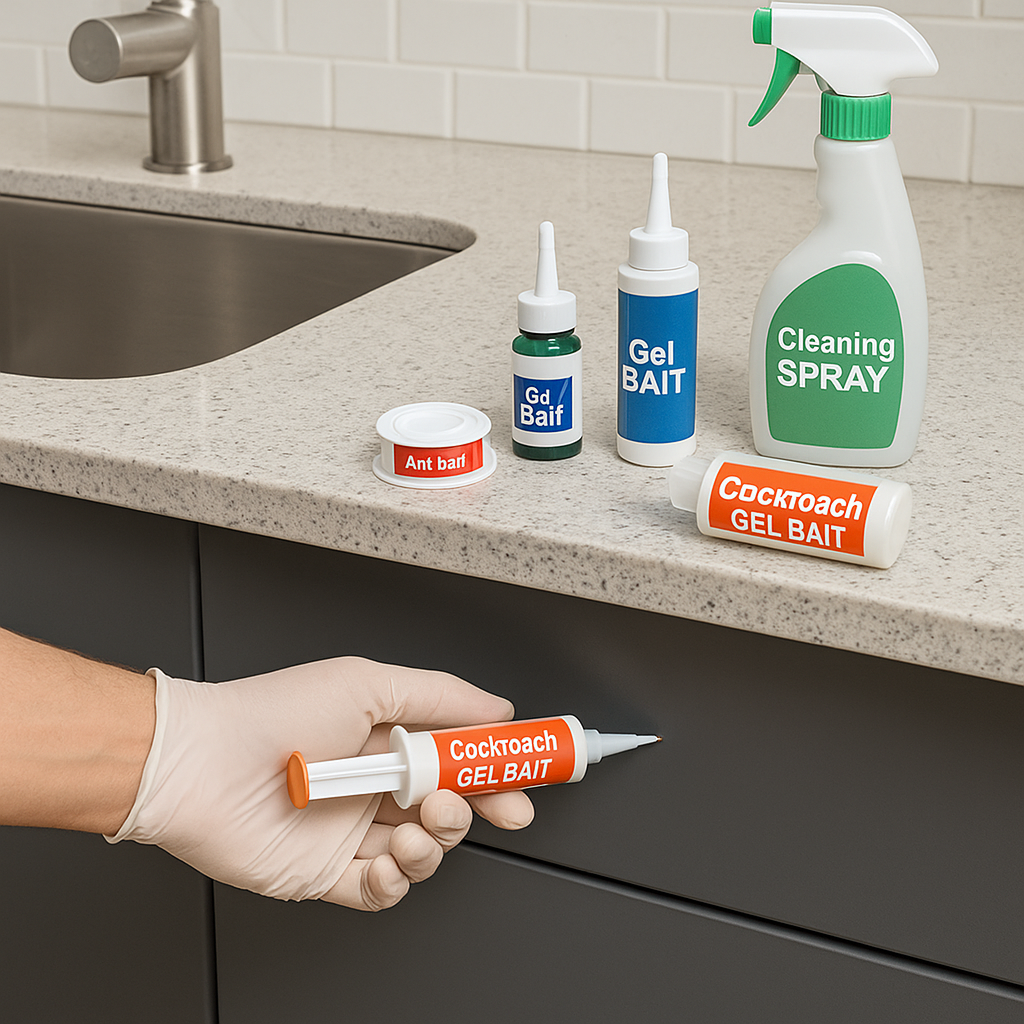

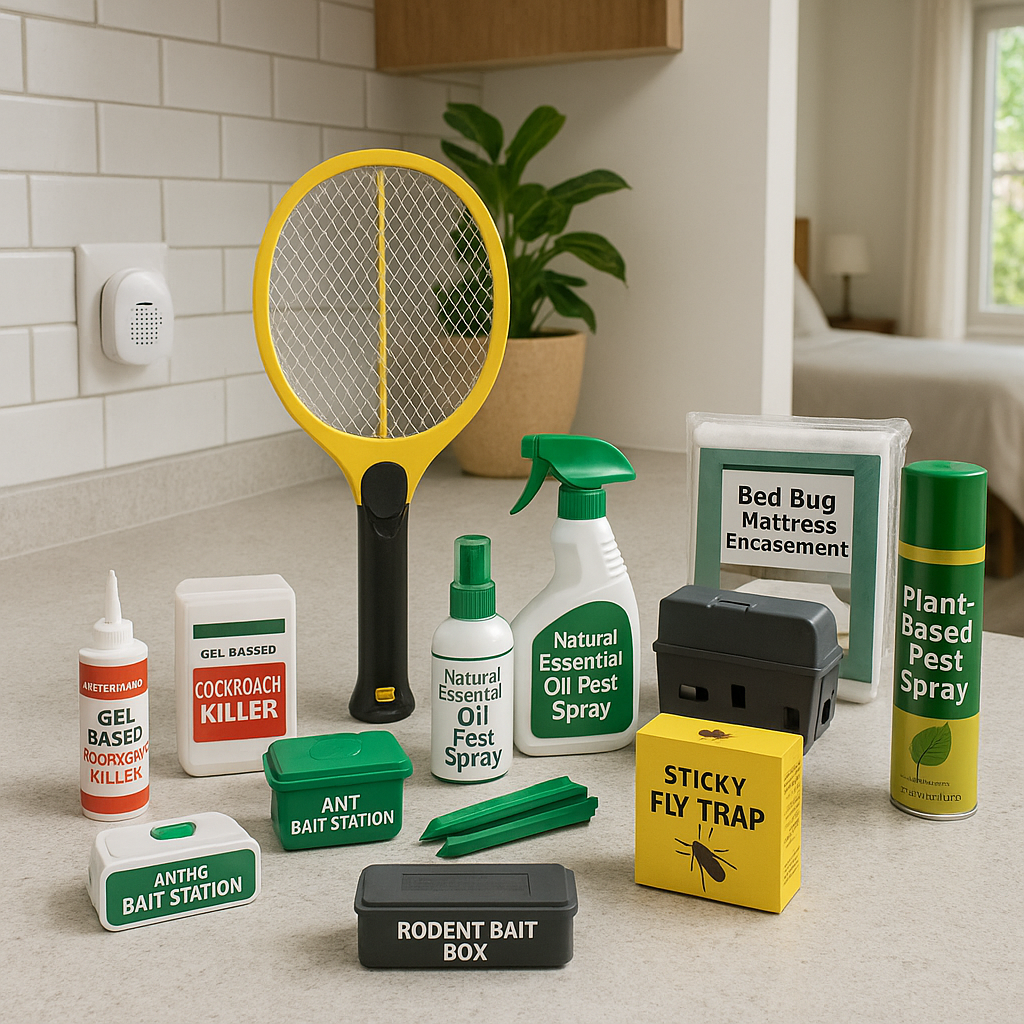
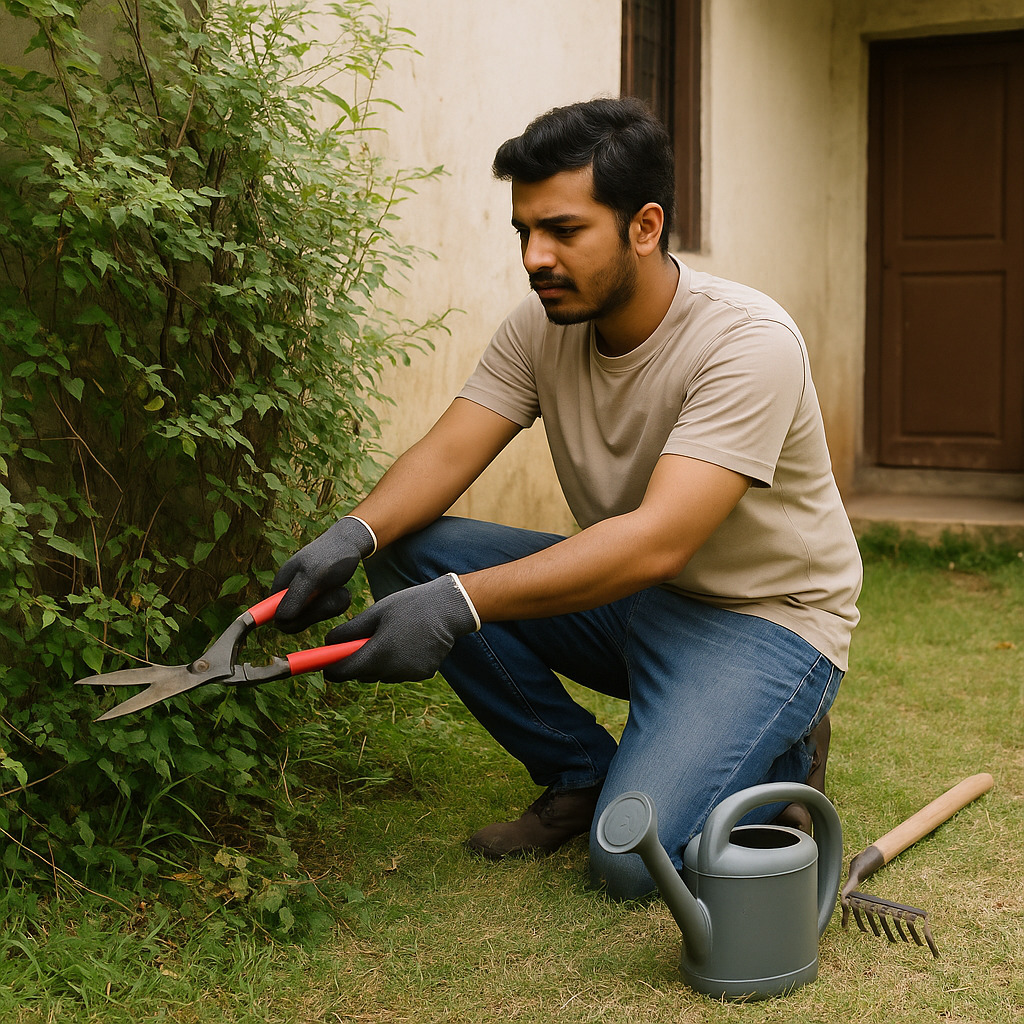
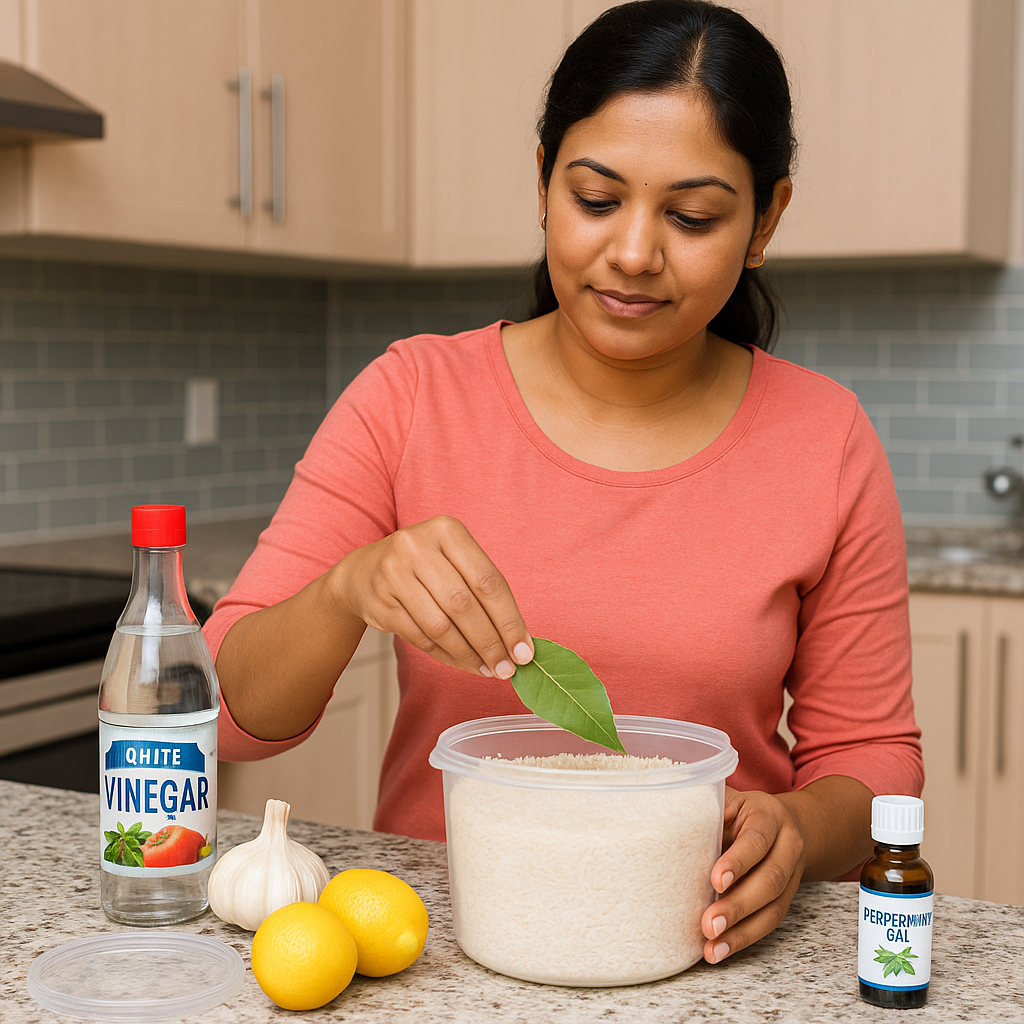

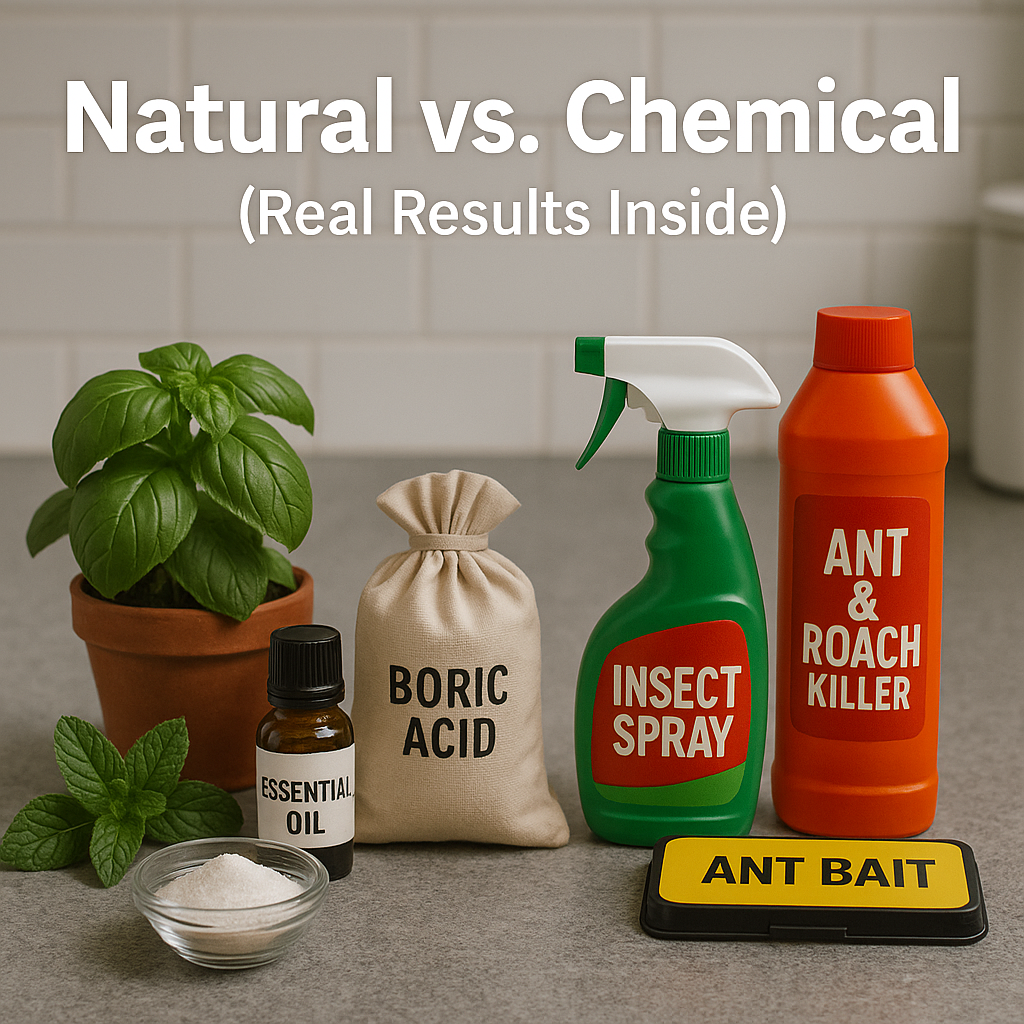
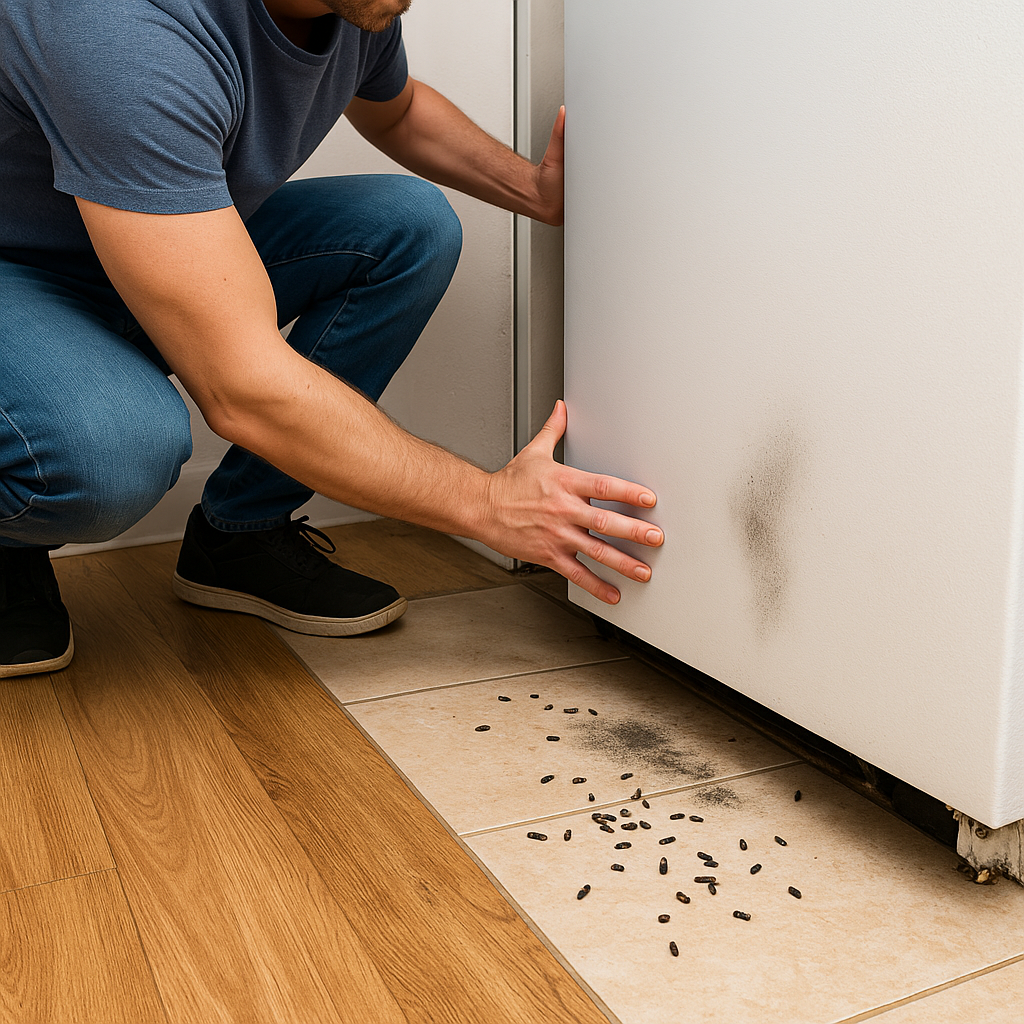
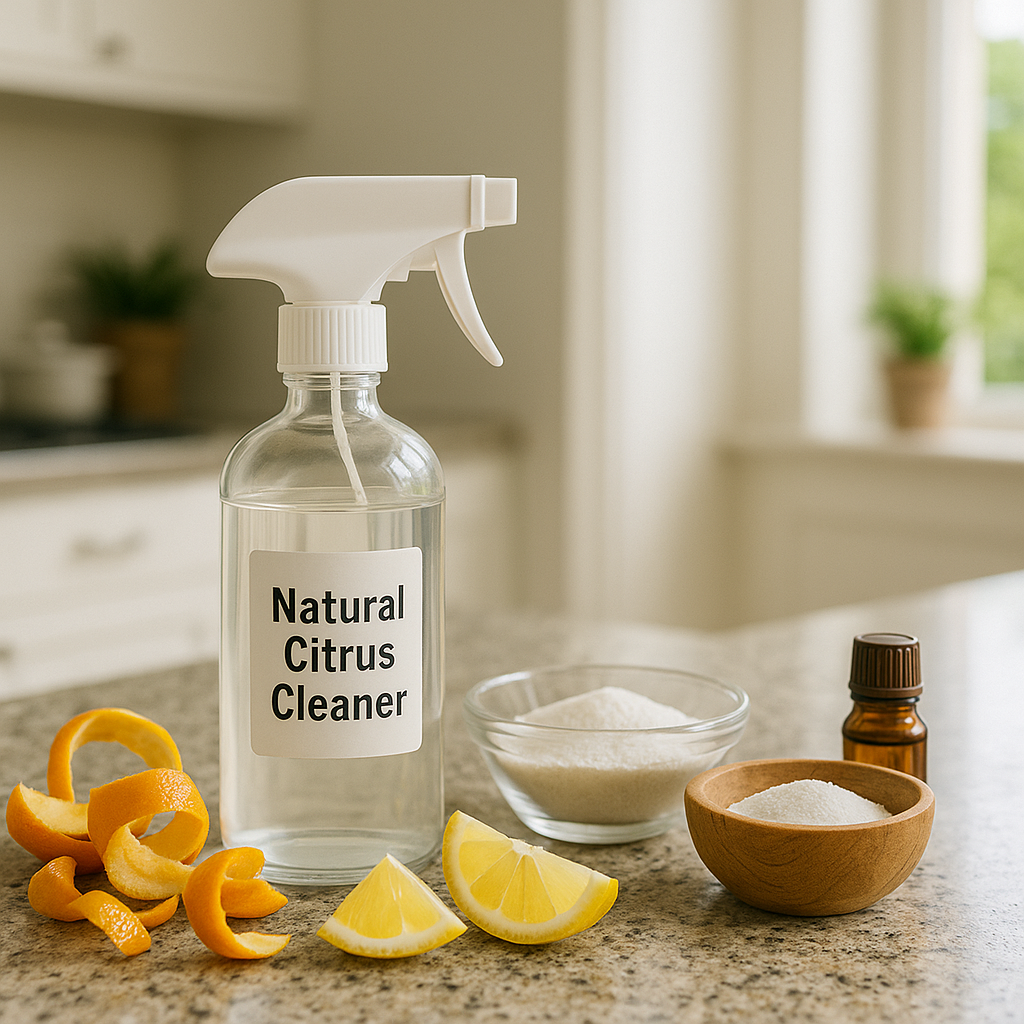
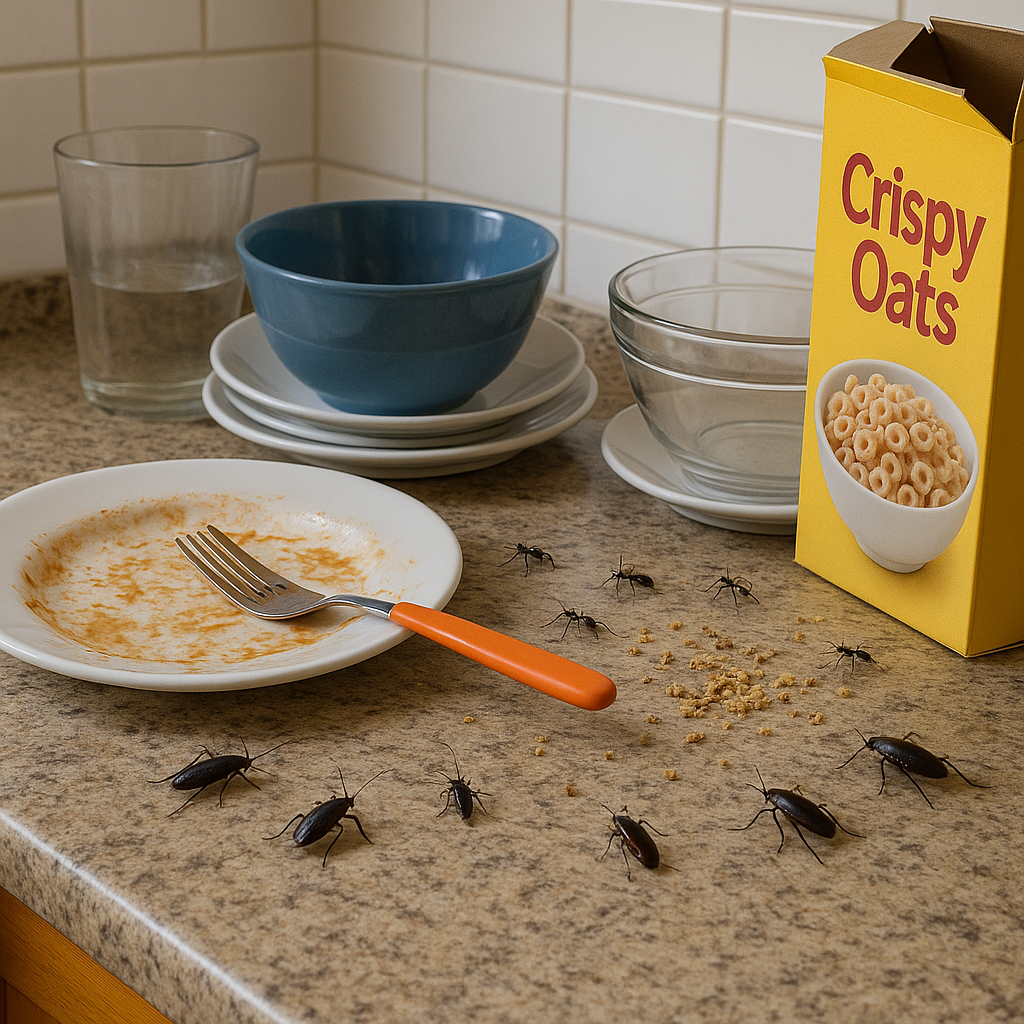
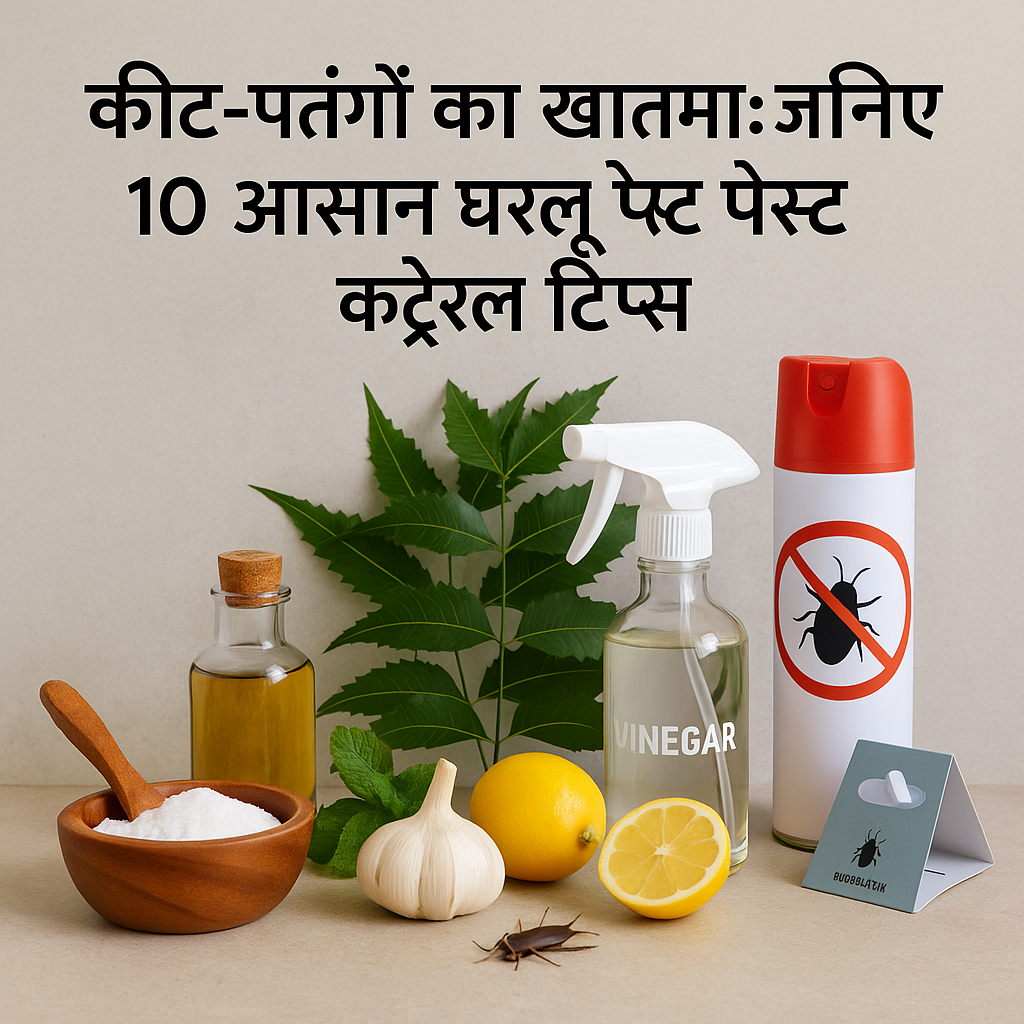
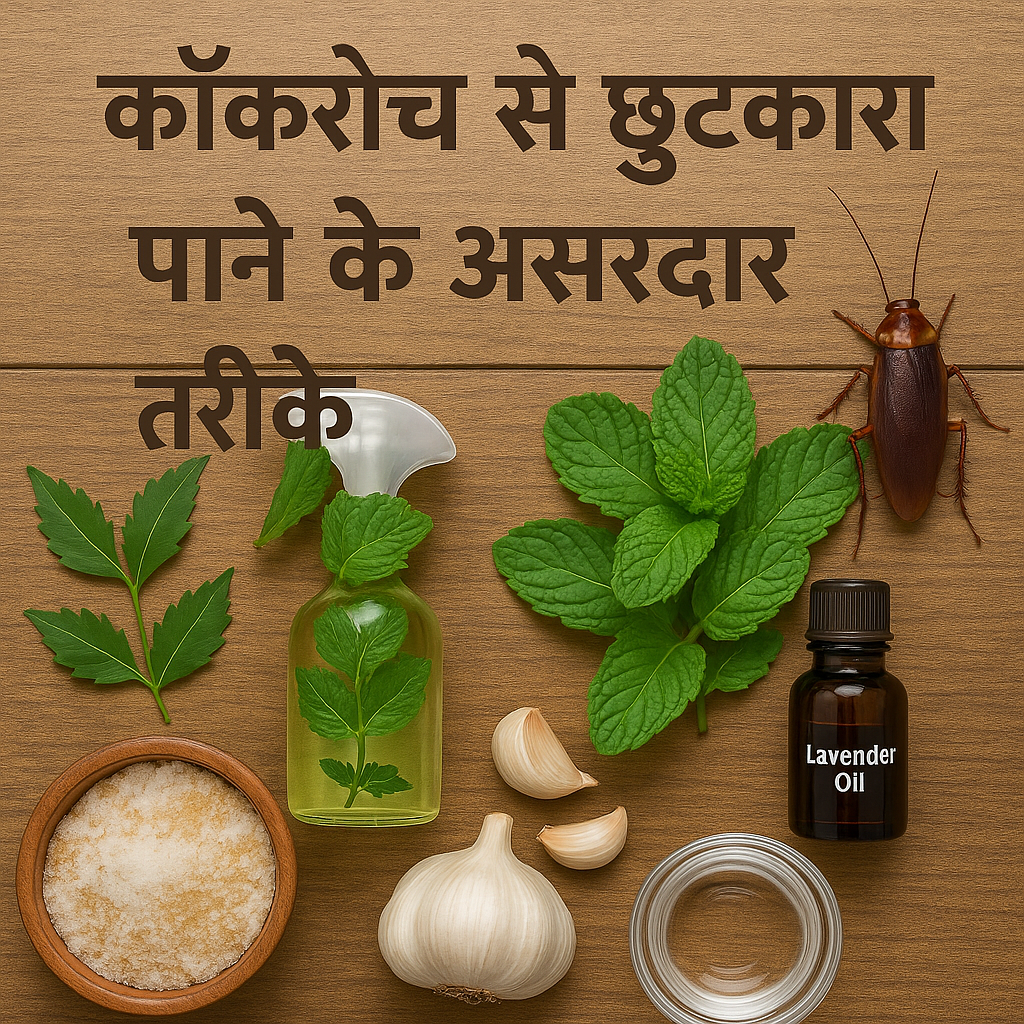


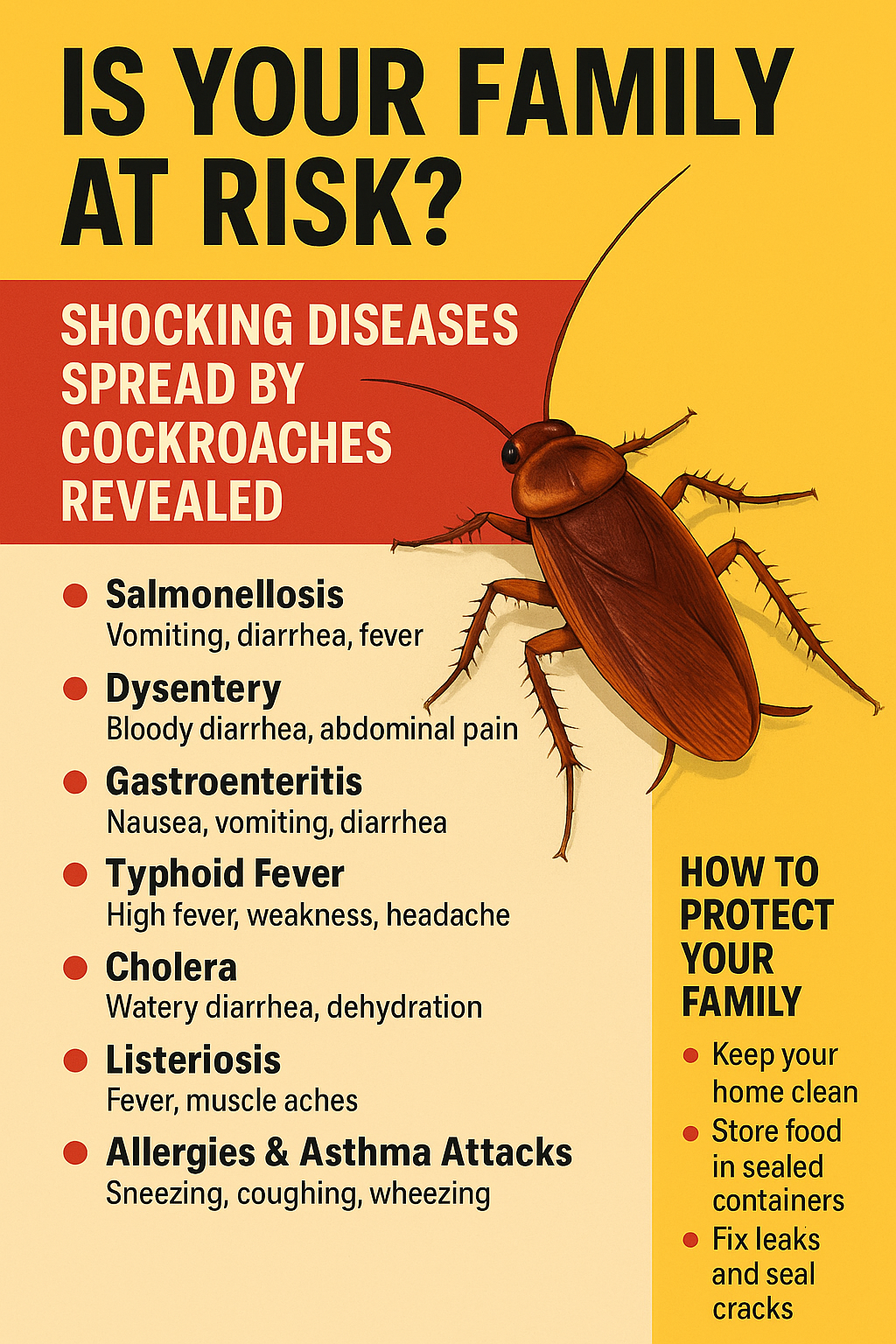
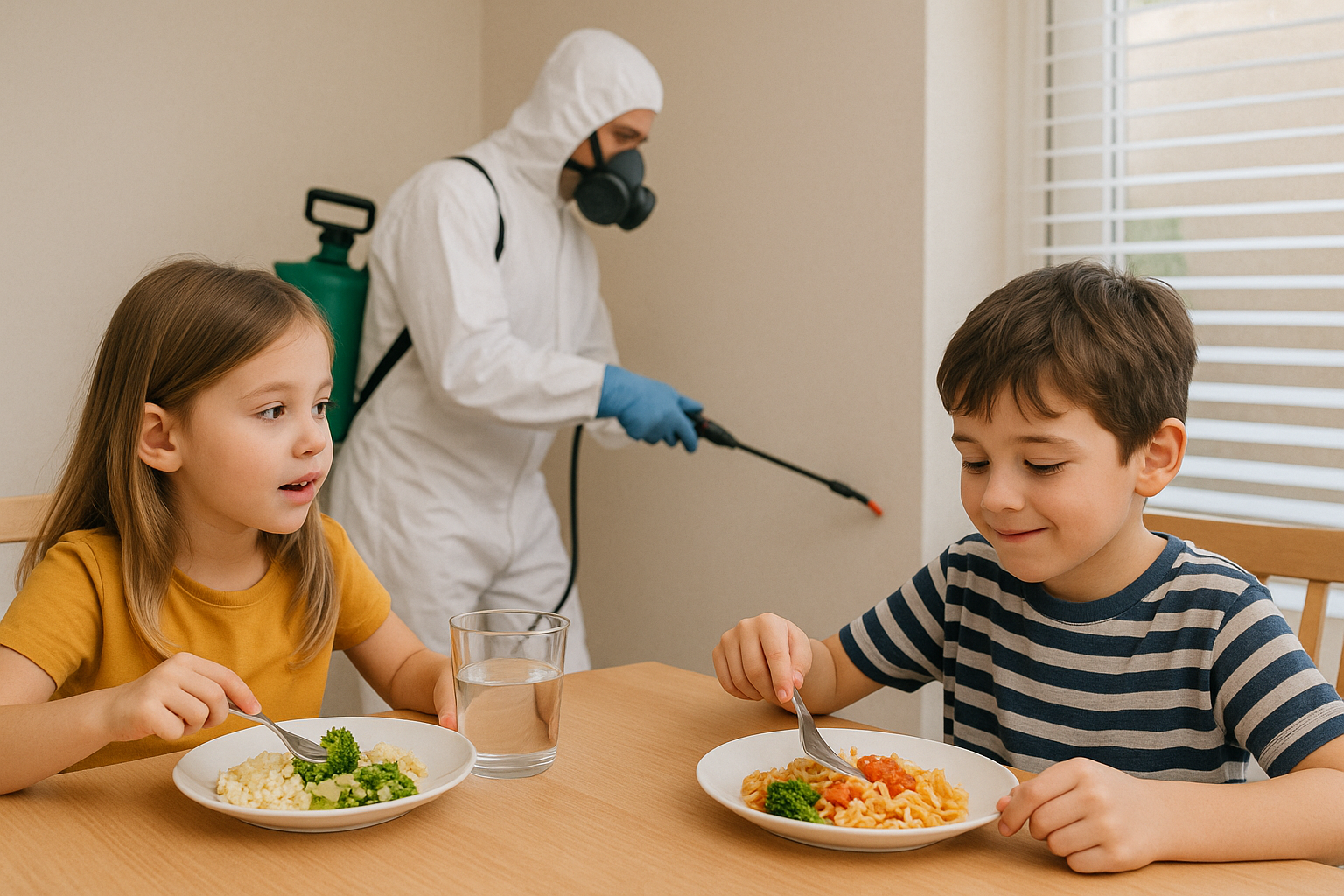
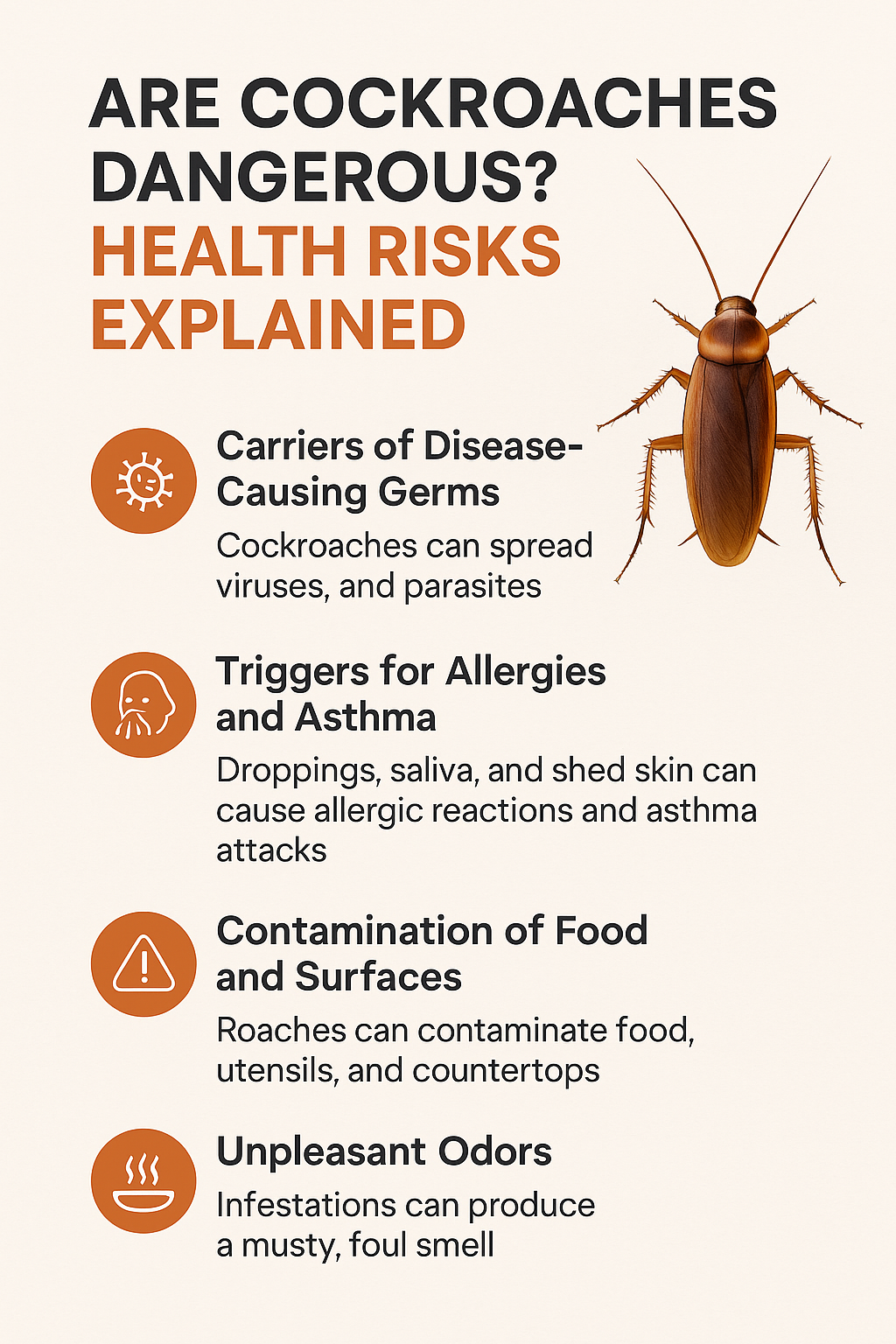
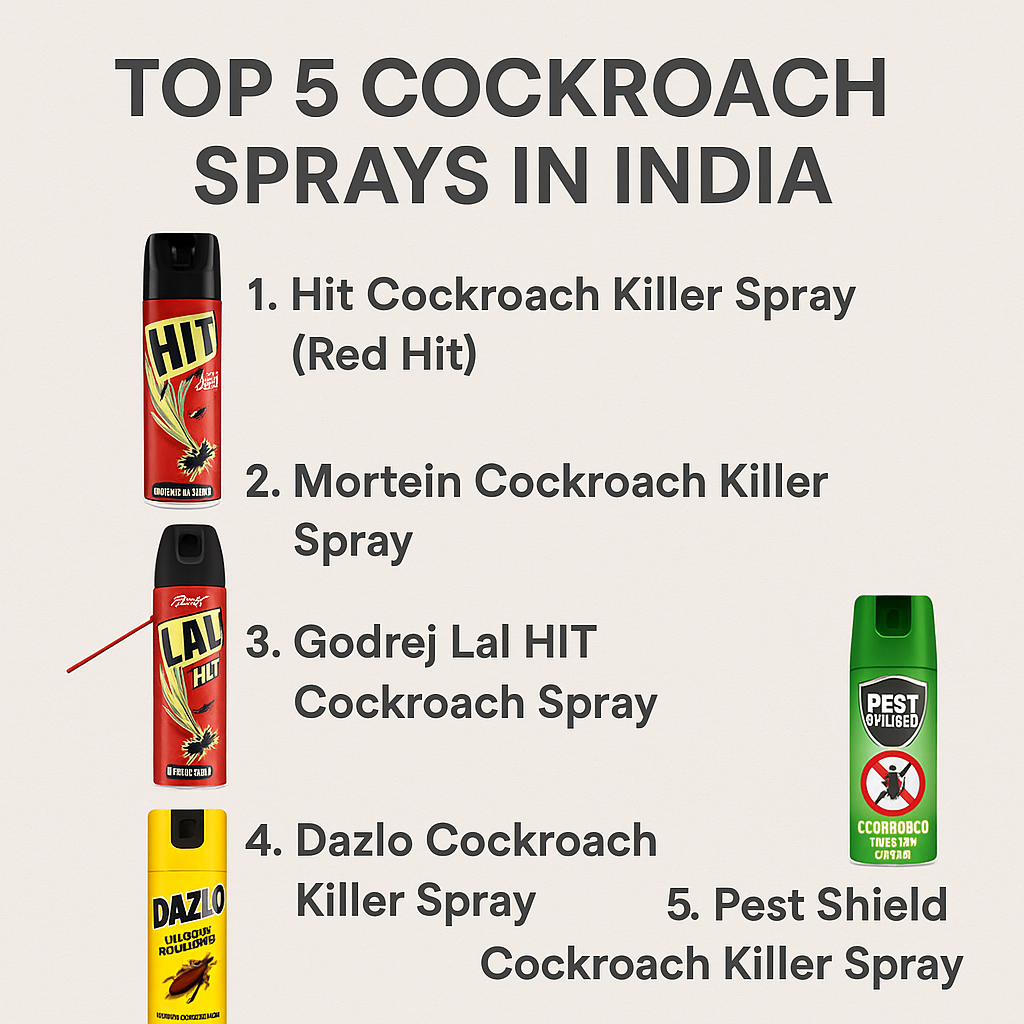
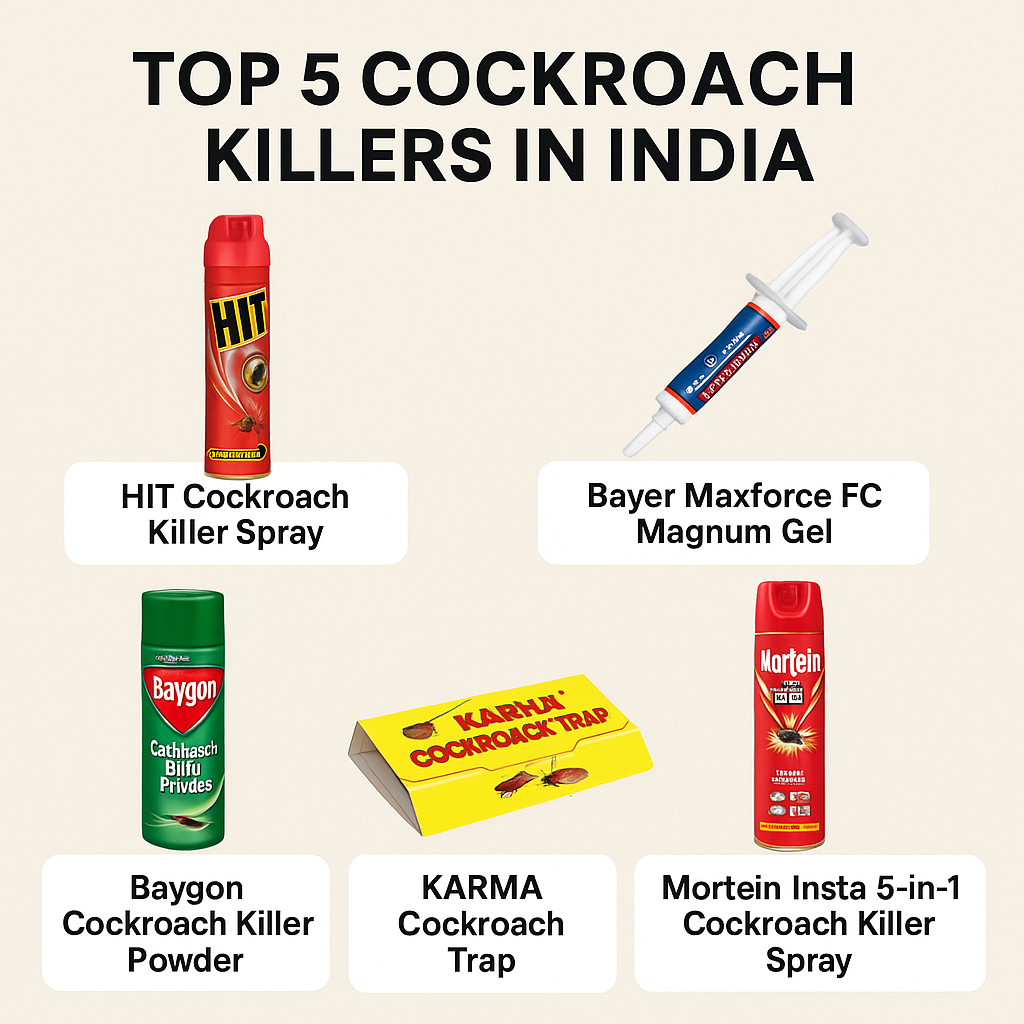
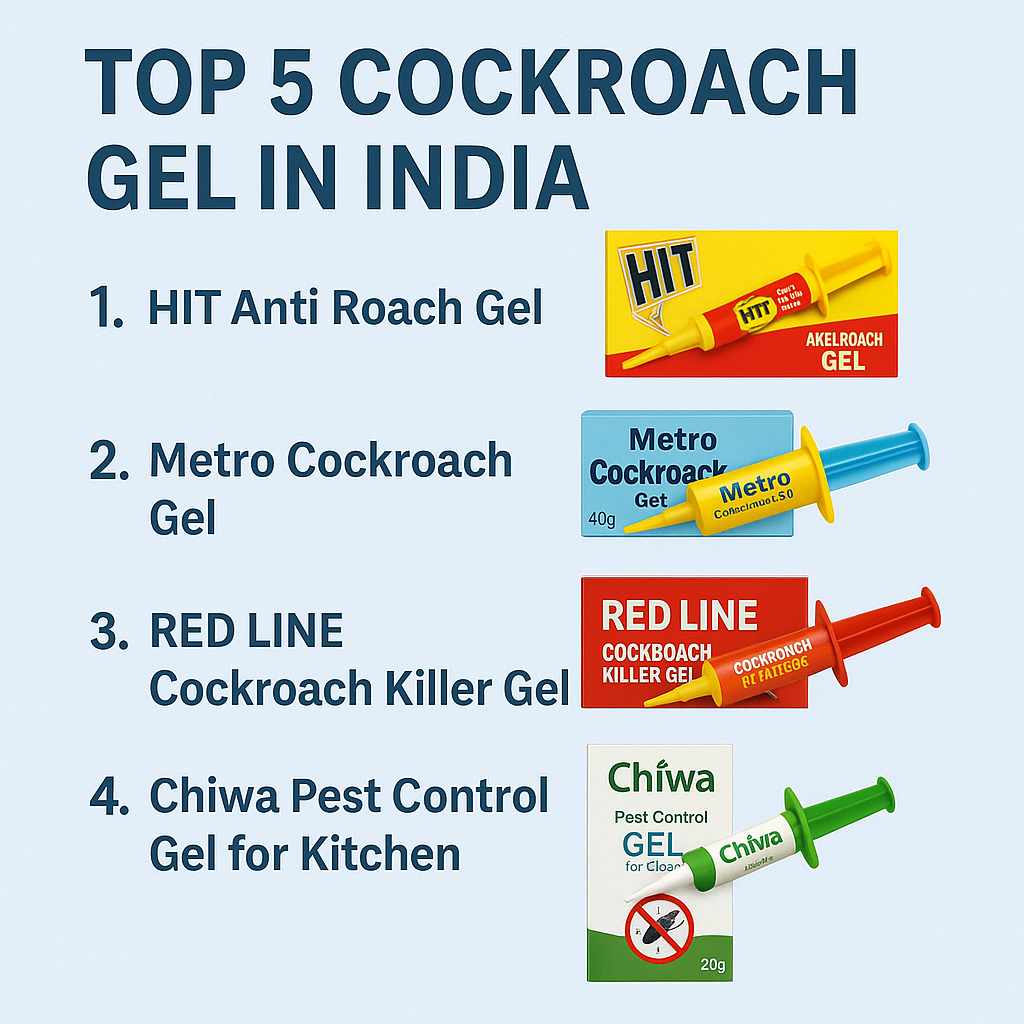
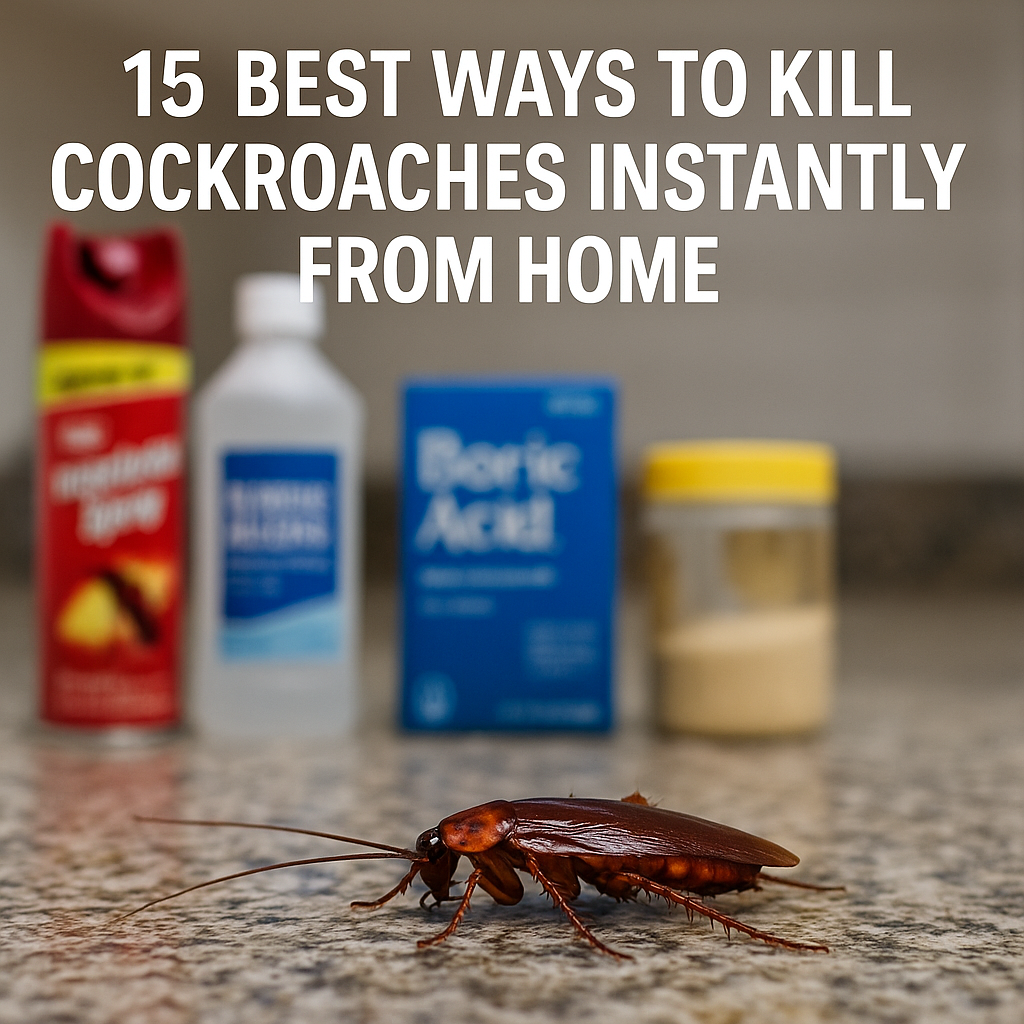
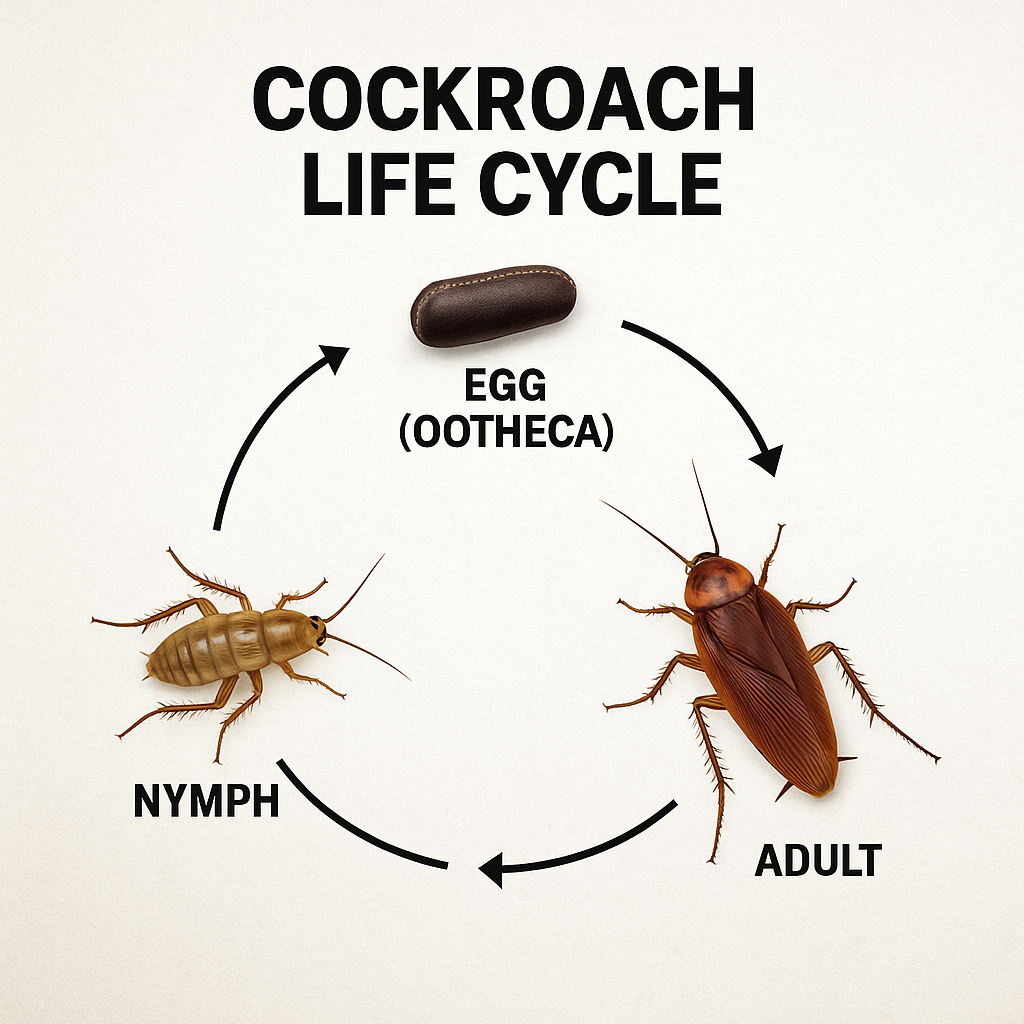
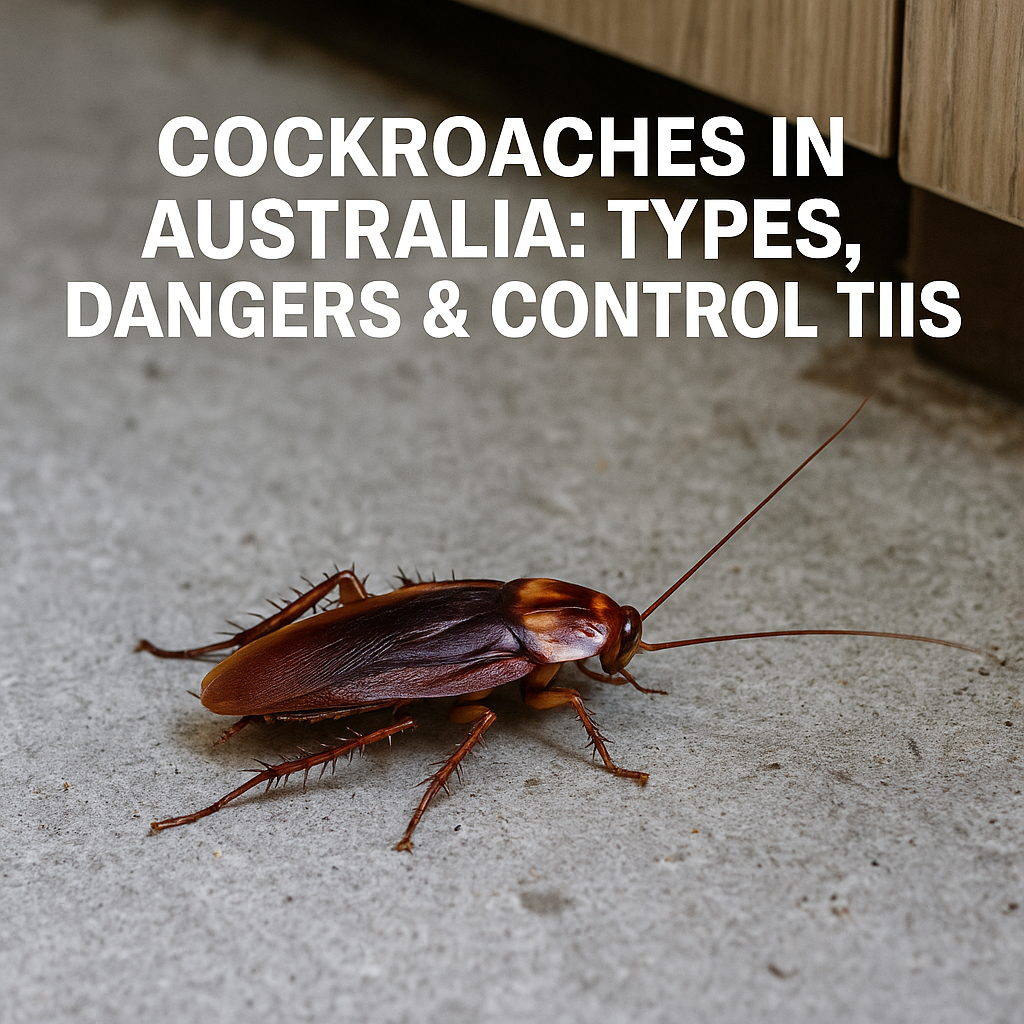
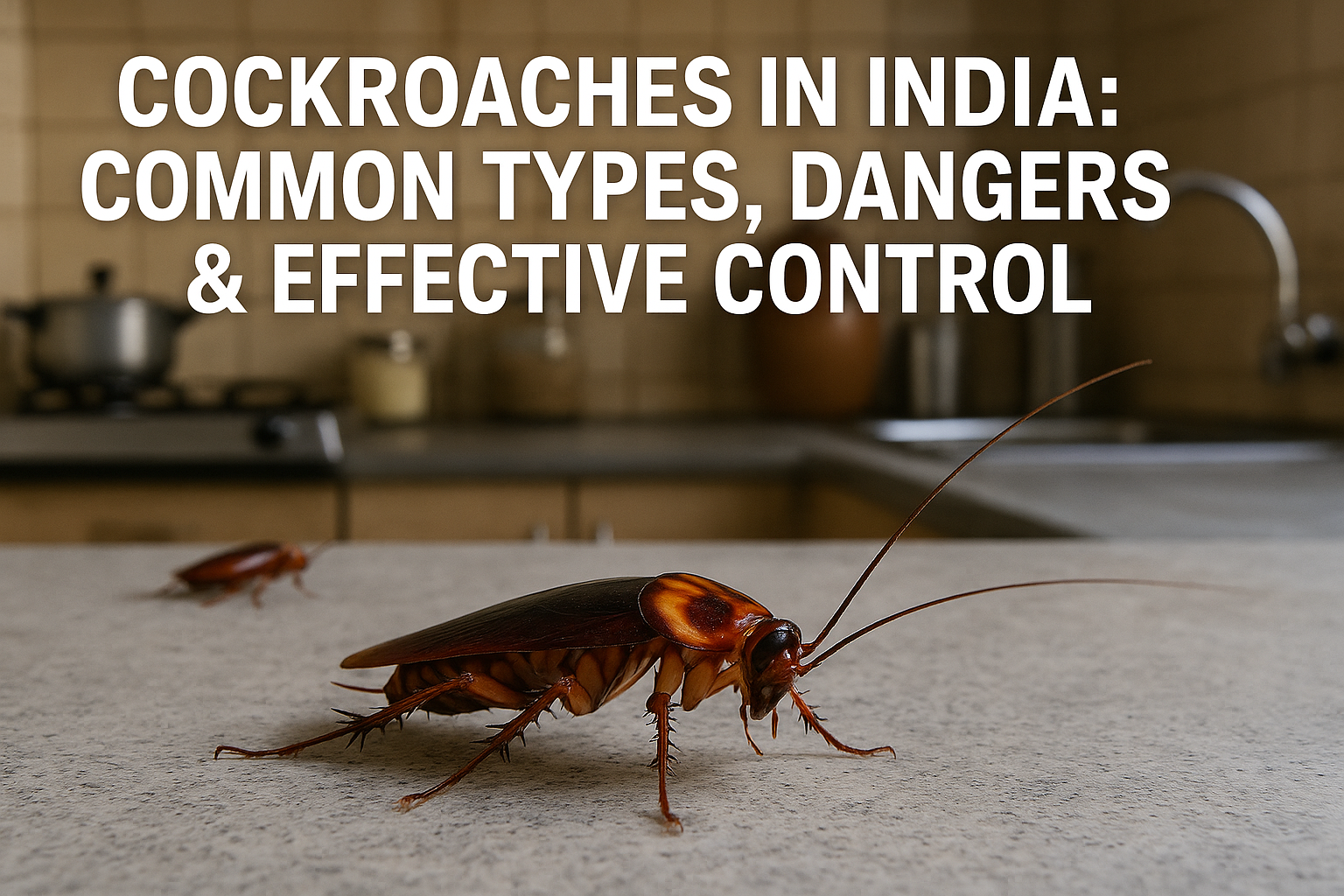
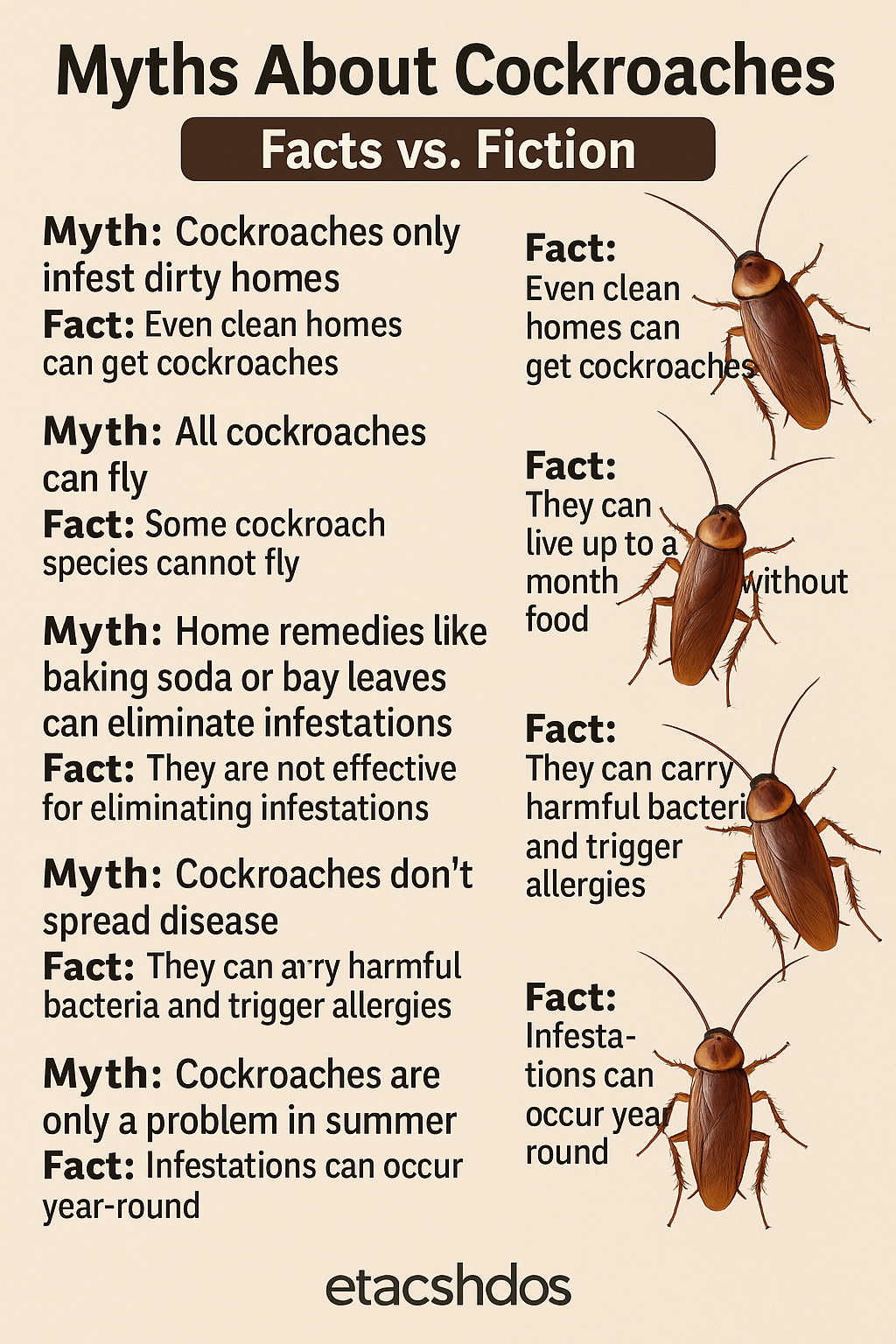
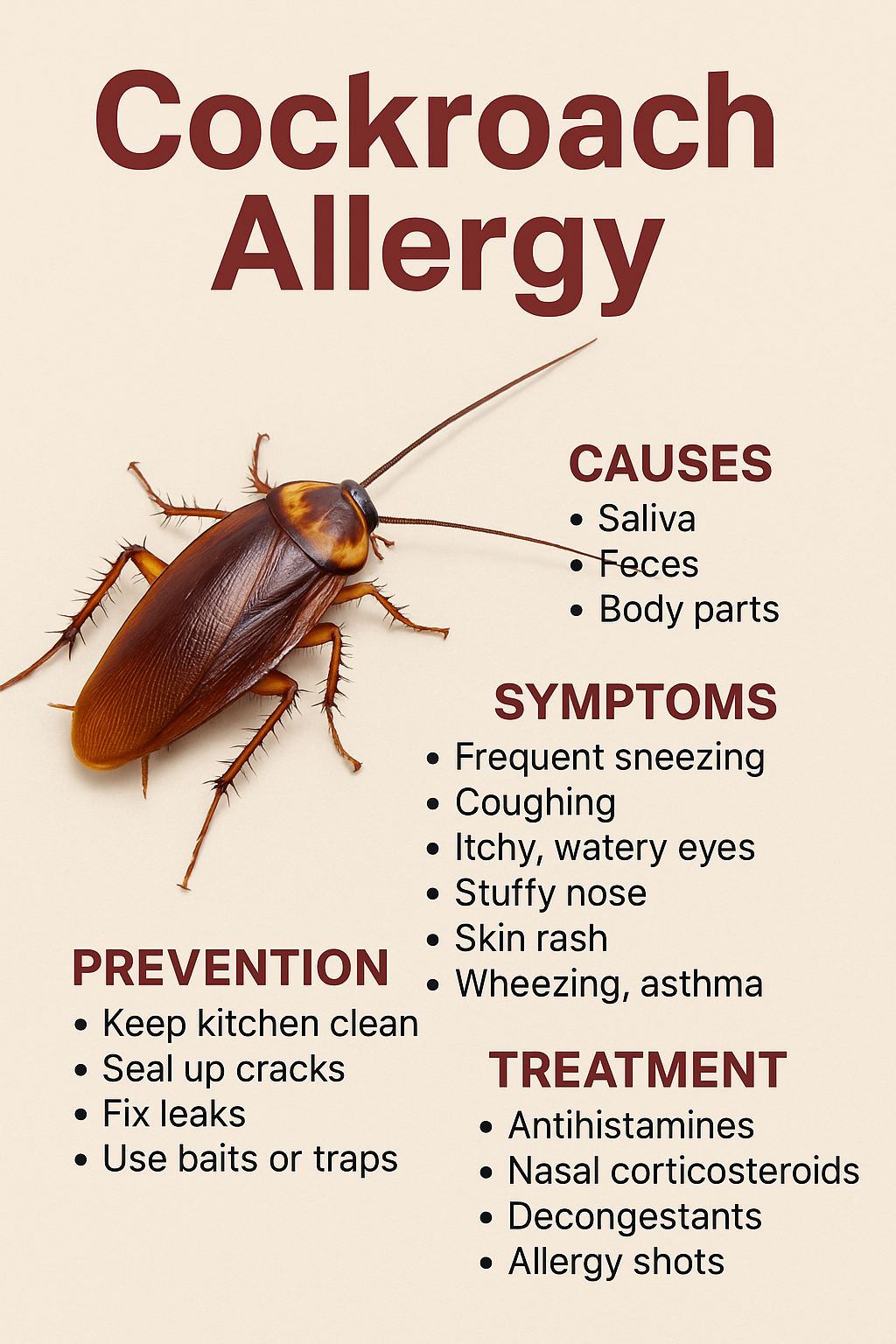
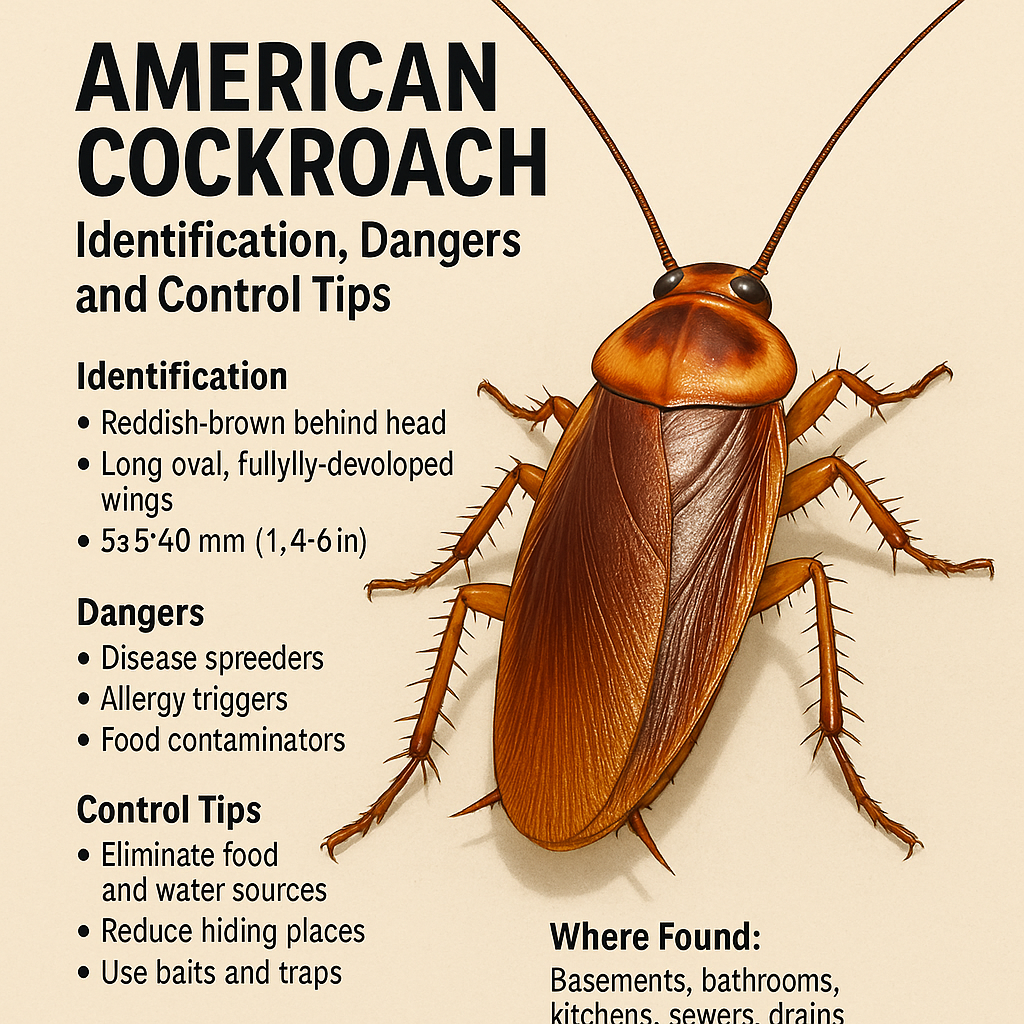
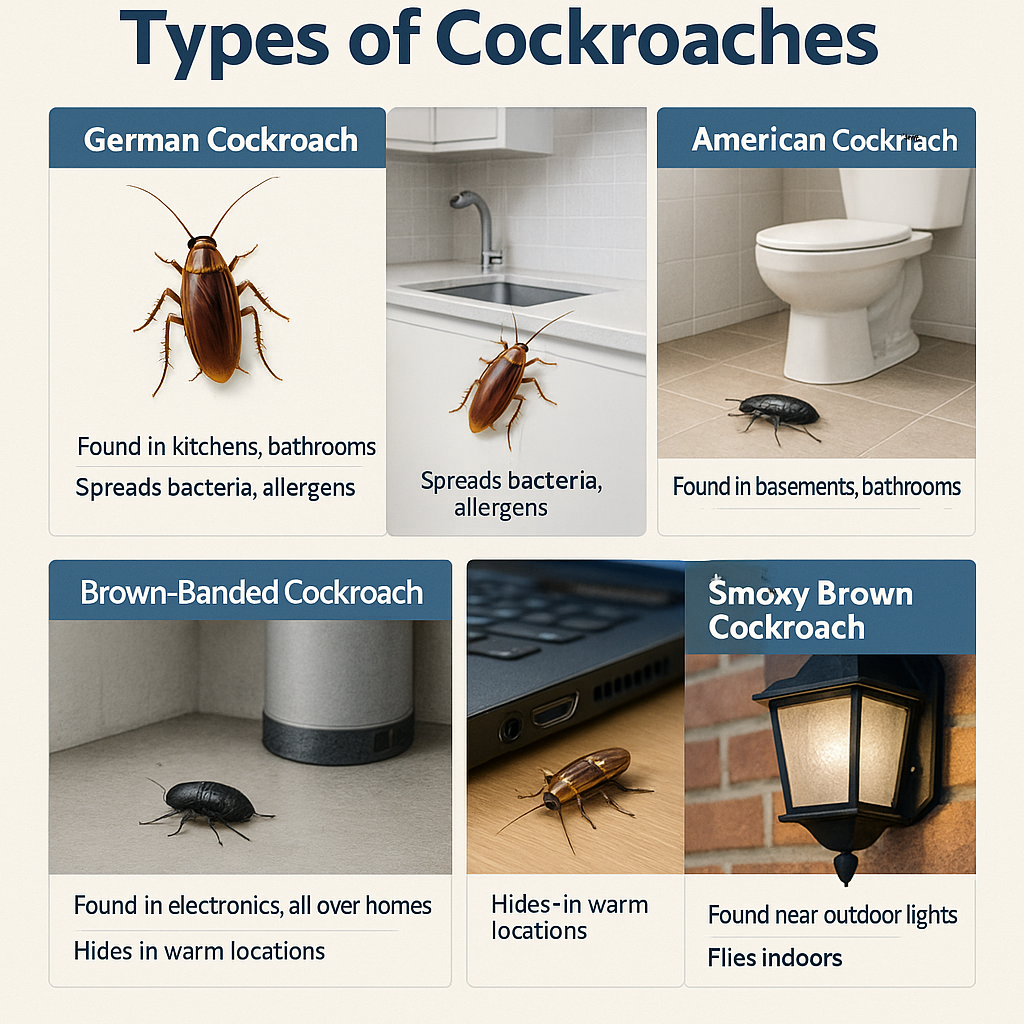
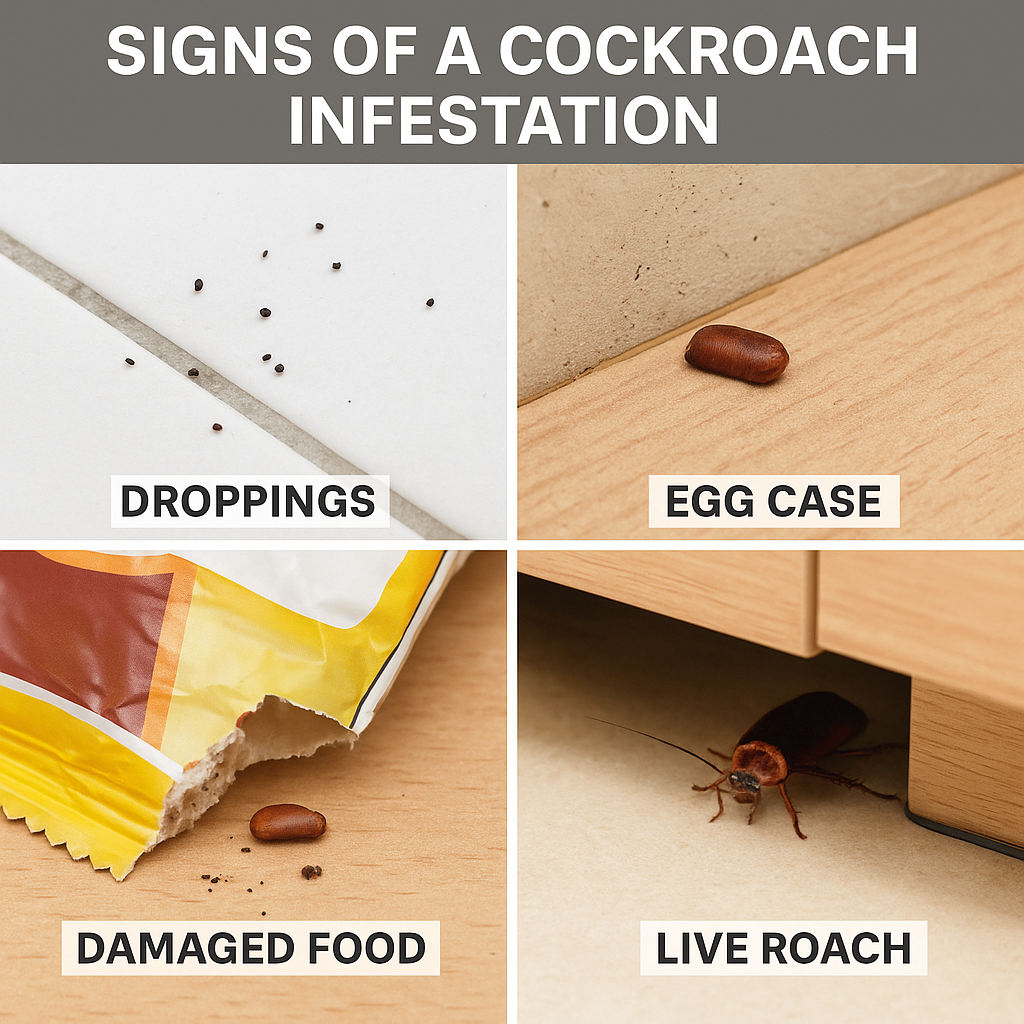
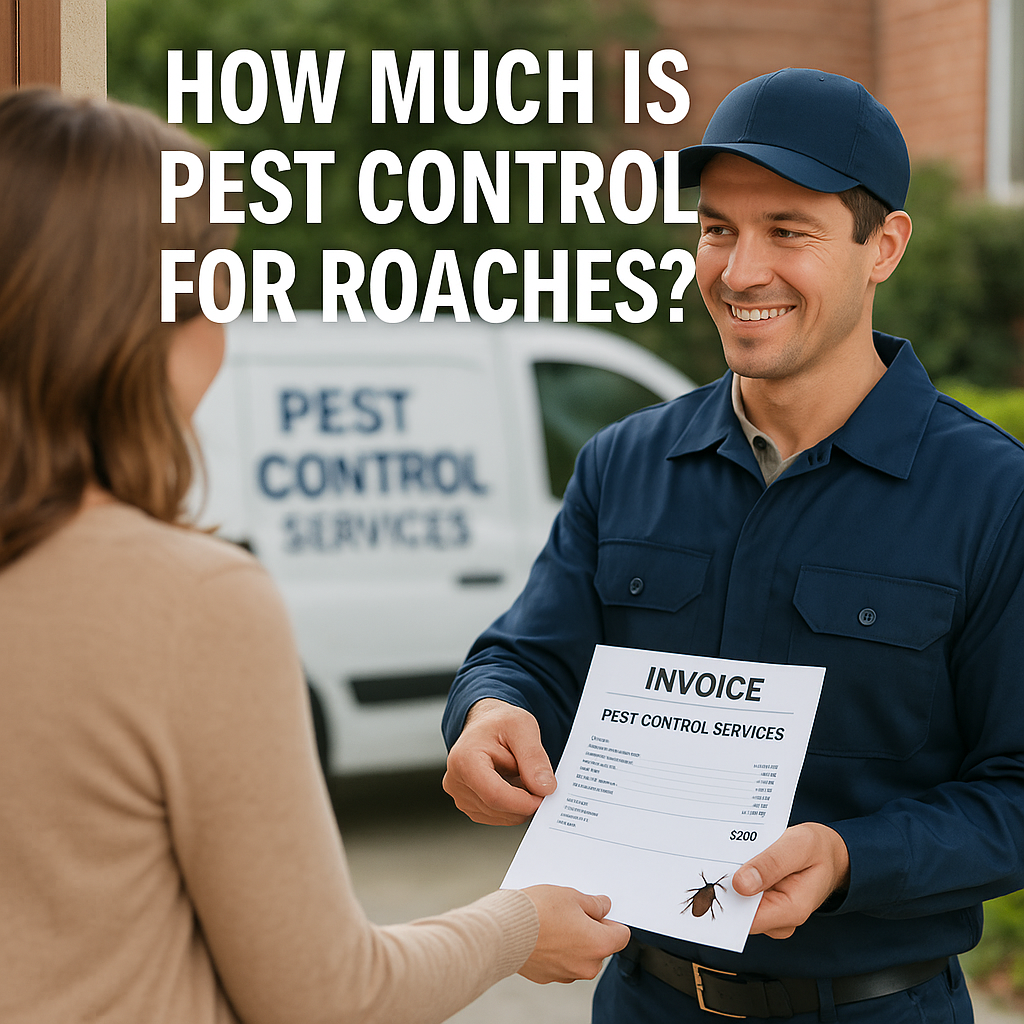
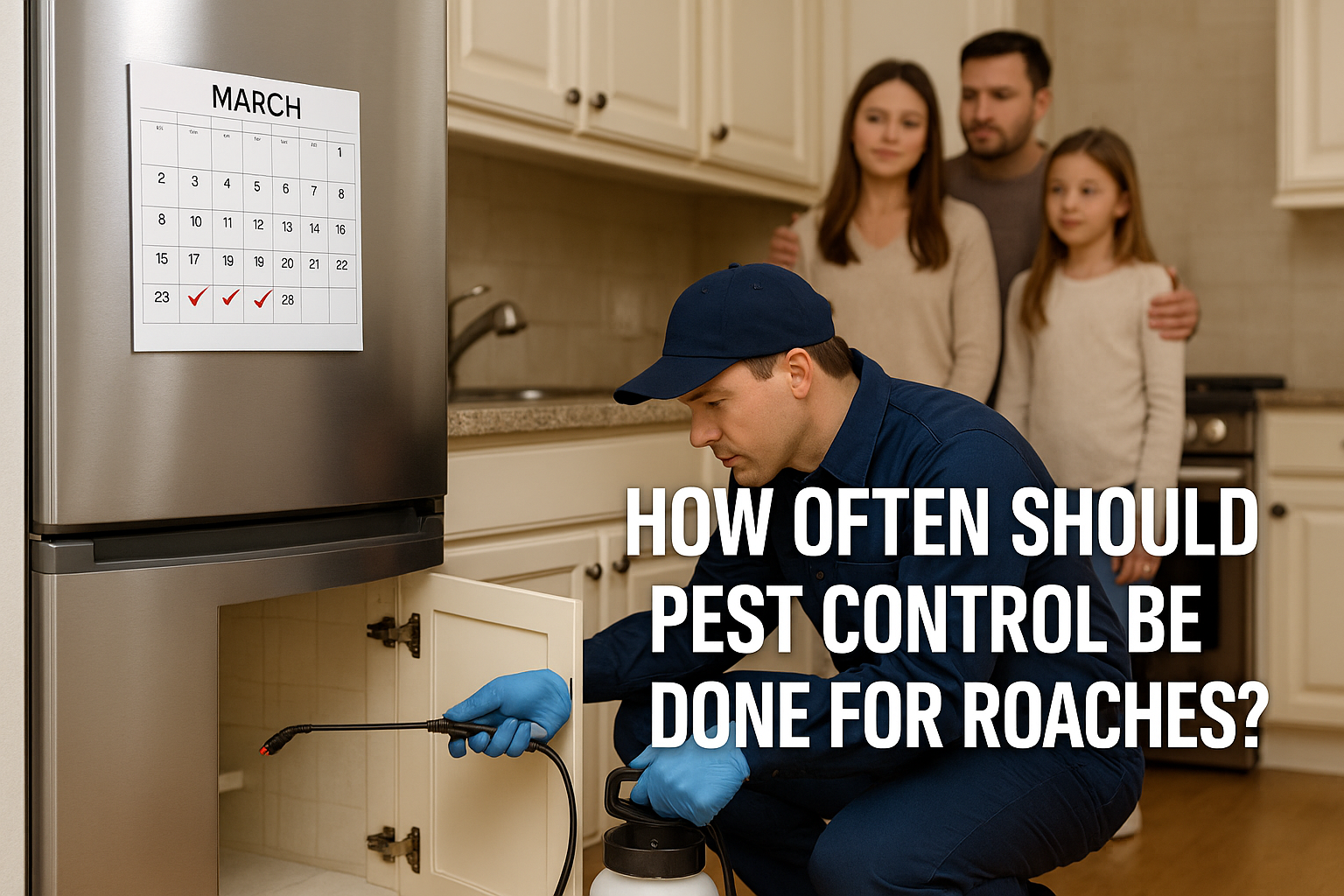
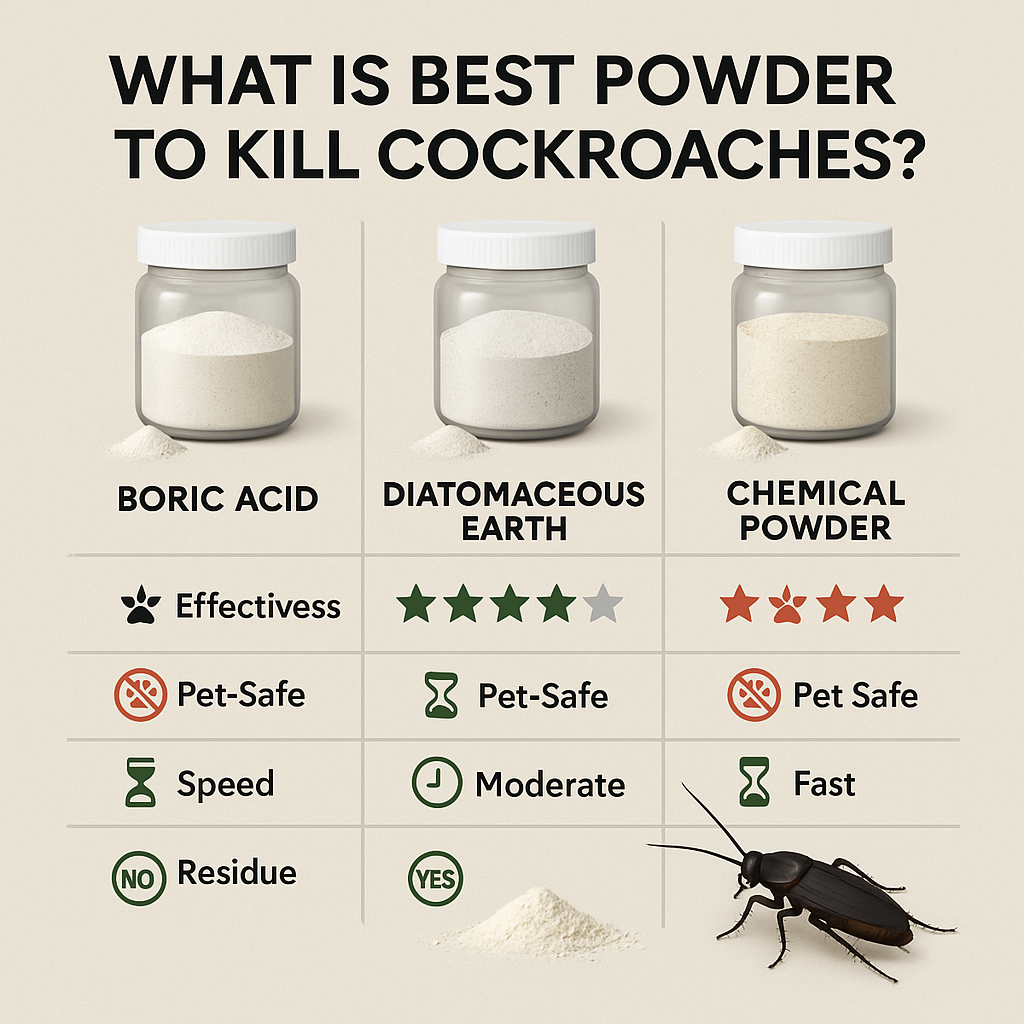
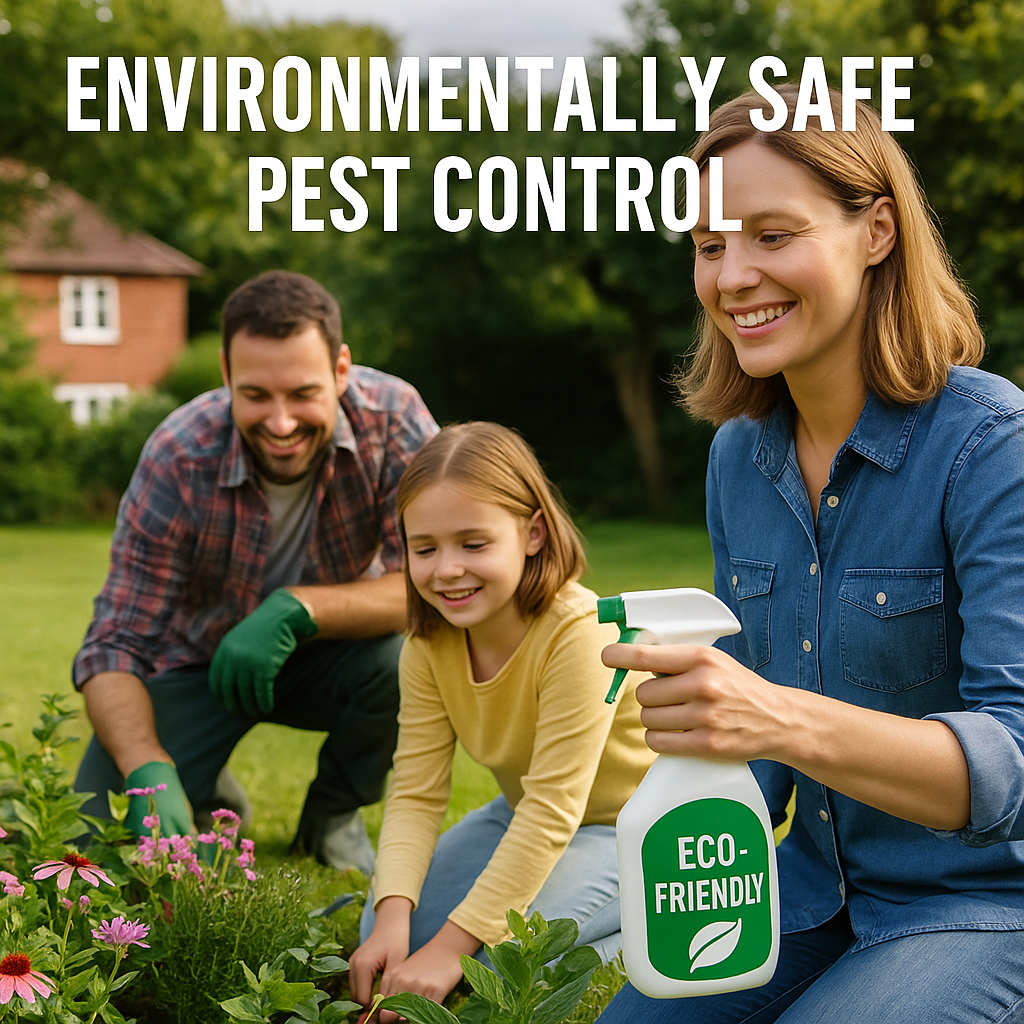
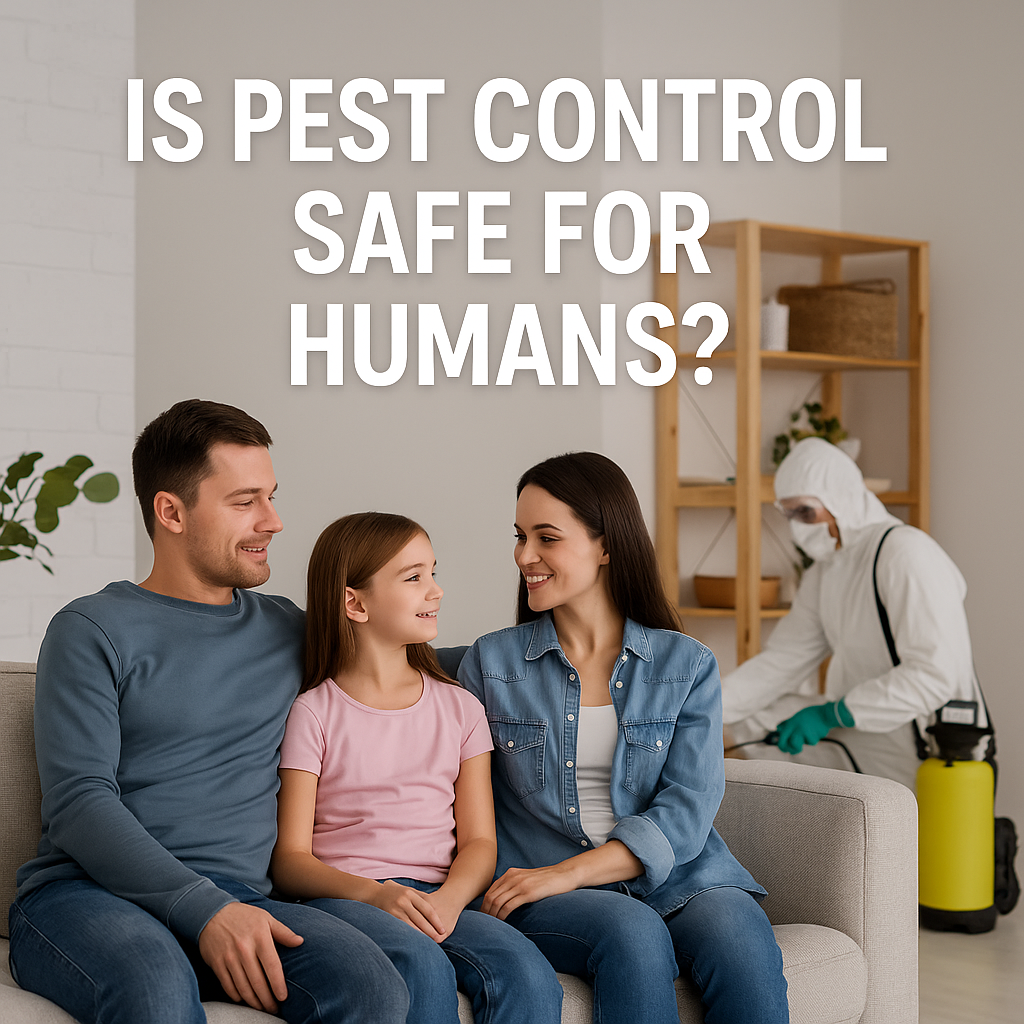
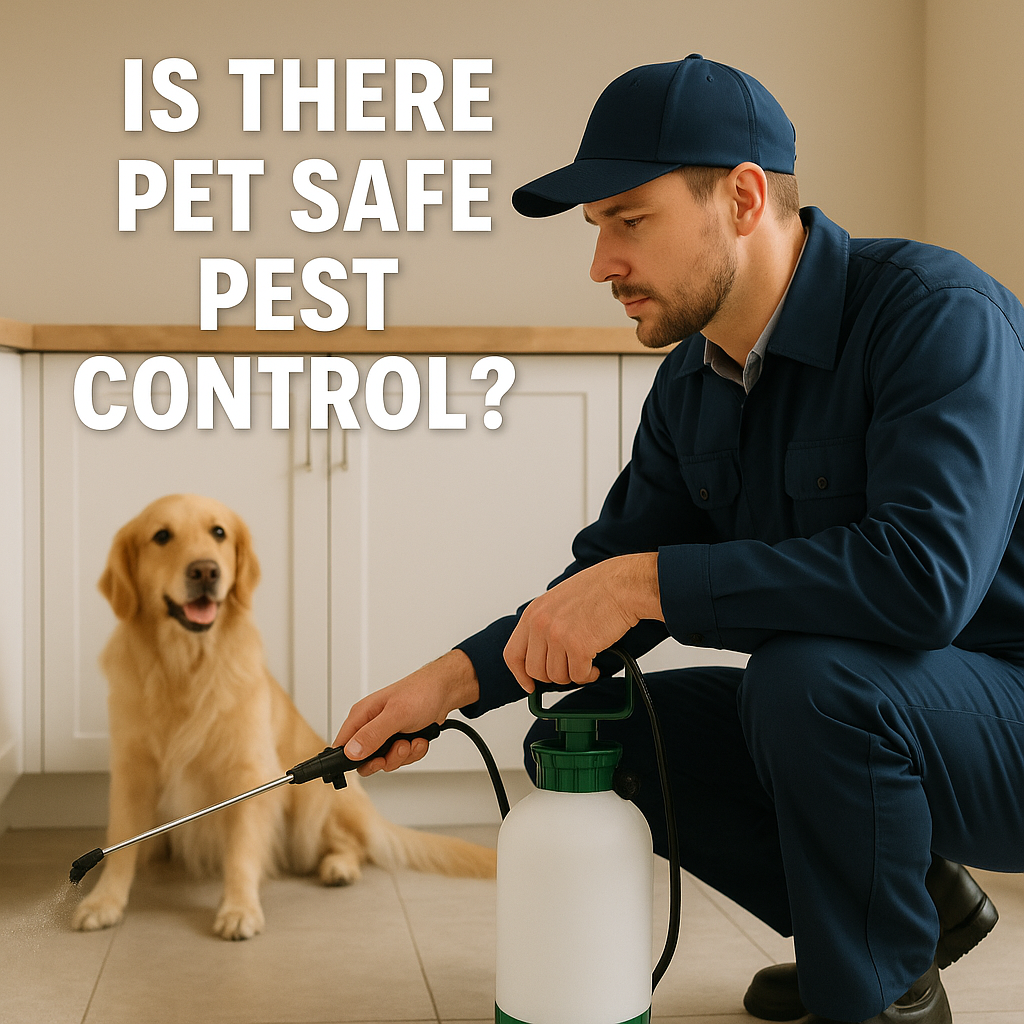

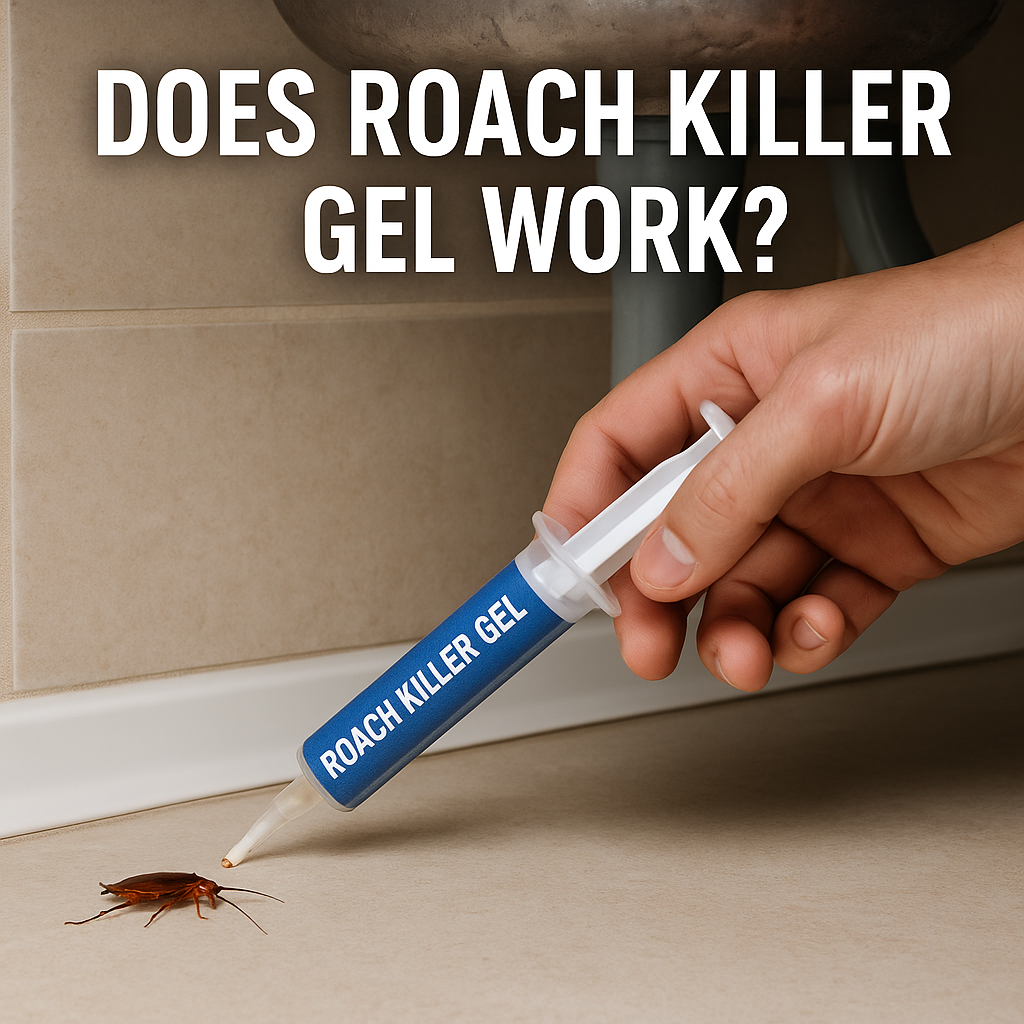

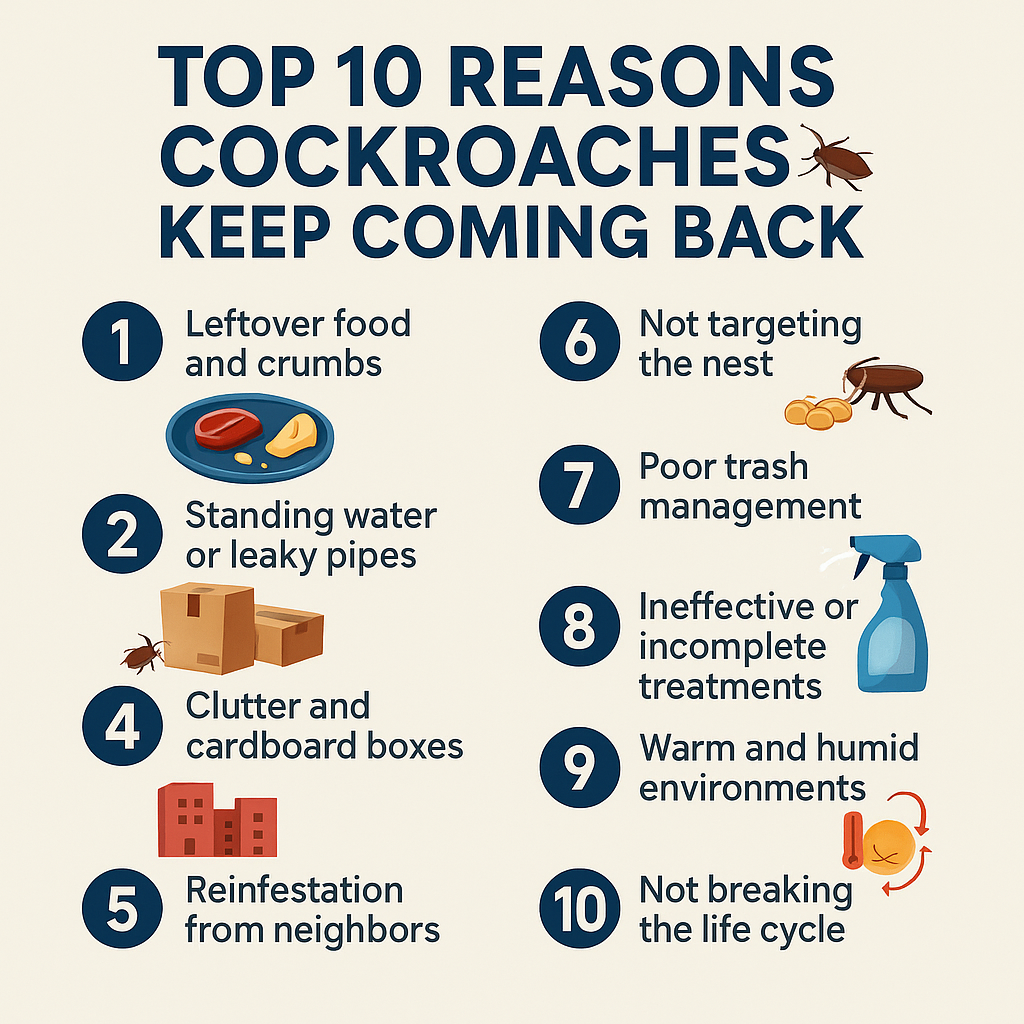


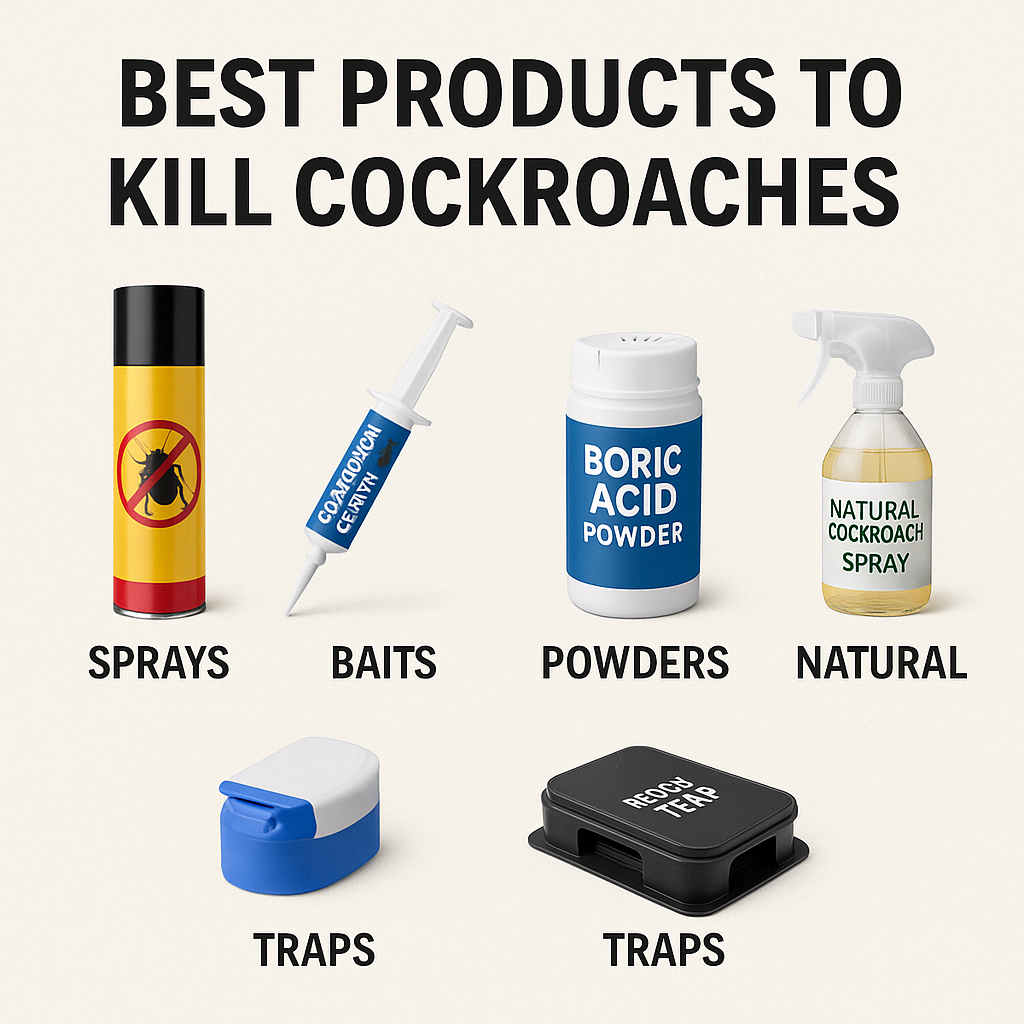

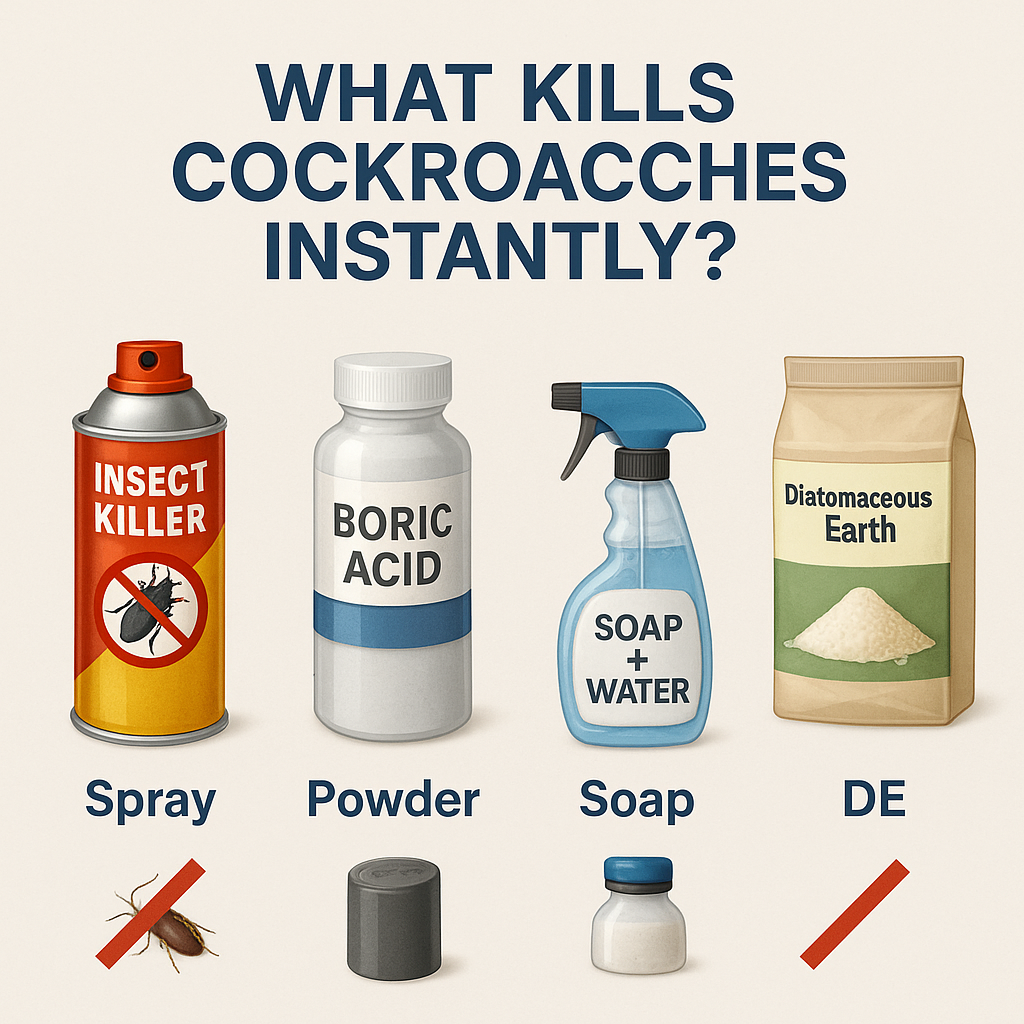


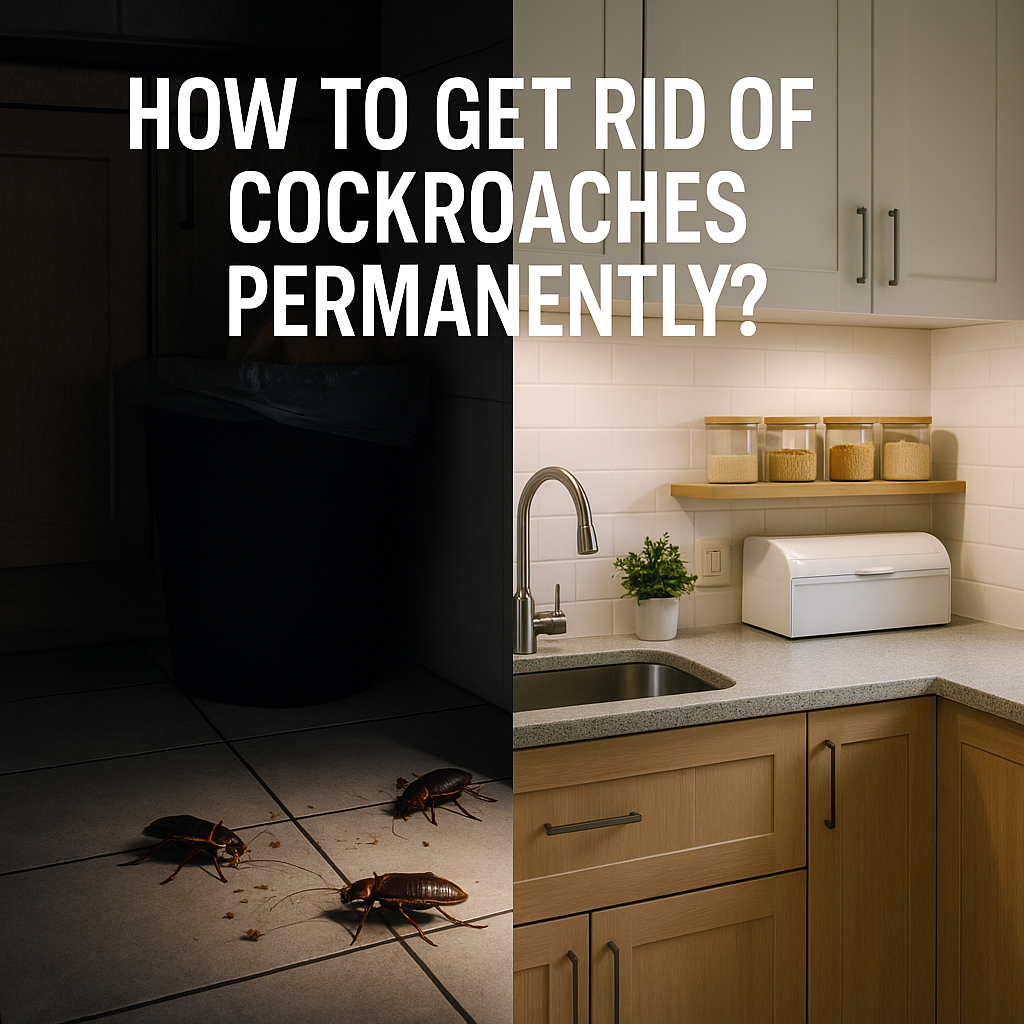


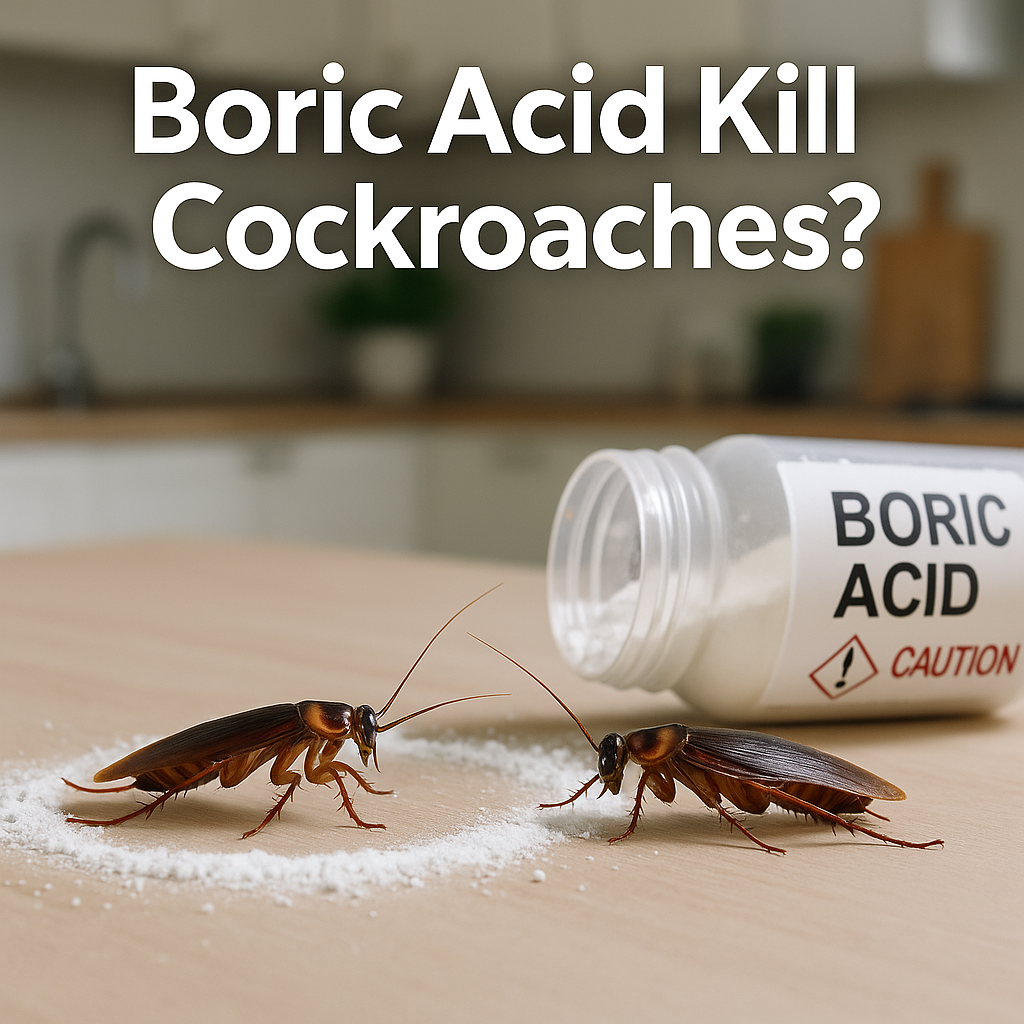


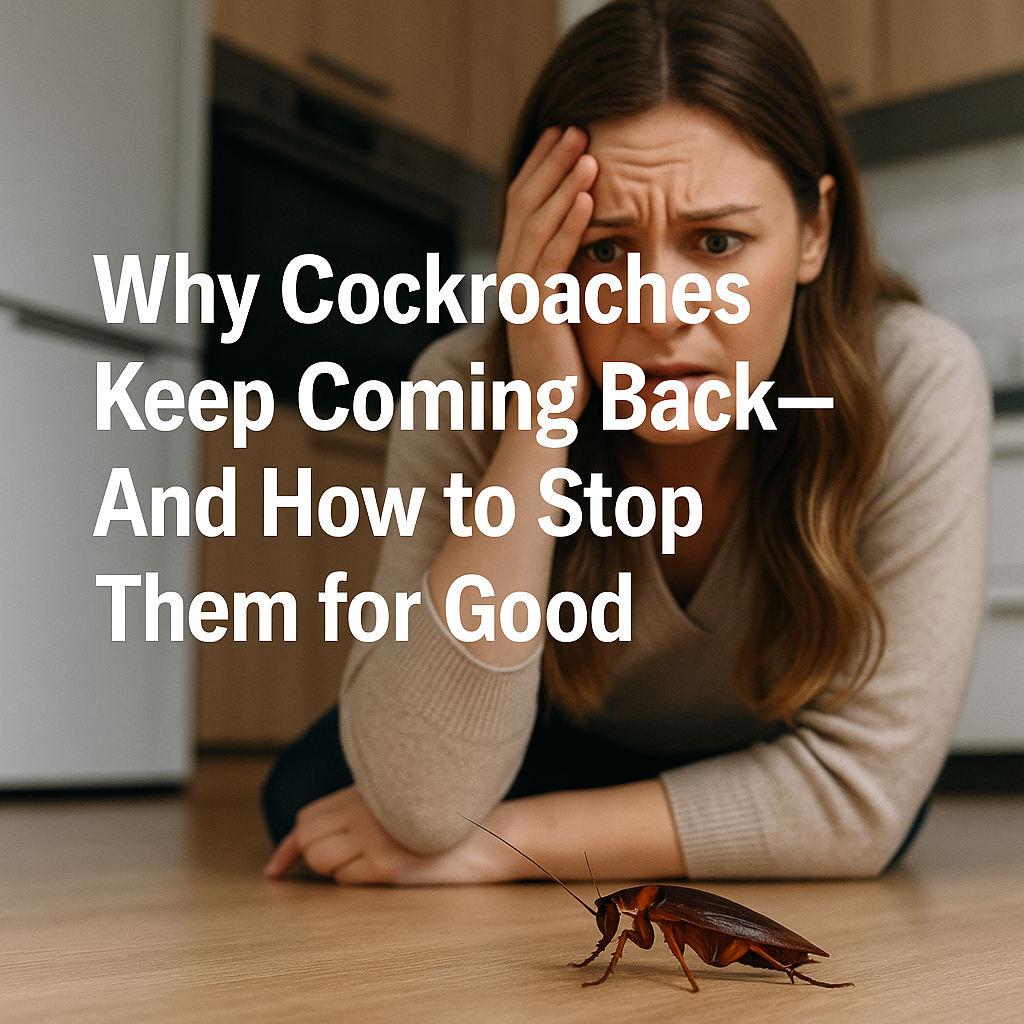
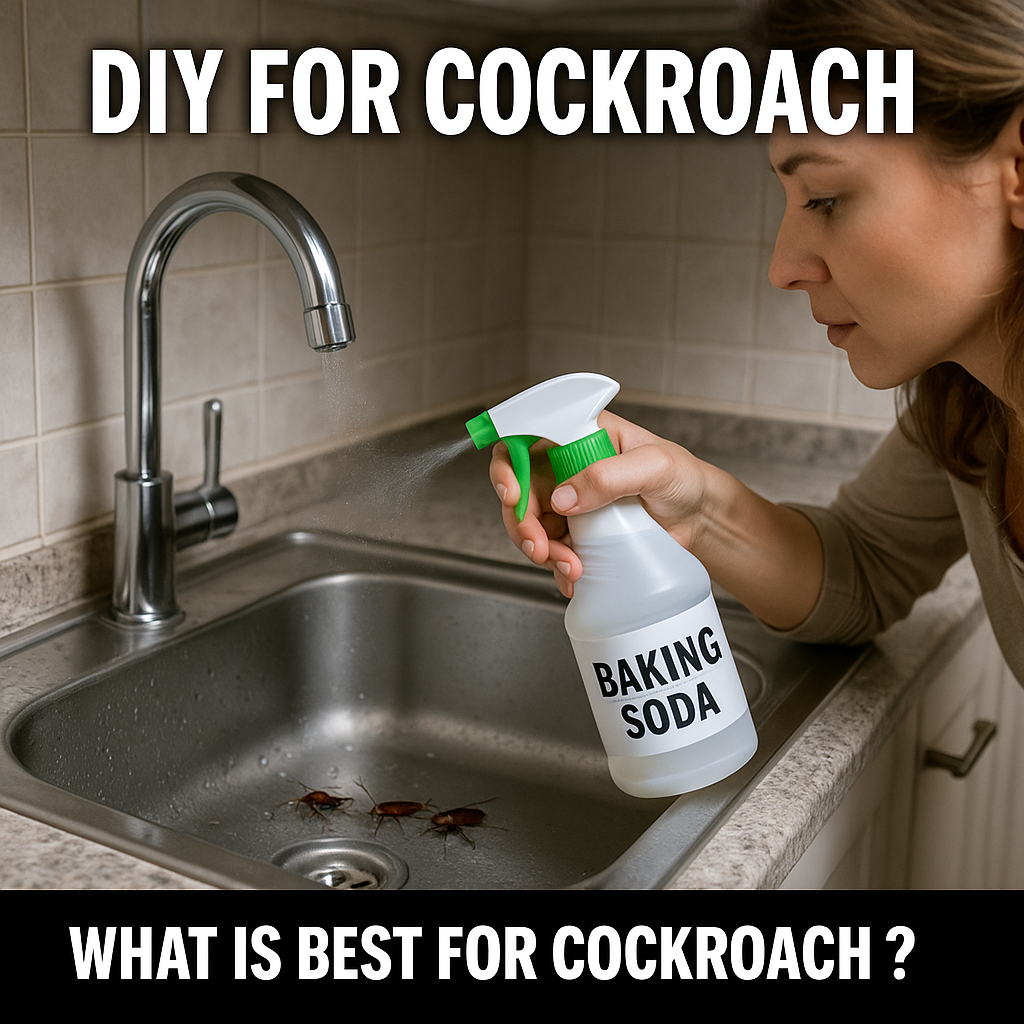


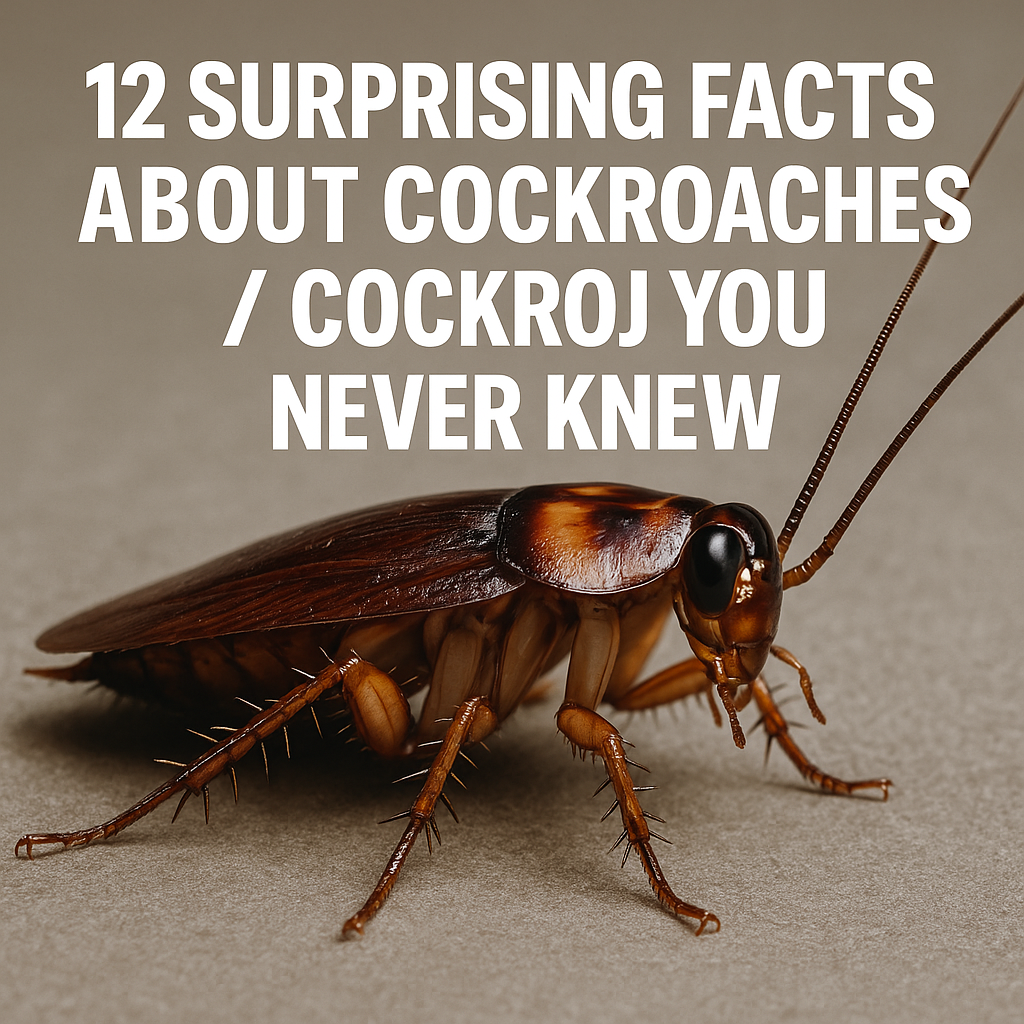
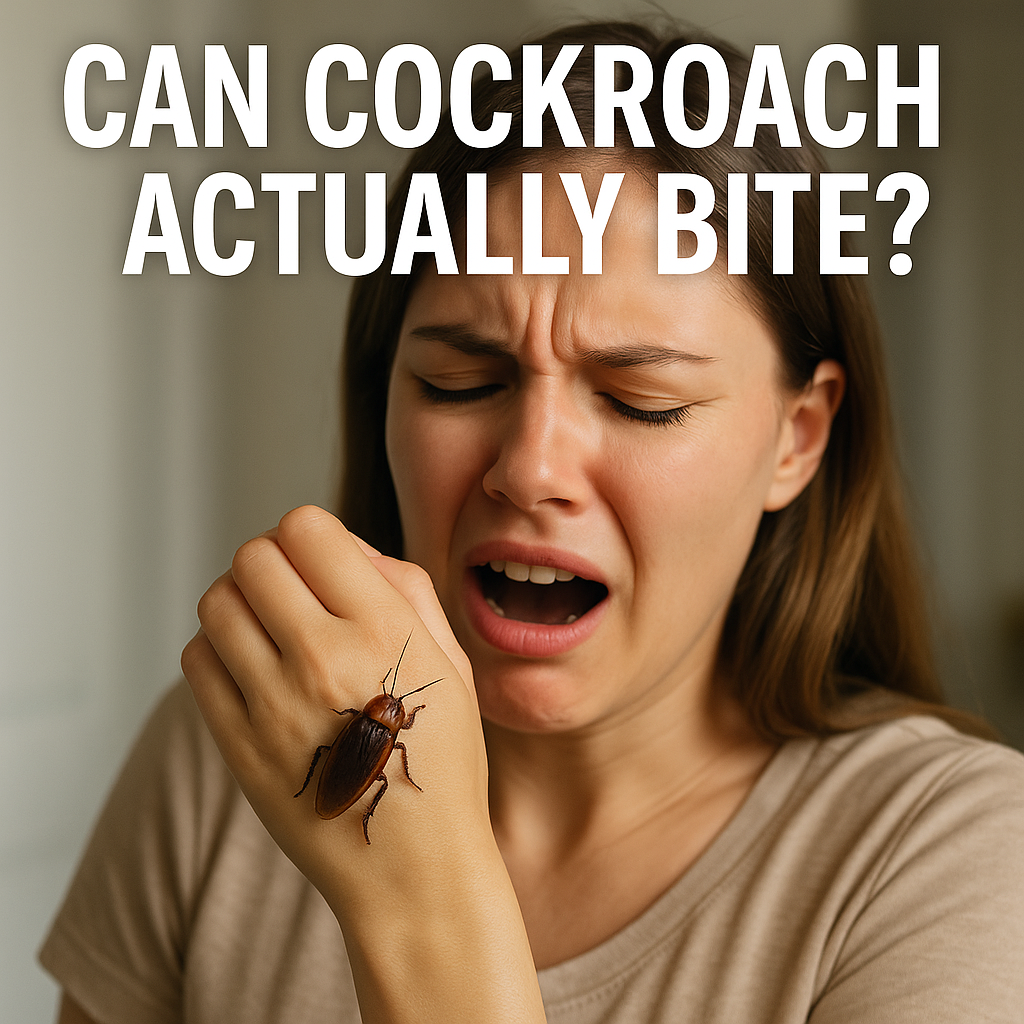

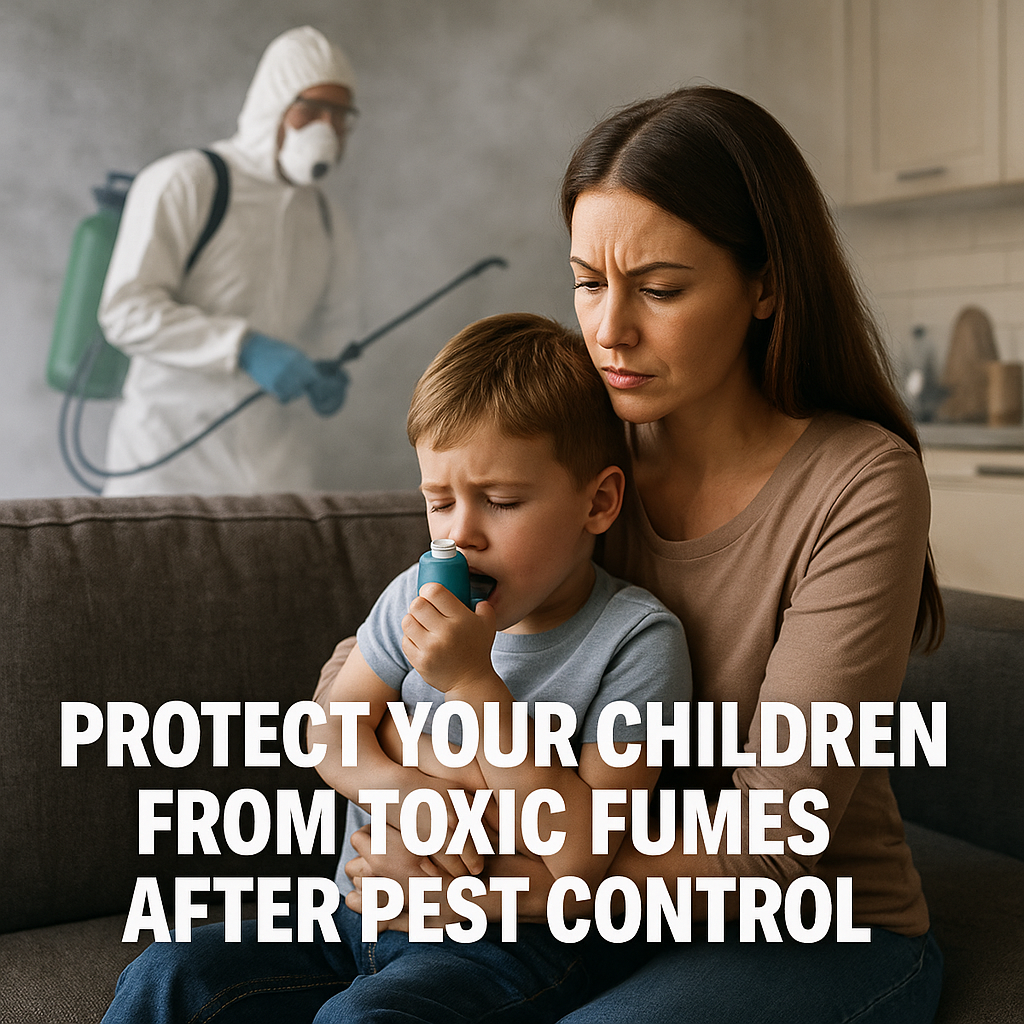

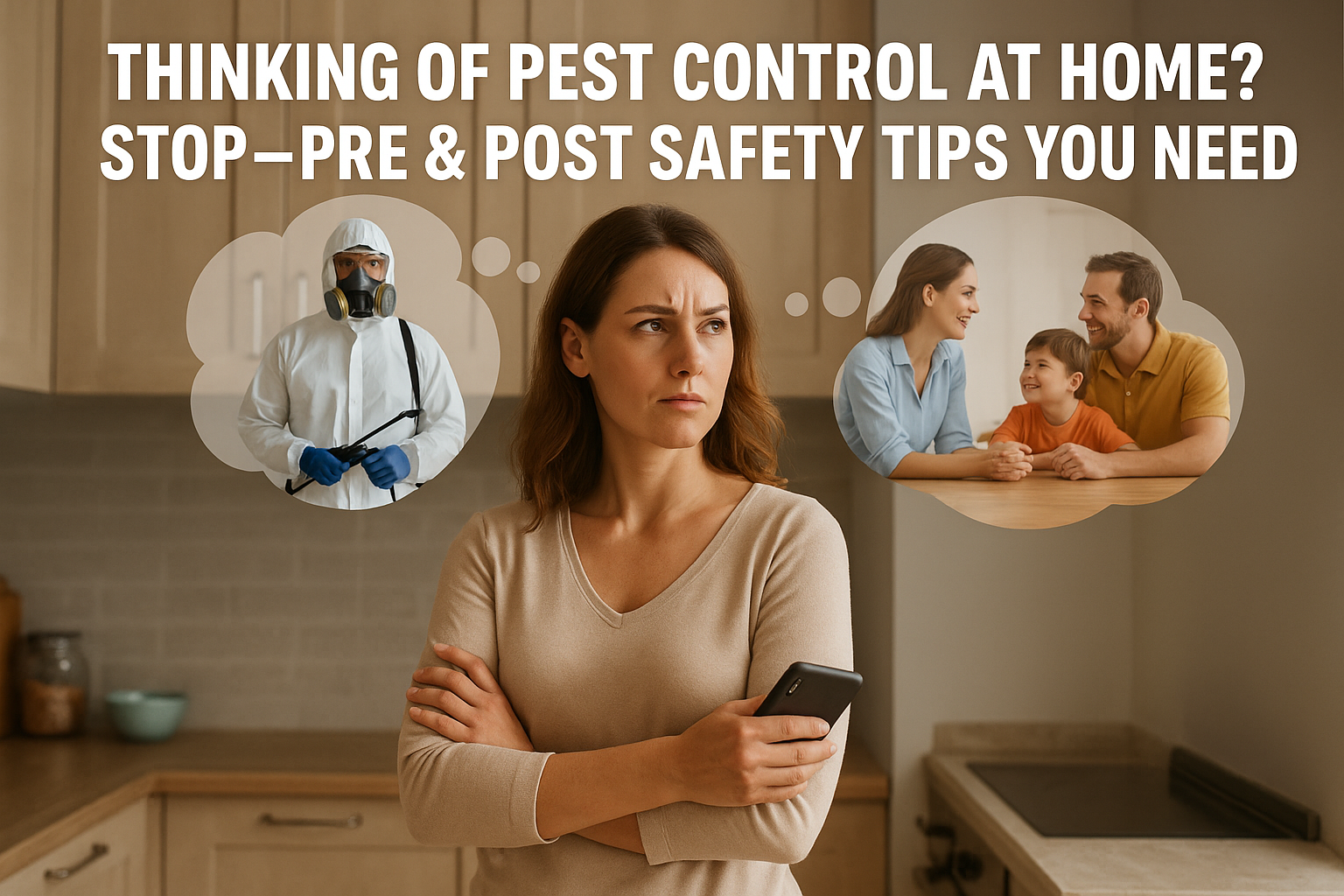



(0) Comments